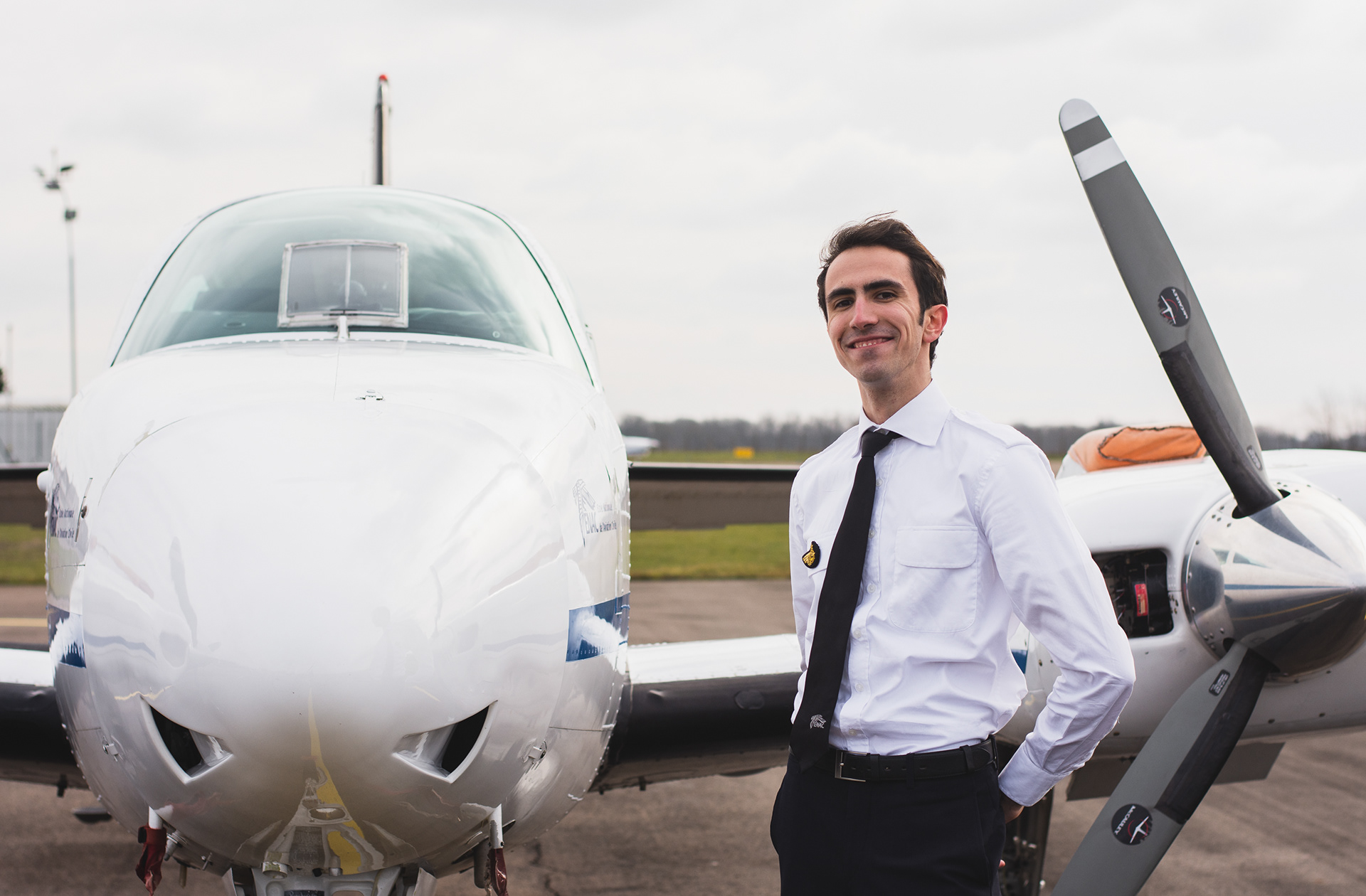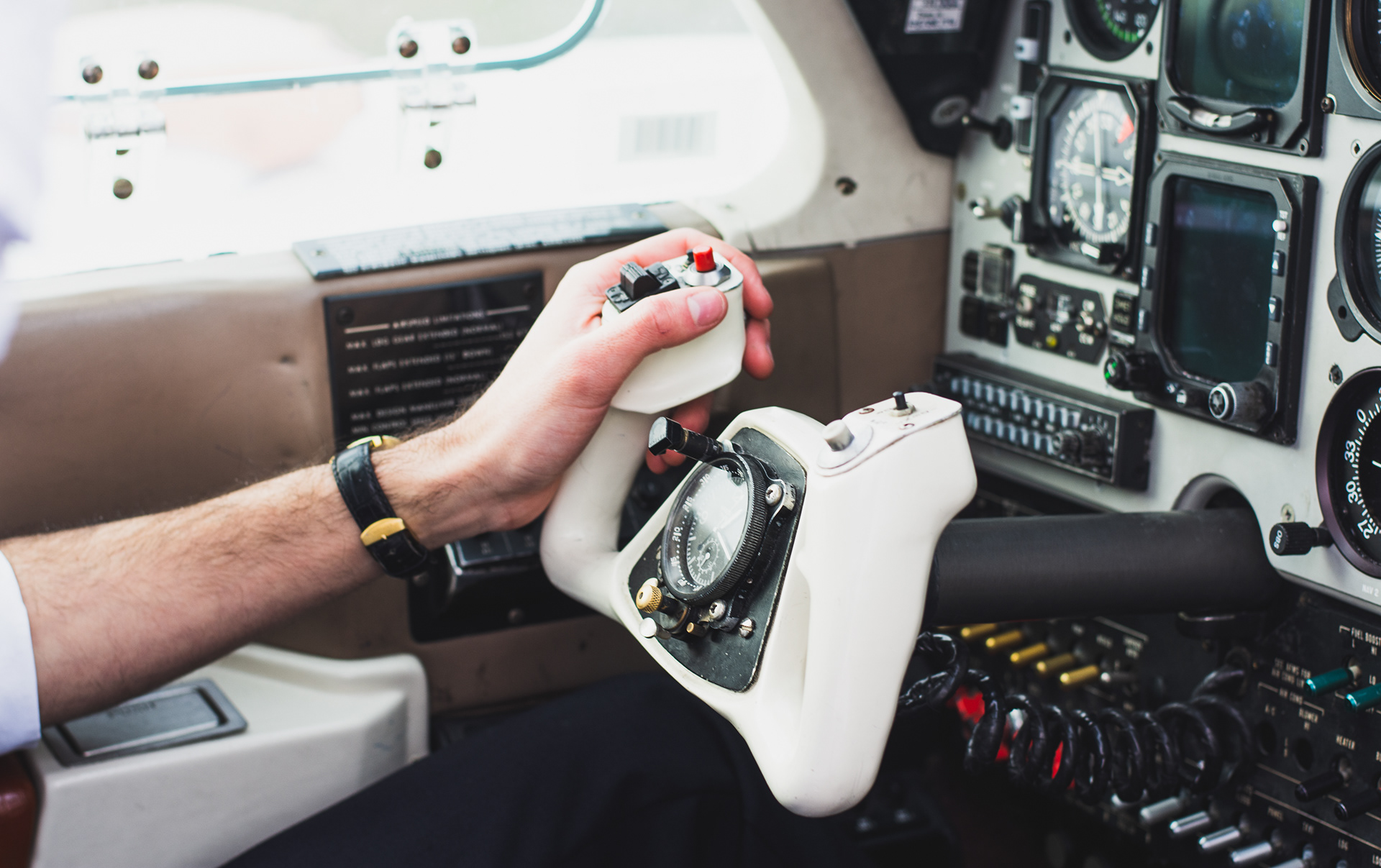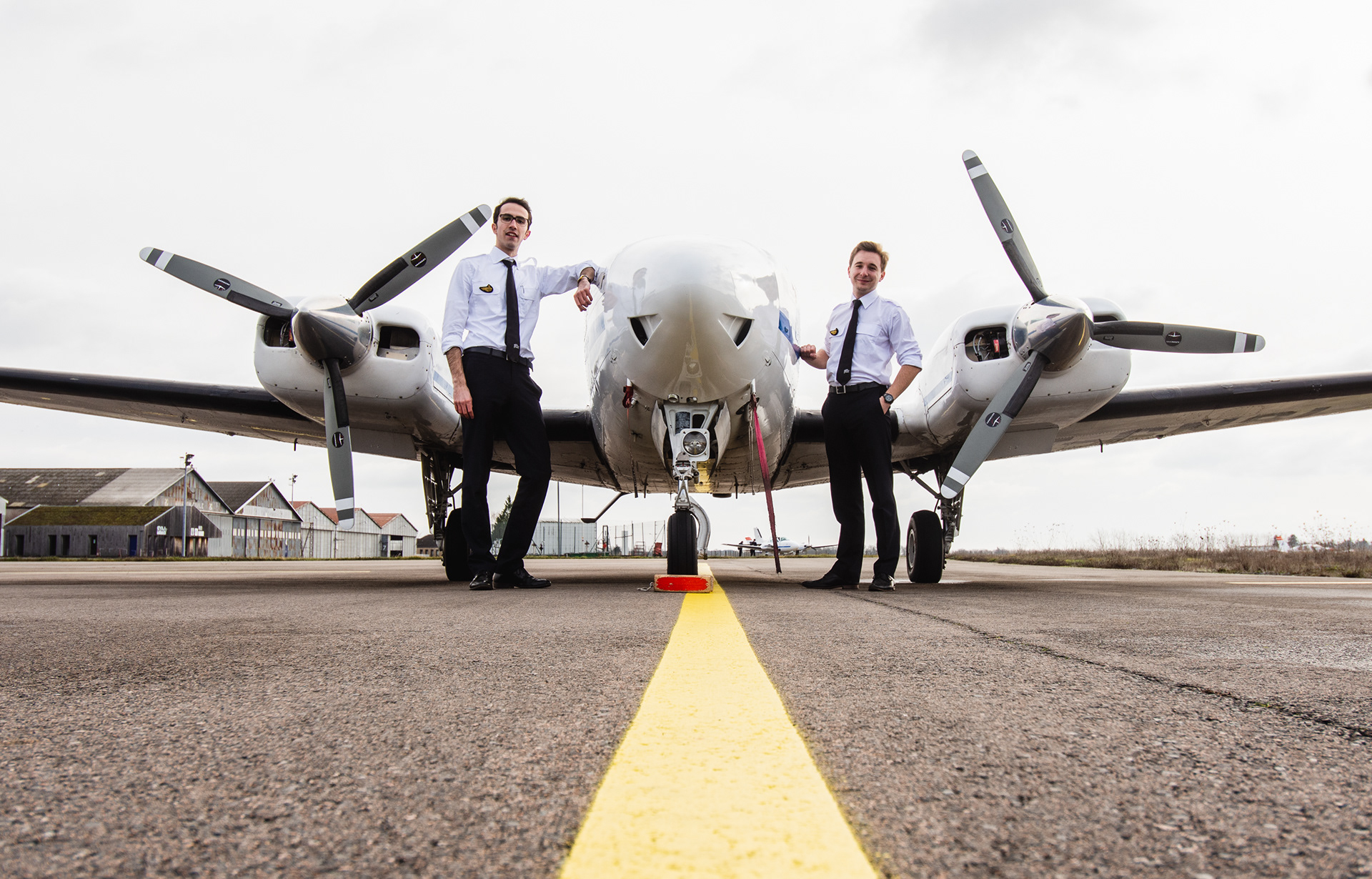ENAC
The following story is about my journey through the flight training at the French University of Civil Aviation - ENAC.
I entered the pilot programme at ENAC, the french university of civil aviation, in October 2016. We passed all 14 exams of the ATPL during 9 months. Then, in June 2017, together with three other friends from my year, Valentin, Maëlys and Léana, we moved to Montpellier in order to start the practical part of the training.
maneuvering
In Montpellier, we discovered our first airplane, the Socata TB20 Trinidad. The TB20 is quite a powerful airplane, with its 250hp engine it was quite a surprise when I pulled the Yoke, the plane took to the skies like a rocket. Since we were all coming from really small planes or gliders, we were quite amazed by all the systems of the TB20. Especially the G500 was at the beginning an constant distraction in VFR. But it became really handy when flying IFR later on.
Once you get the hang of the TB20, it becomes a growing pleasure to fly, the more you fly it, the more you love it. The ergonomics of the TB20 make it so comfortable to soar through the air. You can control the roll with such precise inputs that it becomes just pleasure to move the plane around its axis, embracing the dimensions offered by the sky.
VFR navigation & IF
After two months of flying the TB20 in all kinds of configurations and situations, we started to fly navigation flights and in the mean time, we did five flights of maneuvering without visual references called "IF" (Instrument Flying). It was a certain introduction to the IFR flights that we started later in January. The aim of this course was to be able to control the plane if unintentionally entering IMC . Basically we conducted the flight under IFR. Usually we would took off from the secondary runway in Montpellier, then we'd follow a multi-directional departure to join an axis and an altitude portion to maneuver. After 45mins of maneuvering we'd be vectored by the ATC to join Montpellier's ILS or VOR approach.
One of these flights will forever stick in my mind. I remember waking up at 05:50, like the rest of the past month, I looked through the window of my room and even if it was dark outside I could clearly see that the weather was a gloomy fog flooding my street as the rest of the city of Montpellier. That day we were supposed to fly a VFR navigation flight and the weather was announcing some long hours of waiting for the fog to leave Montpellier.
When I arrived to the airport we agreed with our instructor that it could be great to embrace this weather as an opportunity to do one of the five IMC maneuvering flights. We did the pre-flight inspection in the cold sticky fog. The fog was arriving from the sea and the ceiling stayed below the ILS' decision altitude (200ft) for another hour, so we couldn't even hope to return back to Montpellier.
When the fog finally decided to rise above our minima, we jumped in the loyal F-GMQF. Valentin was flying the first flight of the day and I was backseating his flight. I was trying to find a comfortable position in the back of the F-QF between our bags and my sweater, meanwhile Valentin was writing down an overcast at 600ft from the ATIS. After an efficient departure briefing and the startup, Valentin called ground on 121,950
"ENAC School 672, request taxi holding point T1, runway 30R"
During the taxi I took out my camera from my bag, I wanted to capture the incredible atmosphere floating on the airport of Montpellier created by the low clouds.
Once we arrived to the holding point, Valentin briefed once again the departure with our instructor.
"ENAC school 672, holding point T1, ready for departure"
"ENAC school 672, runway 30R, cleared for take-off"
Valentin pushed the throttle forward... "parameters checked" our mighty TB20 accelerated on the runway's concrete "71... Rotate!" 300ft later we were entering the cloud layer, the 600ft of the ATIS were rather optimistic! Seconds later the clouds started to brighten up and suddenly they all disappeared to let a clear, infinite deep blue sky emerge above our heads. When I looked on the side I saw the orange wingtip either caressing or slicing the clouds. Our instructor whispered "A peine bandant...", Valentin on the left seat kept it simple with a "Roh Bordel!" (I let you look up the meanings in french). Two months after our first flight with the TB20, in September, we started the navigations under VFR. Our first navigation flight was between Montpellier and Carcassonne. During three months we flew across southern France. From big international airports such as Nice or Cannes to little landing strips such as Vinon or Villefranche, we landed in 39 different destinations. We really enjoyed the numerous flights that we conducted above the sea, flying eastbound from Montpellier. The Mediterranean coastline can be astonishing when seen from above.
We have really great memories from our flights to Le Castellet or Cannes. In VFR you have to stick to a 500ft - 700ft transit route along the coastline. You really start to feel the speed at this height, rocketing at 170kts (with a little tail wind), 500ft above the huge cargo ships arriving and departing from the industrial area around Marseille. At this height you can, see the swell or spot people in their backyards.
The video entitled NAVIGATIN' and the following pictures are a compilation of all those VFR navigations across France.
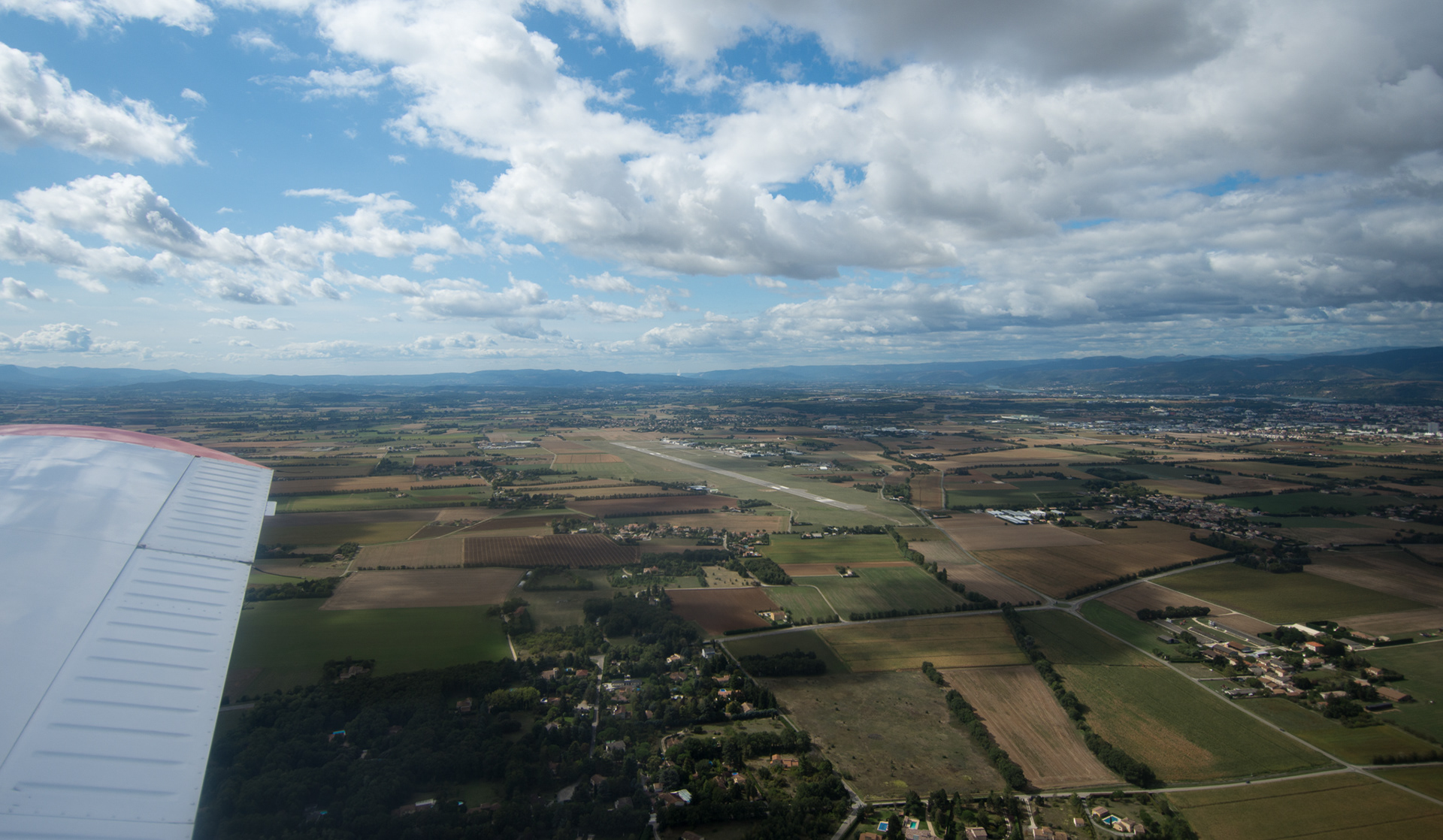
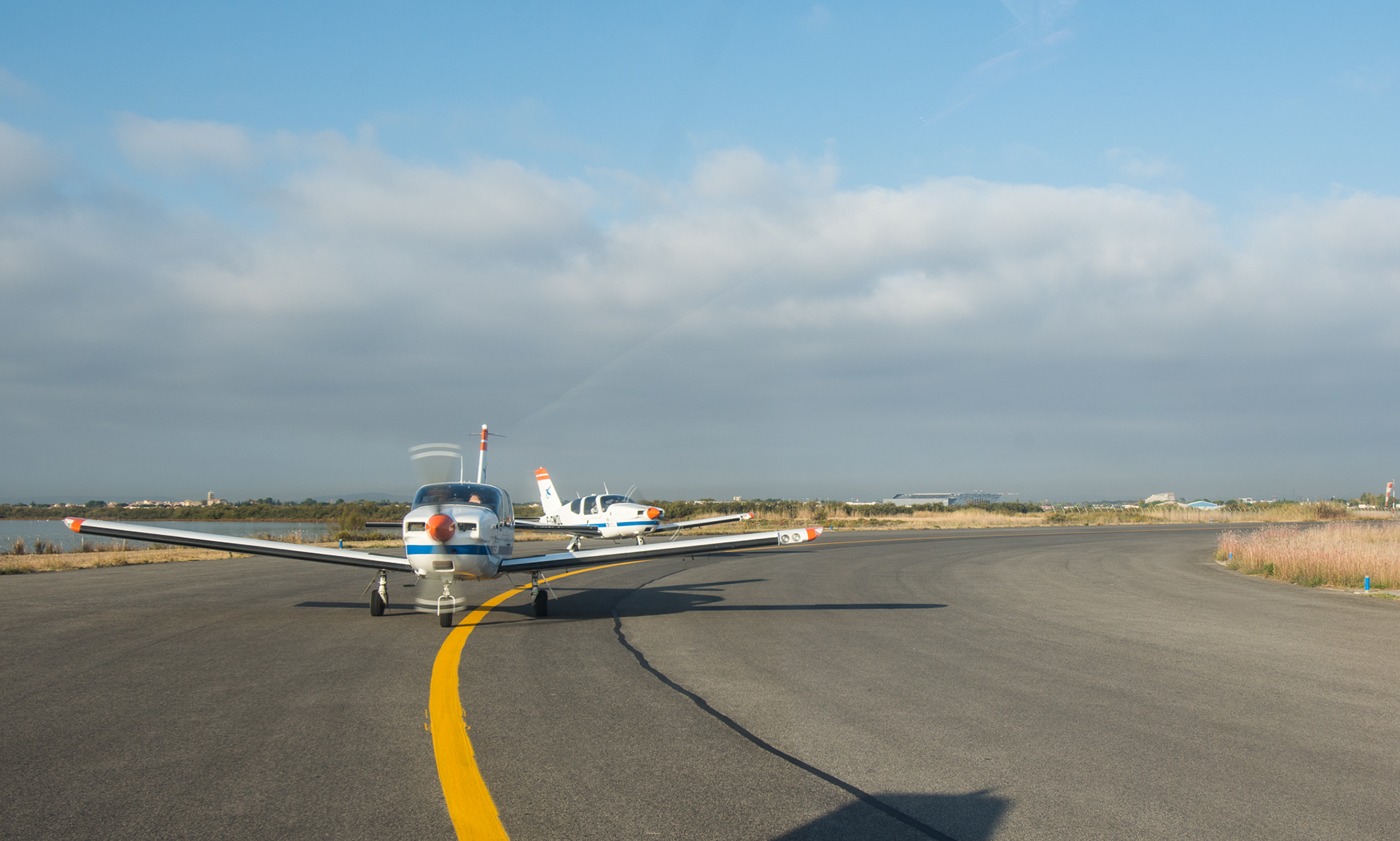
Holding point before entering runway 30R in Montpellier





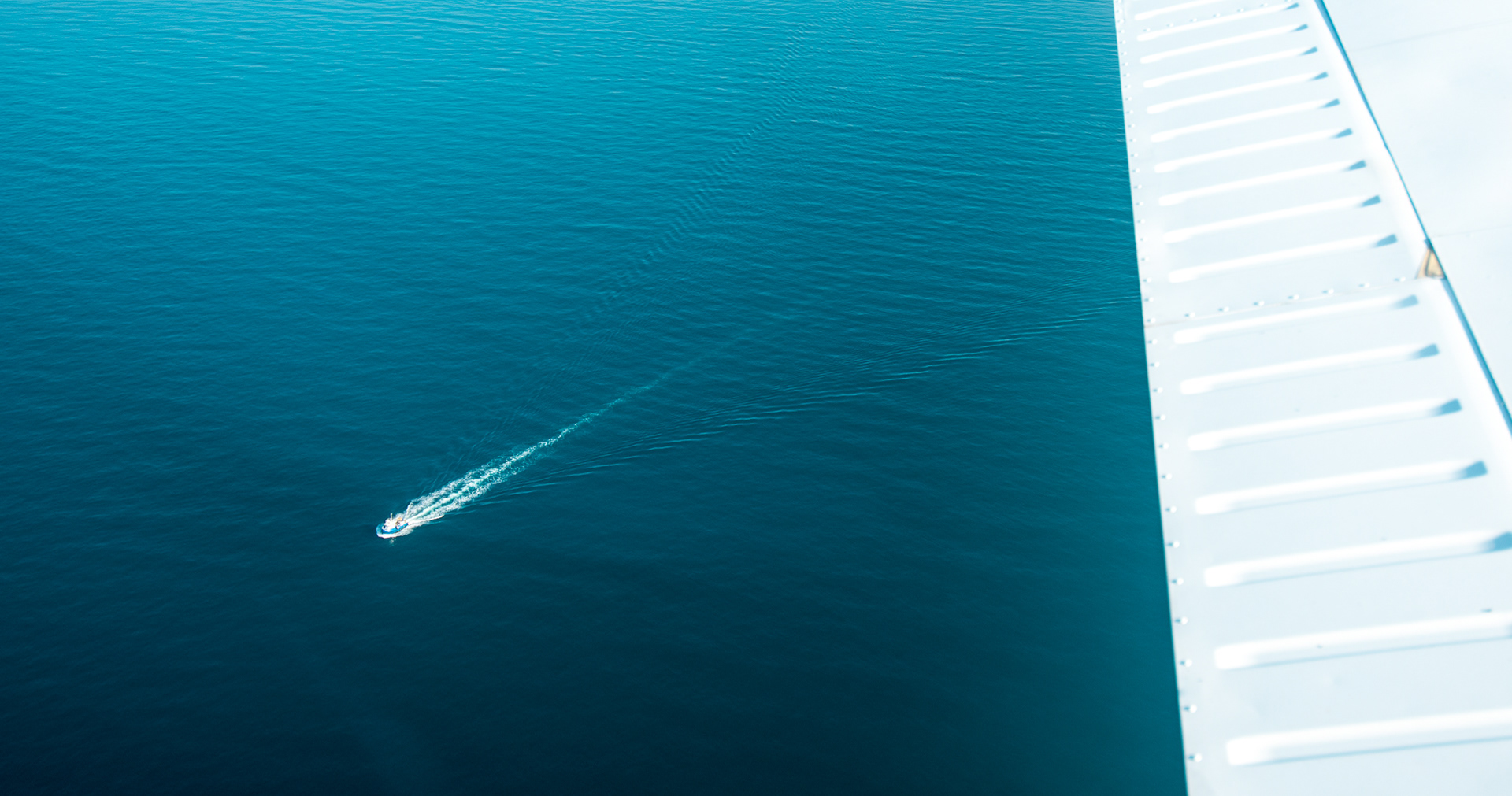
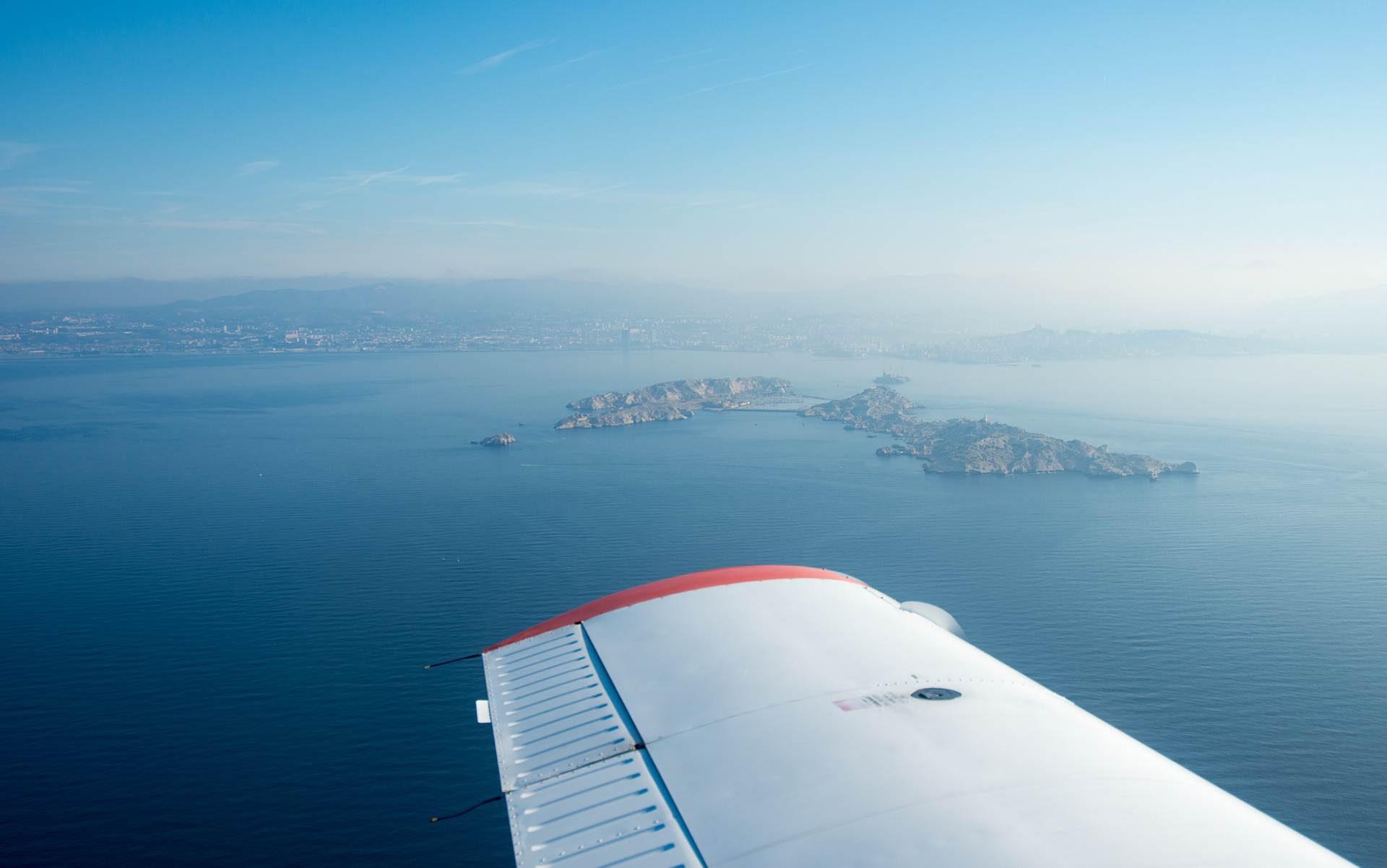
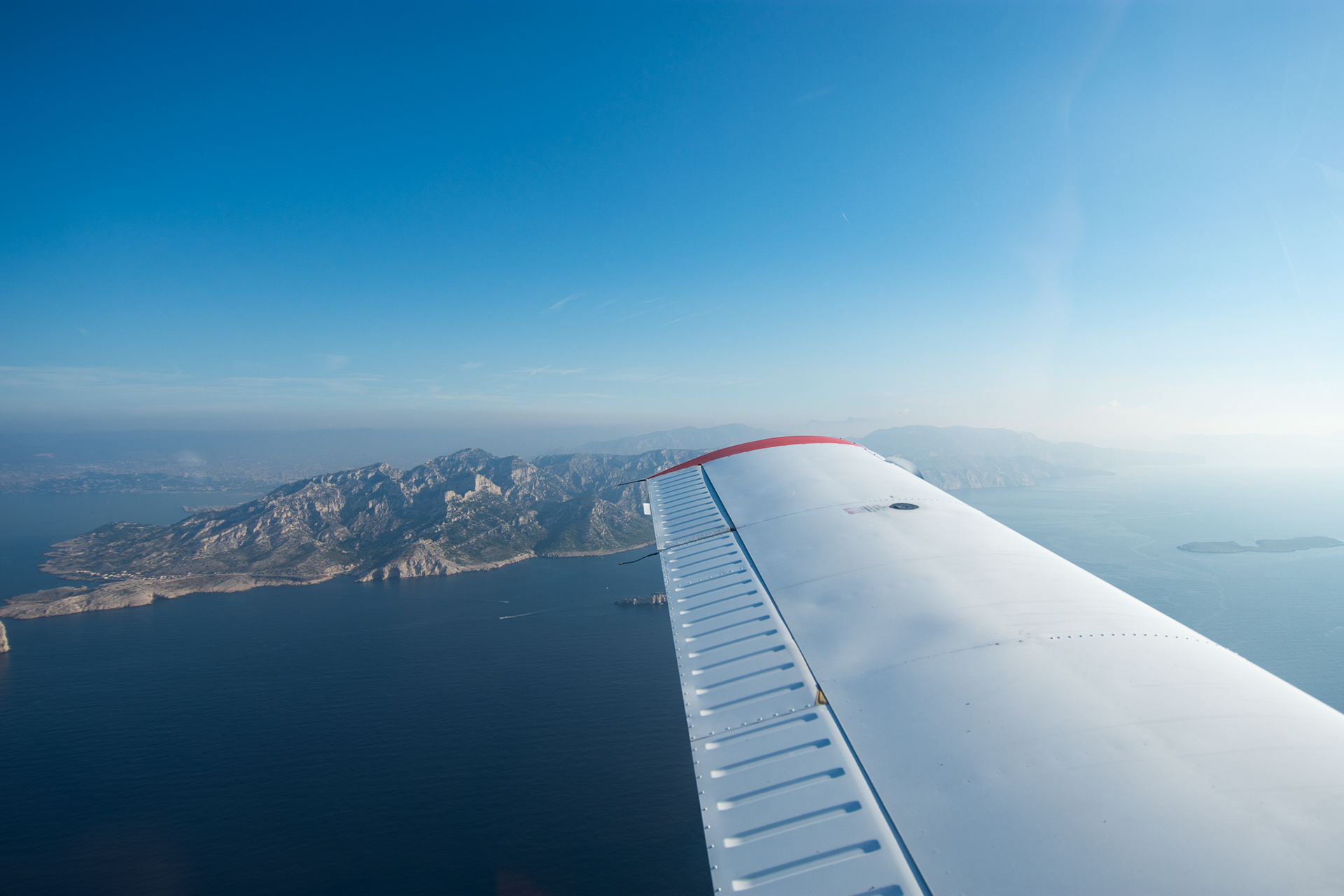



Final runway 04R in Nice

Nice
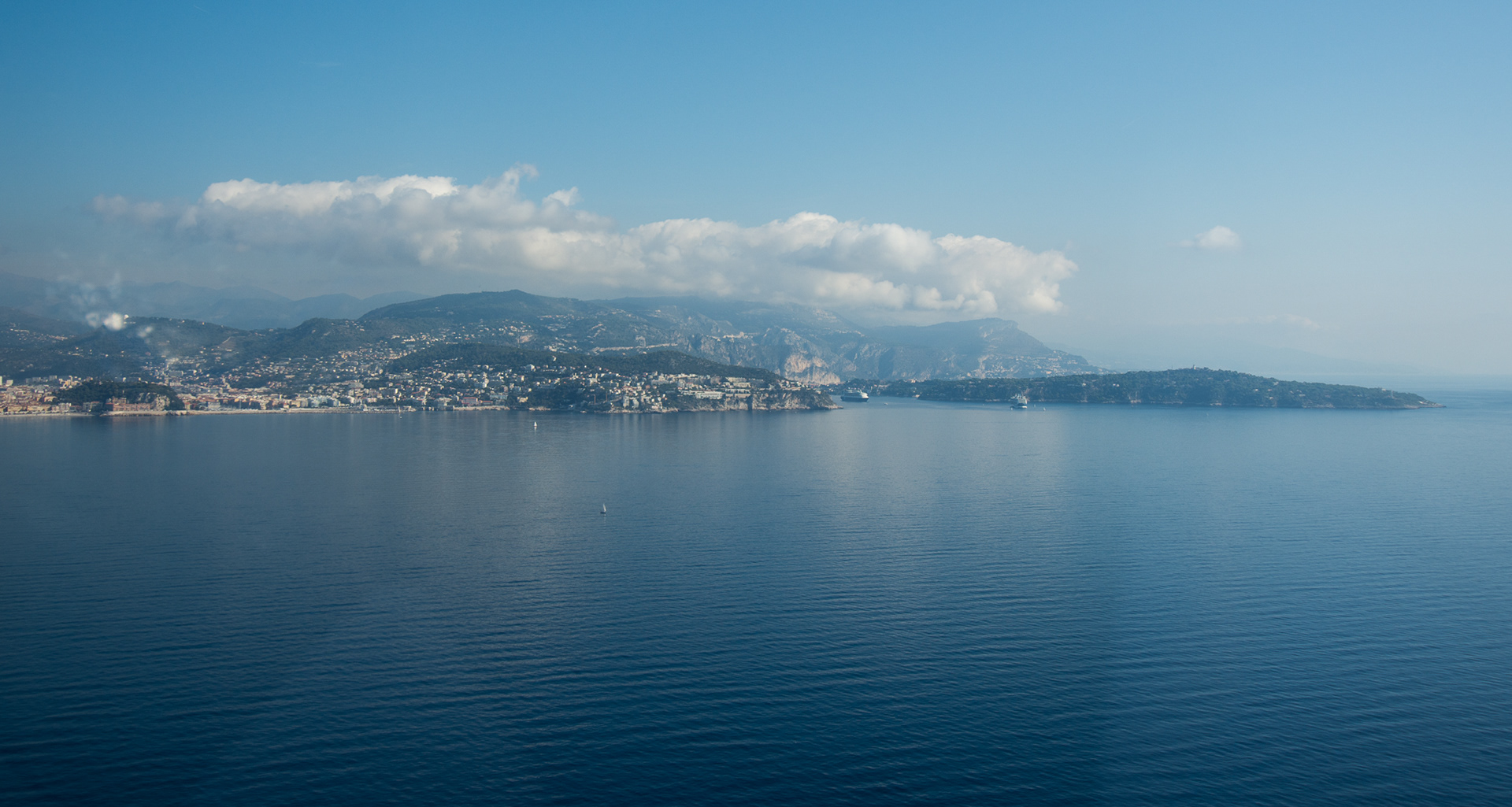
Nice
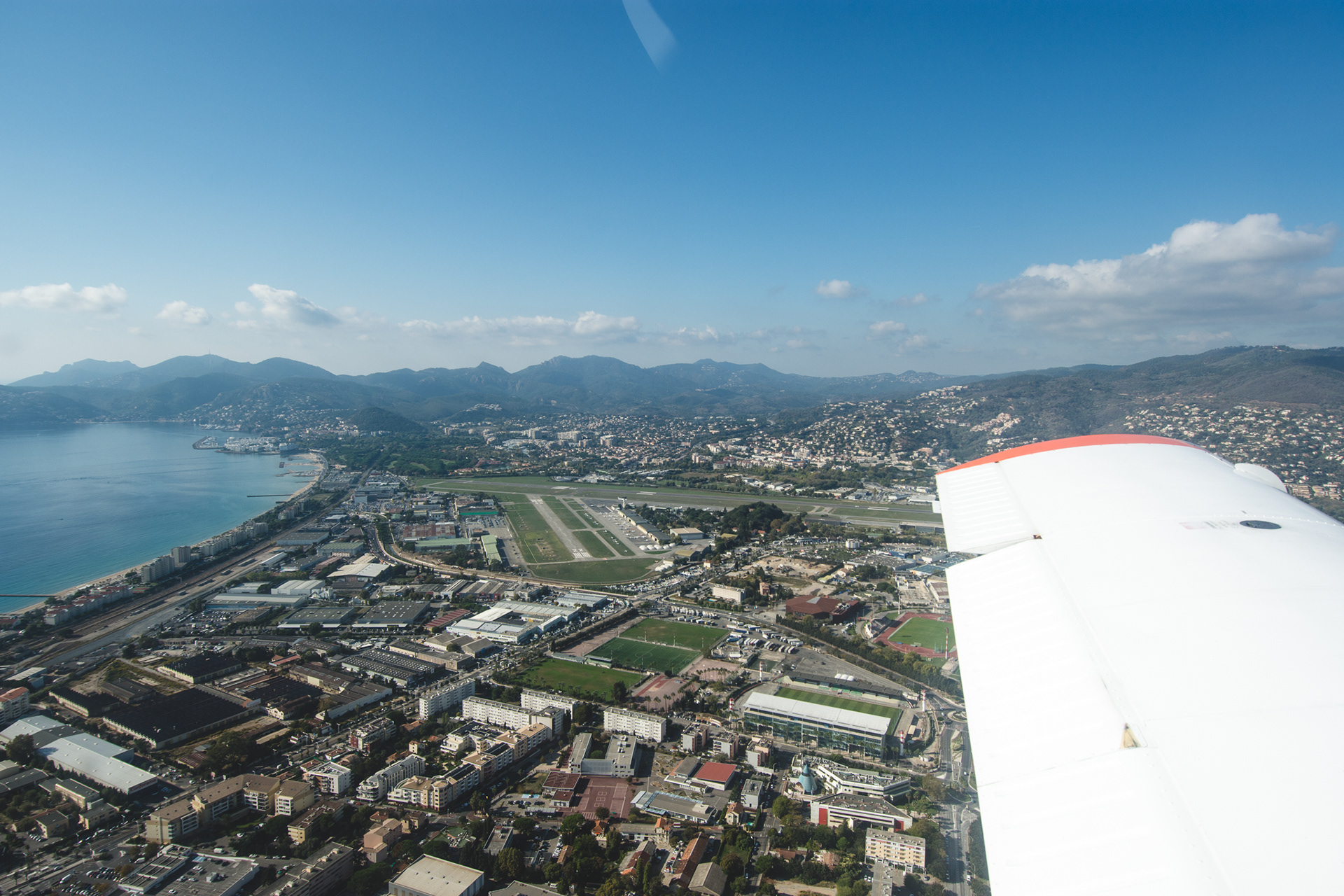
Cannes
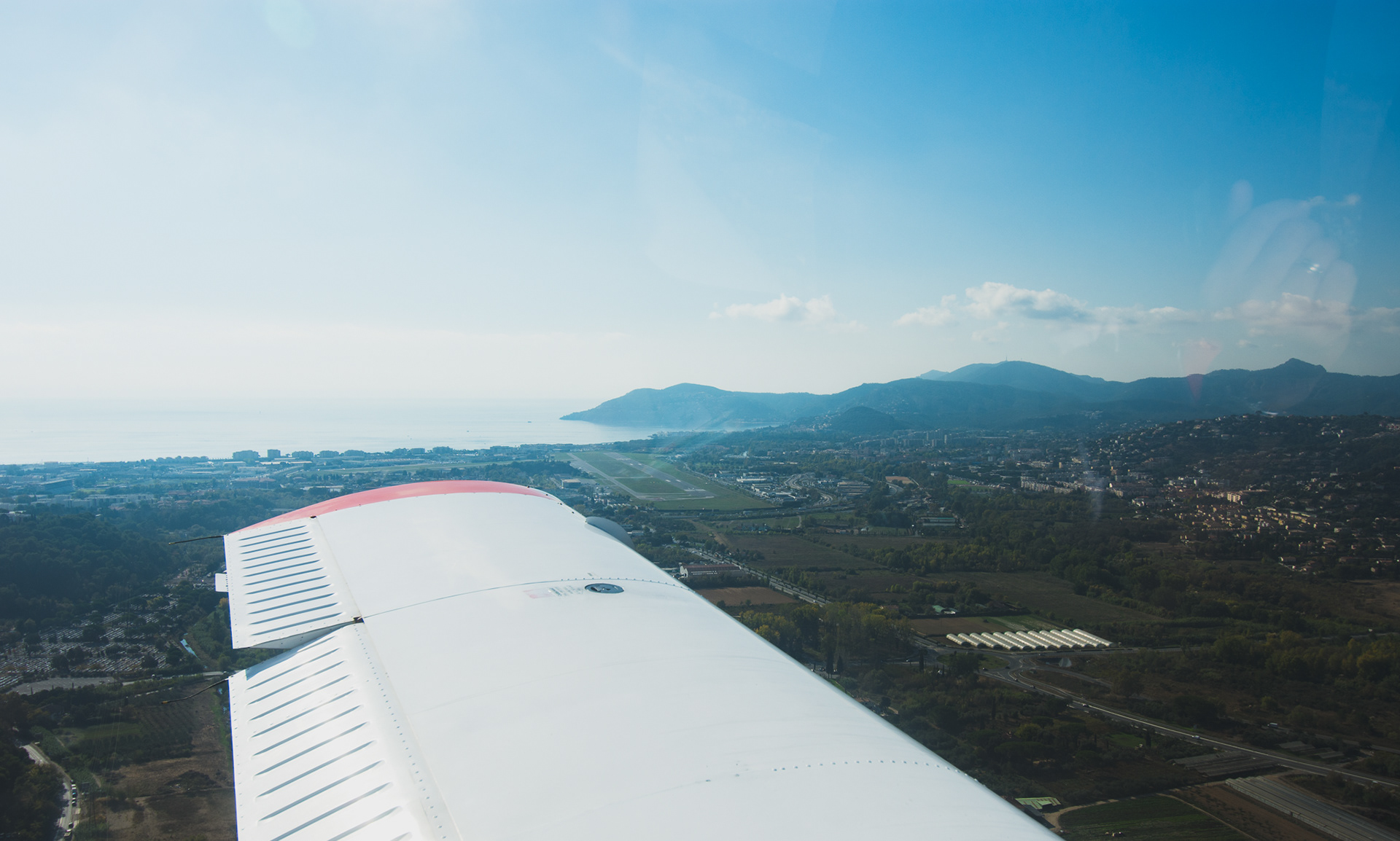
Base leg in Cannes


Cannes
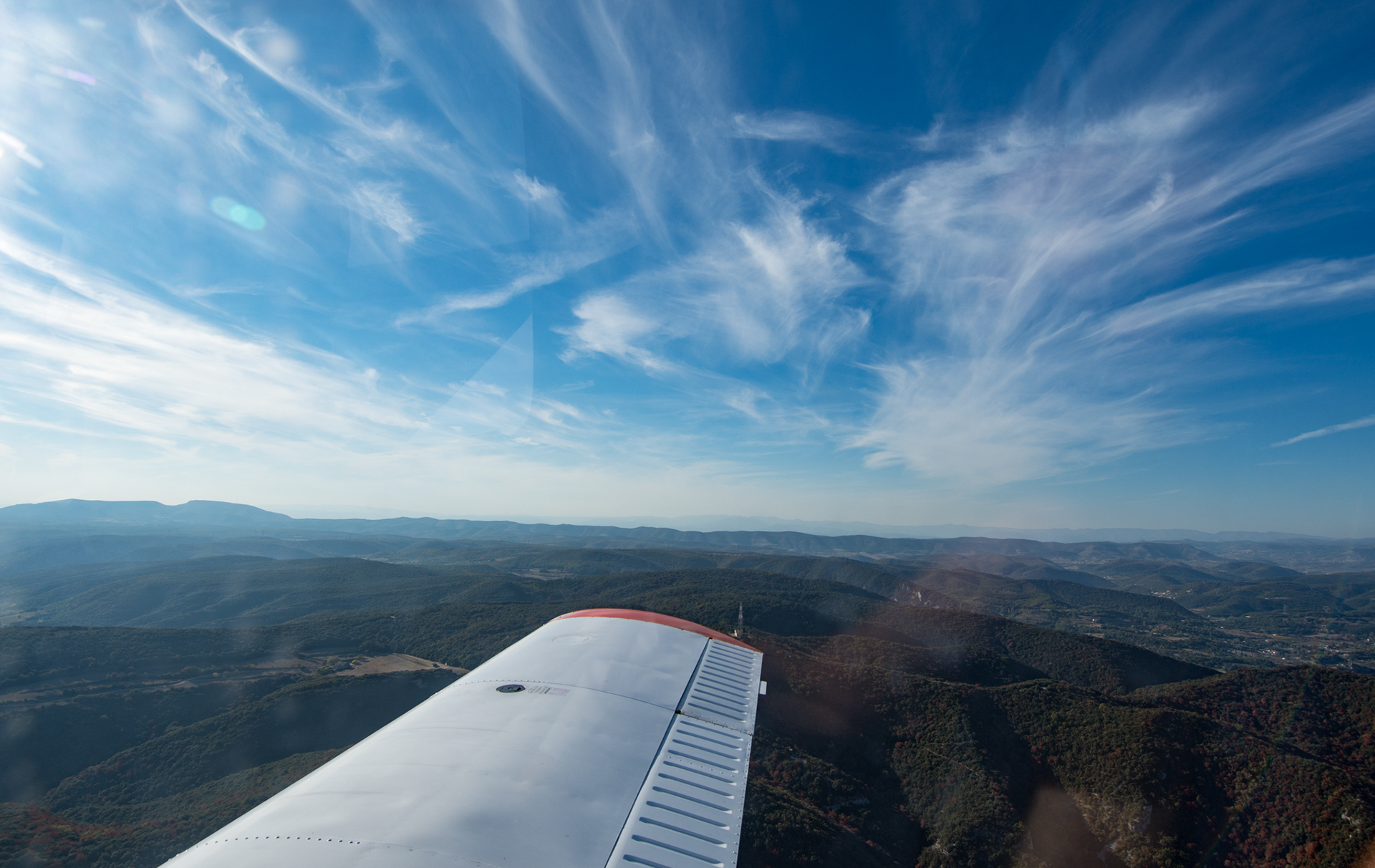

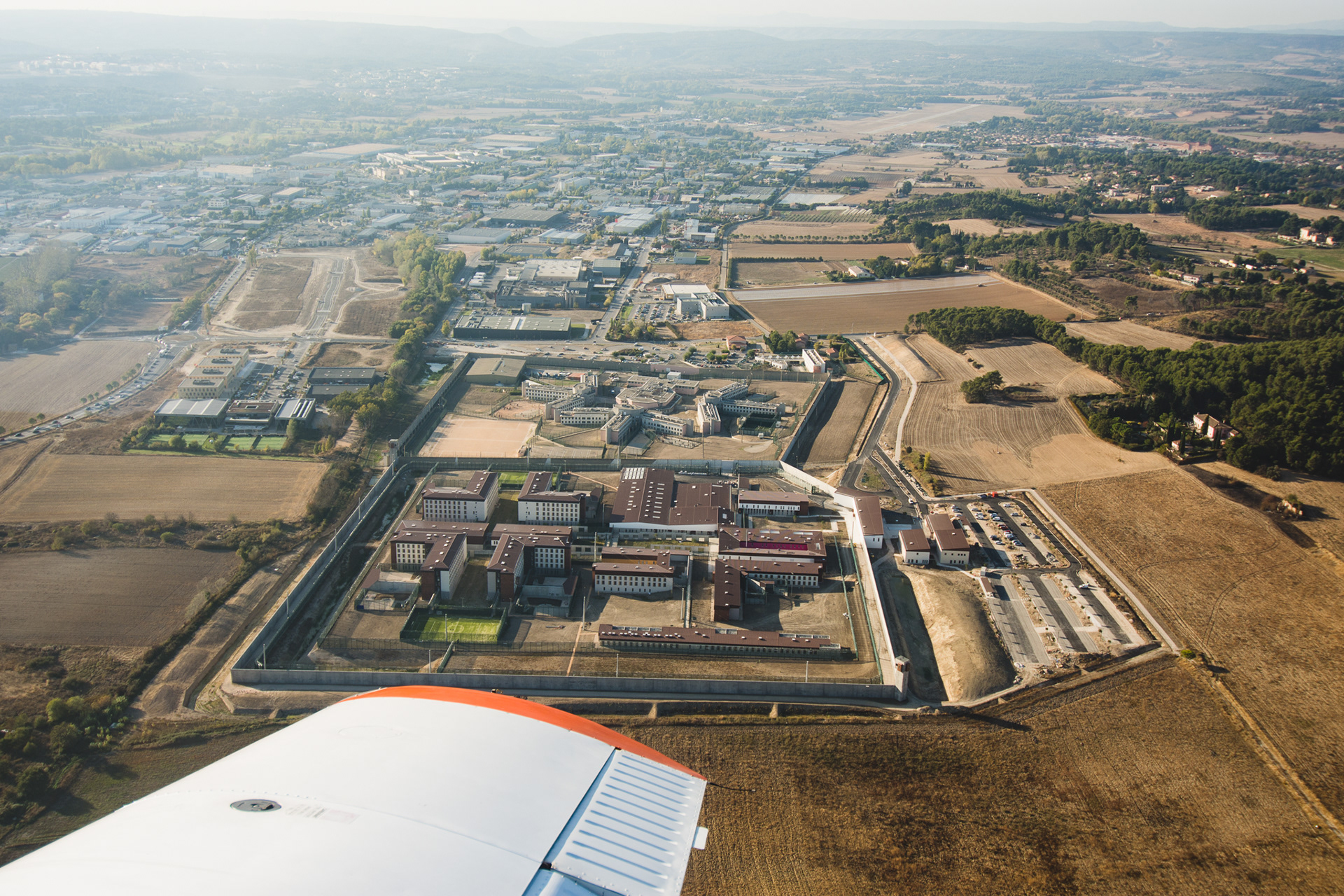
Aix en Provence

Marseille
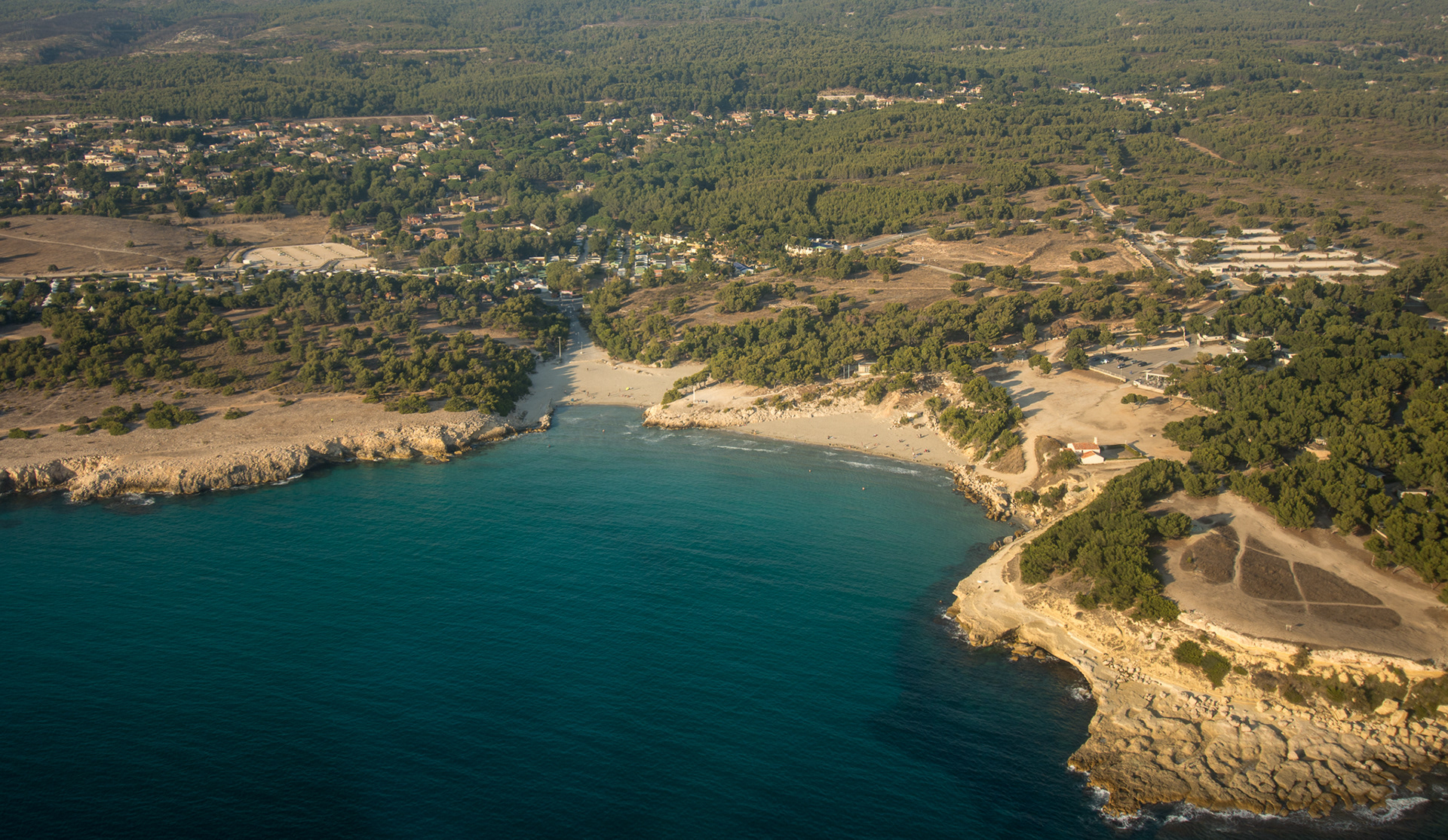
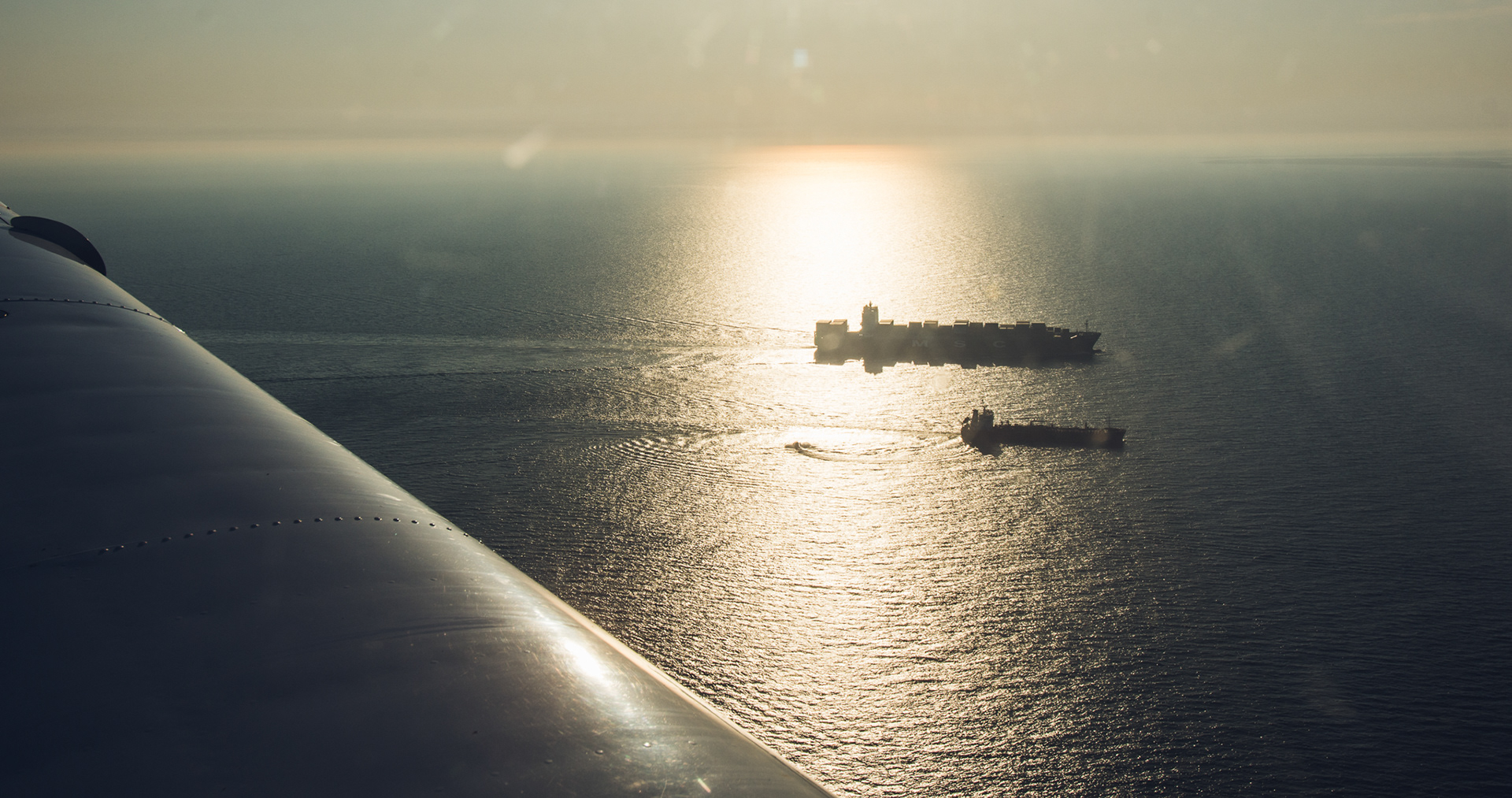
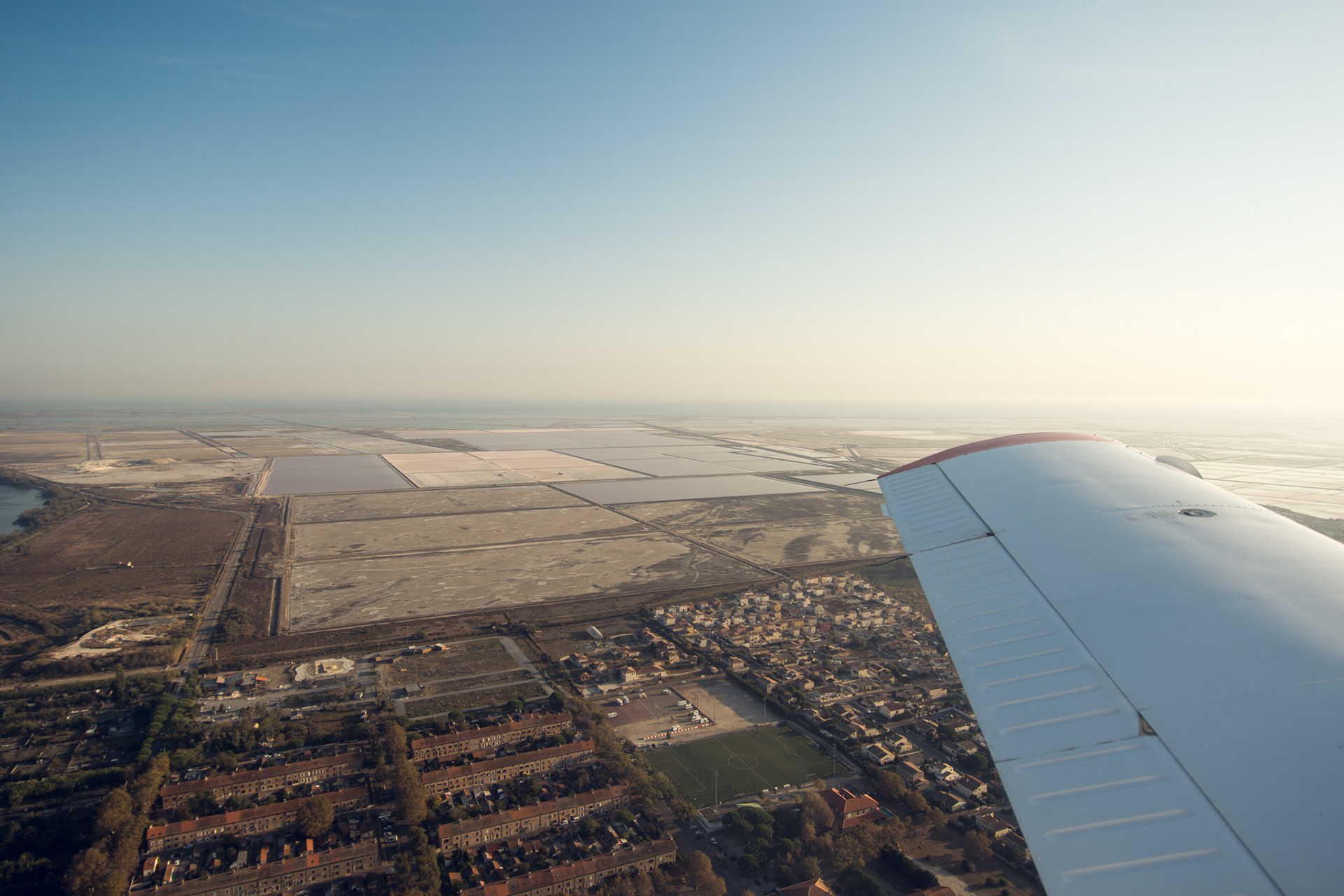
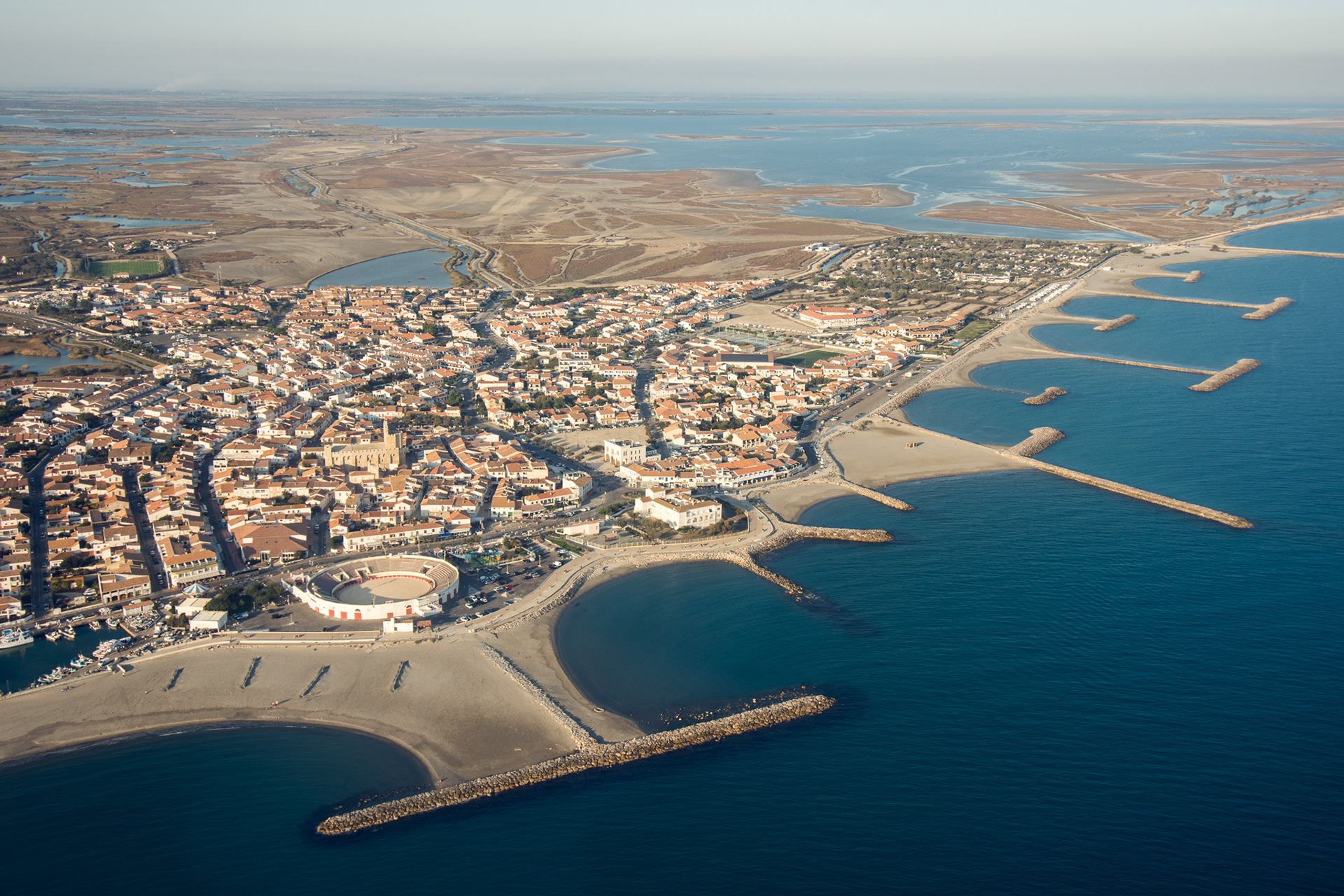
Sainte Marie de la mer


Final runway 30R in Montpellier

end of the day in Montpellier
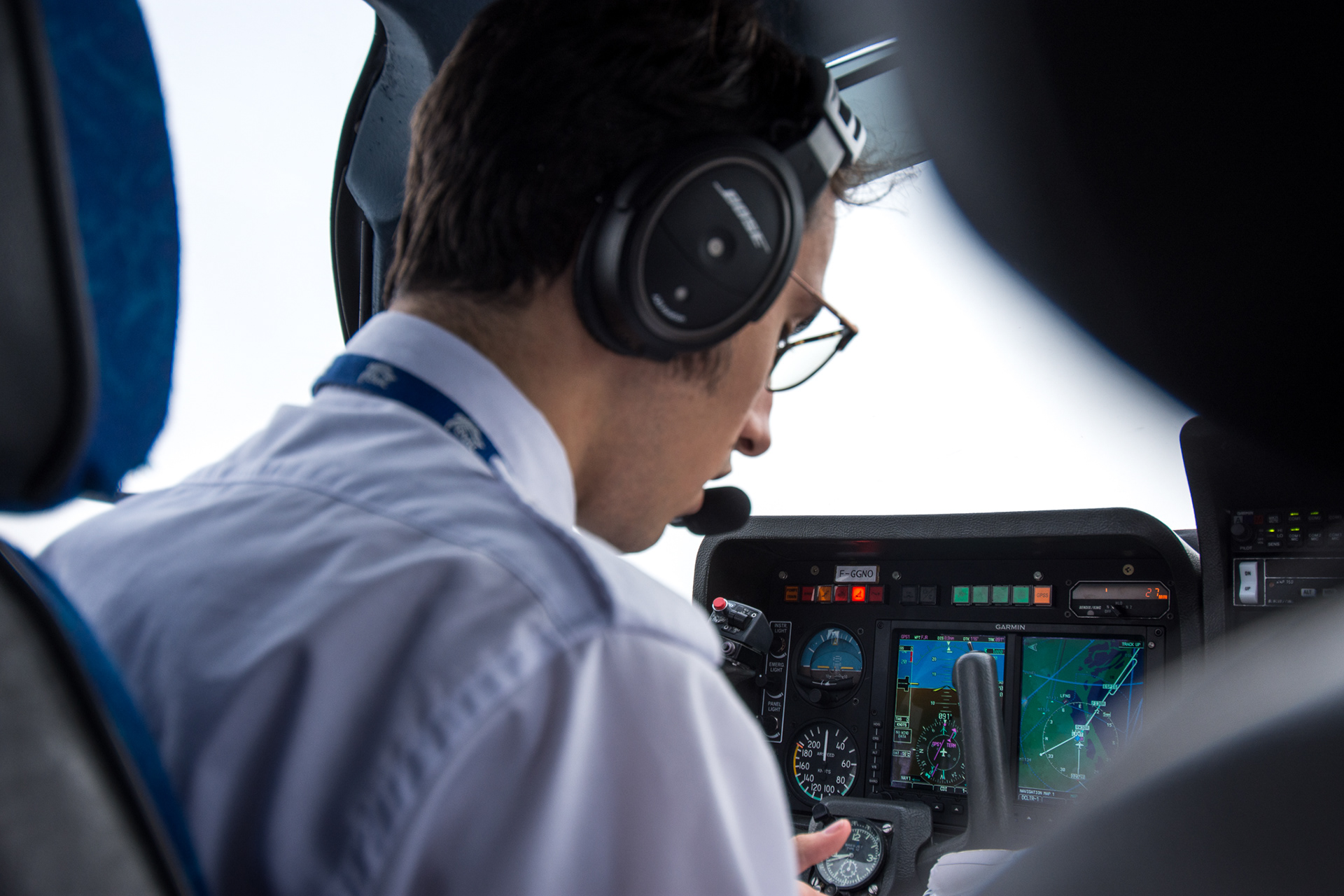
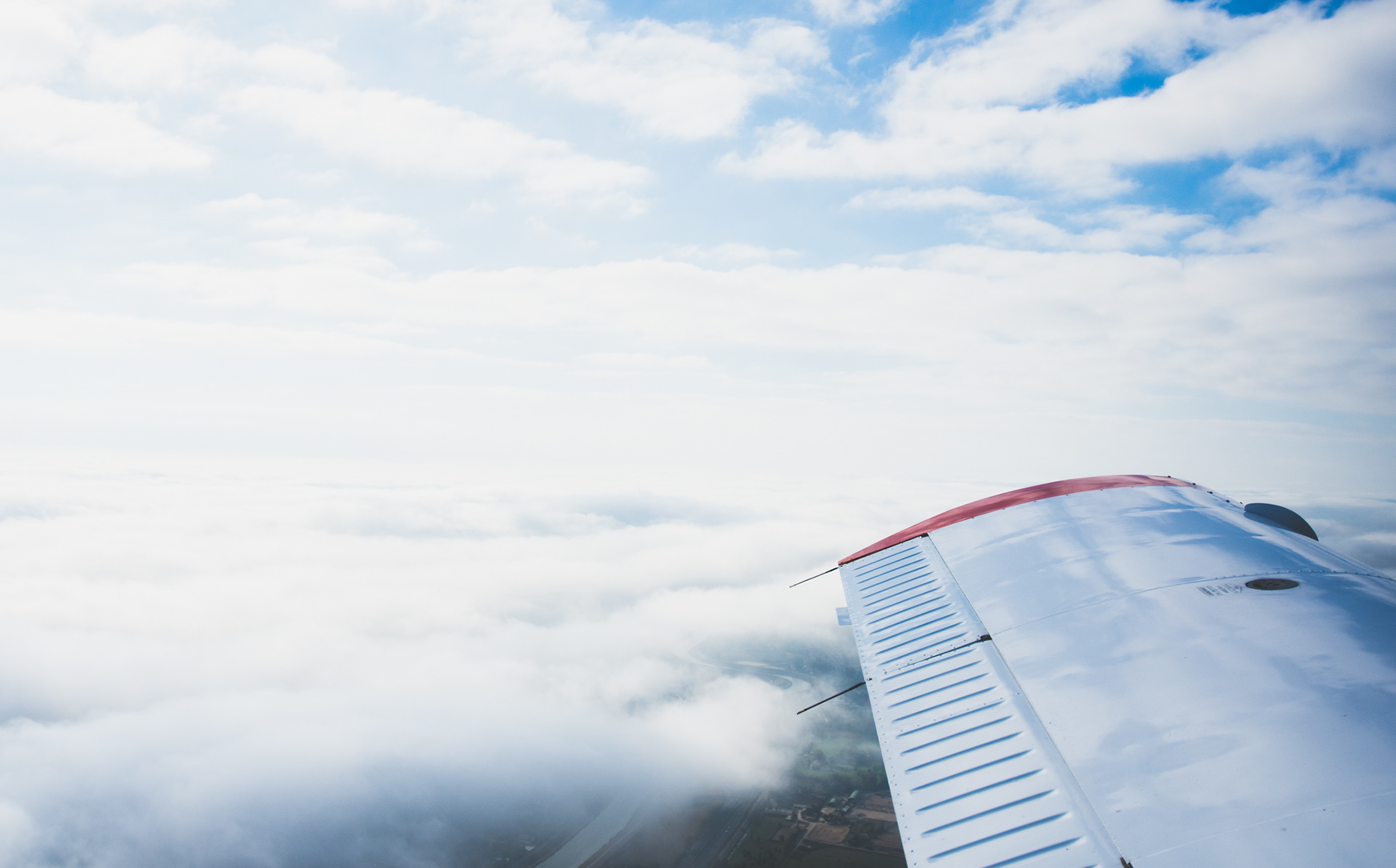
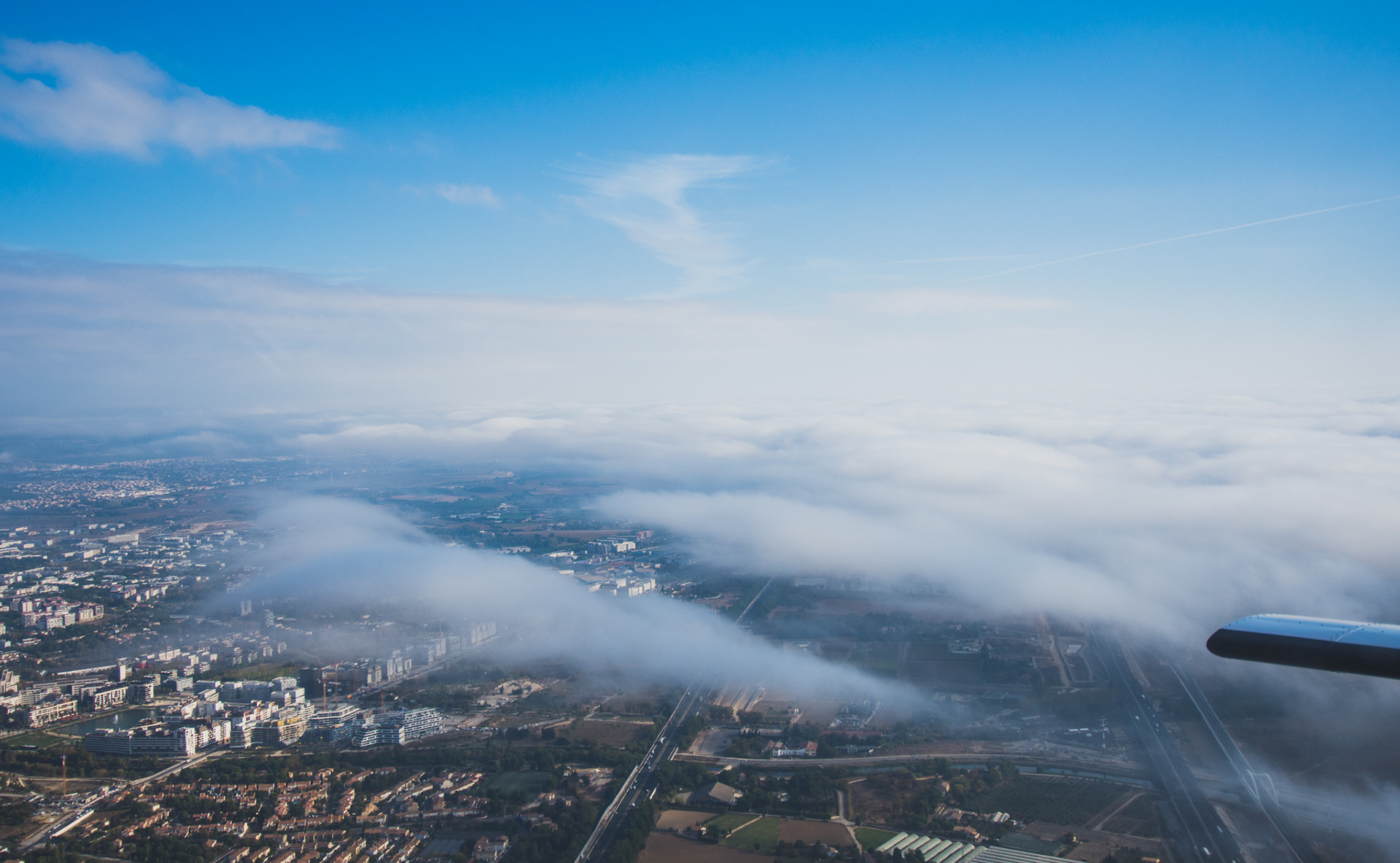
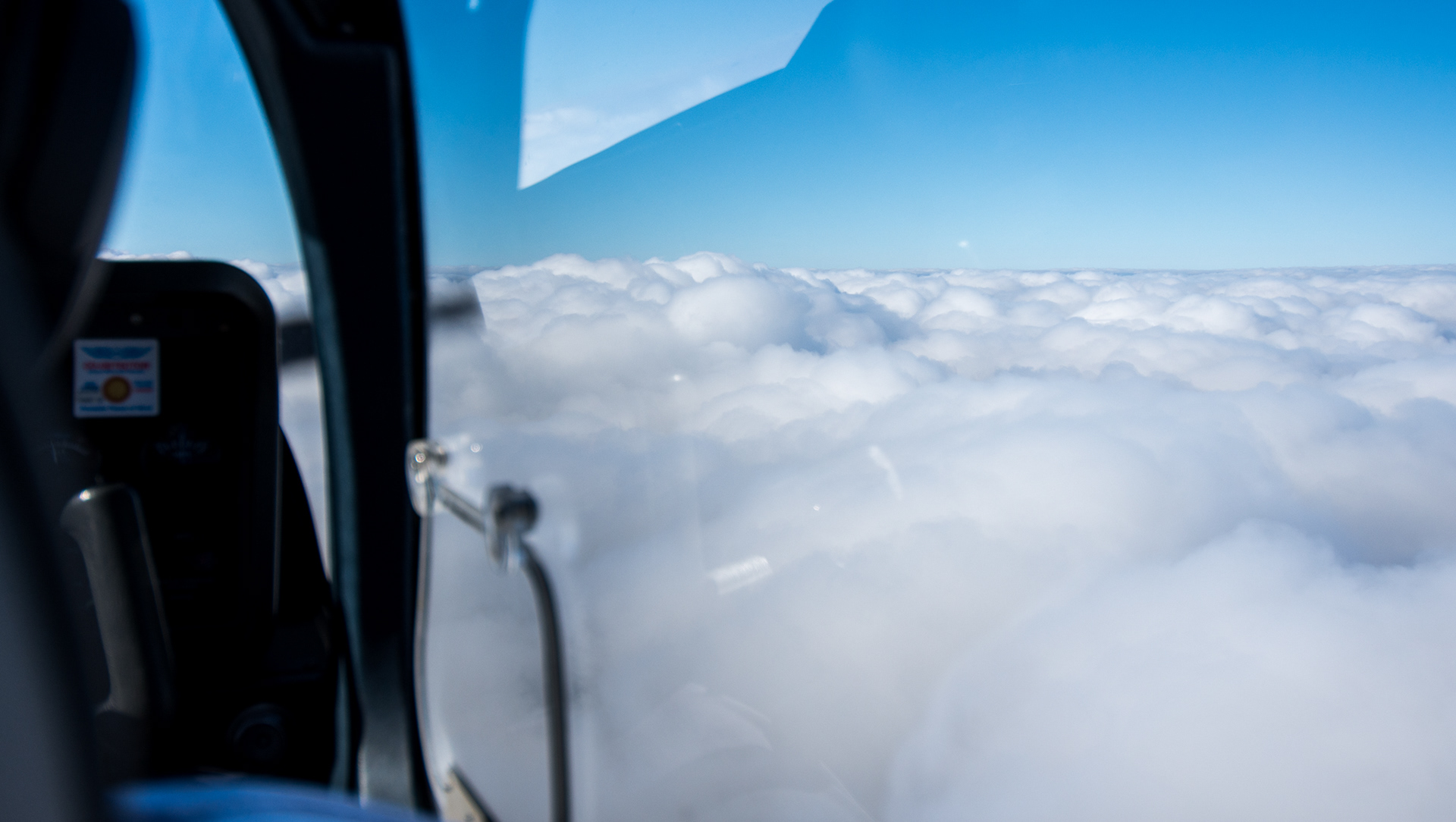

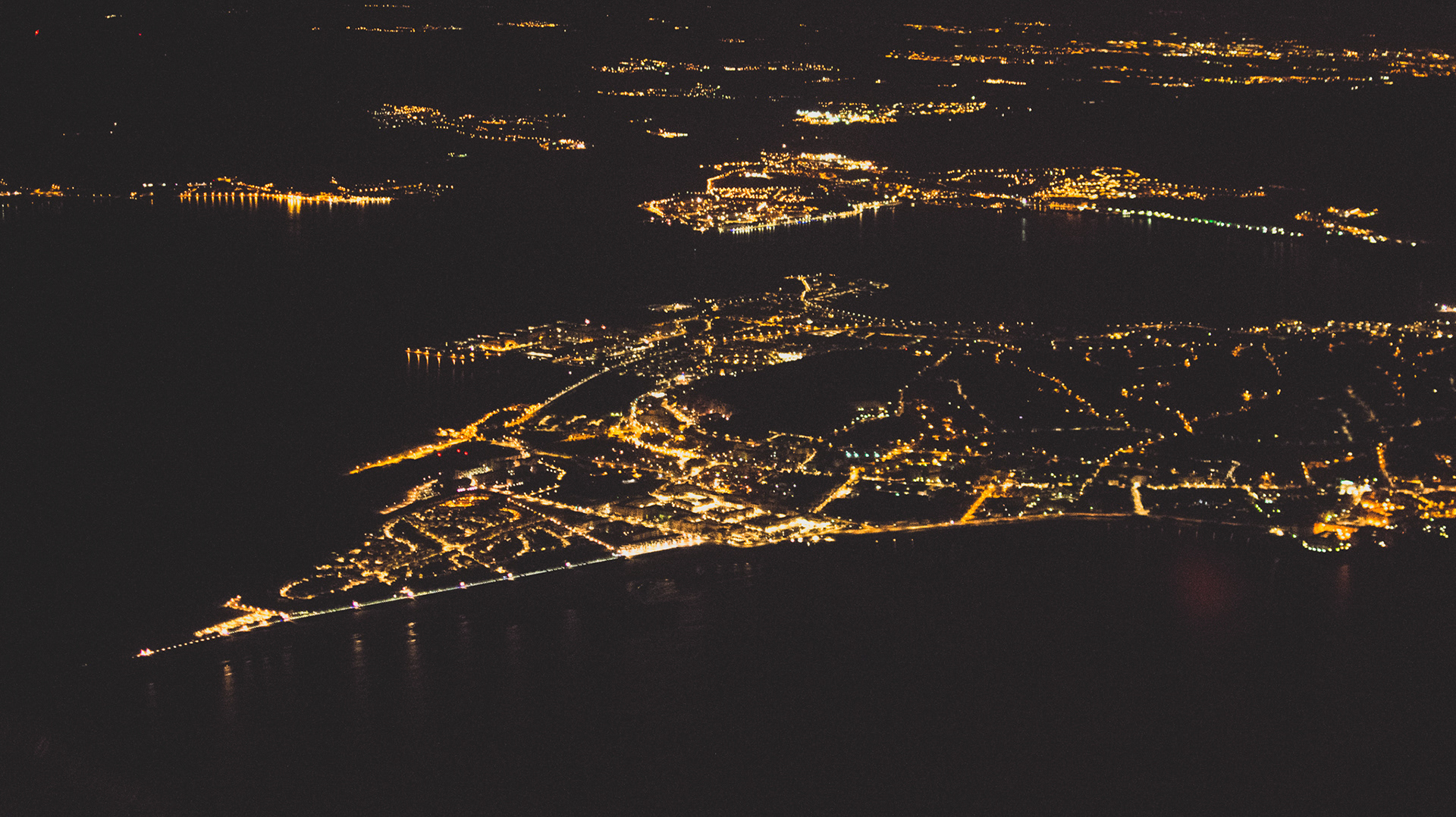
Night flying along the coastline

aerobatics
After passing the CPL in Montpellier we moved to Carcassonne for three weeks. We flew there 11 hours of upset prevention and recovery training with an introduction to aerobatics on a CAP-10 training airplane. This was like a reward for us after the effort we put out for the CPL. The rhythm was quite a relief after the all the navigations we had to prepare and fly. We had one hour of flying per day. Flying in Carcassonne remembered me of my aeroclub: we had to pull the plane out of the hangar in the morning, refuel the plane by ourselves, push it onto the parking. Unlike in Montpellier where everything was done for us, here it was quite nice and more human.

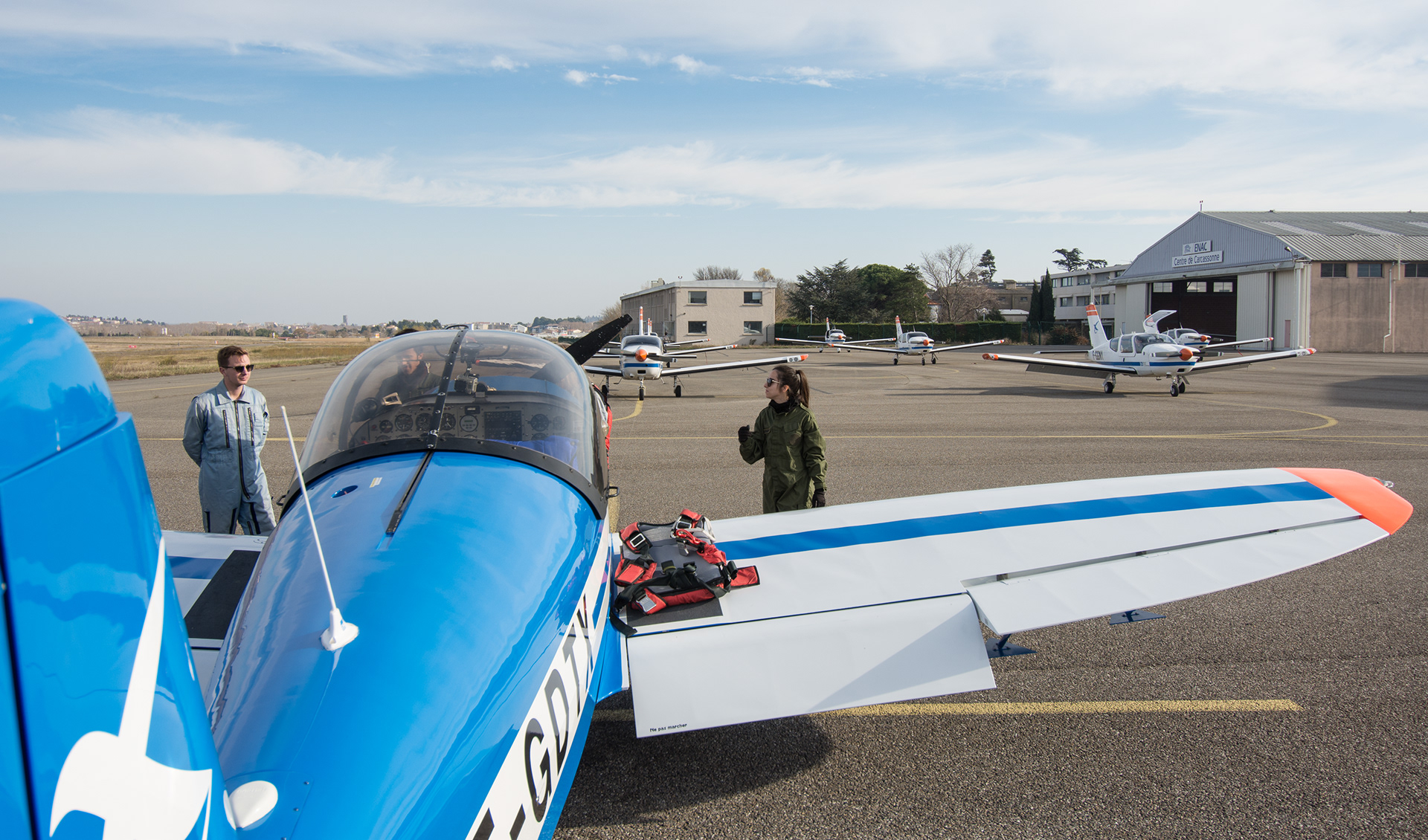
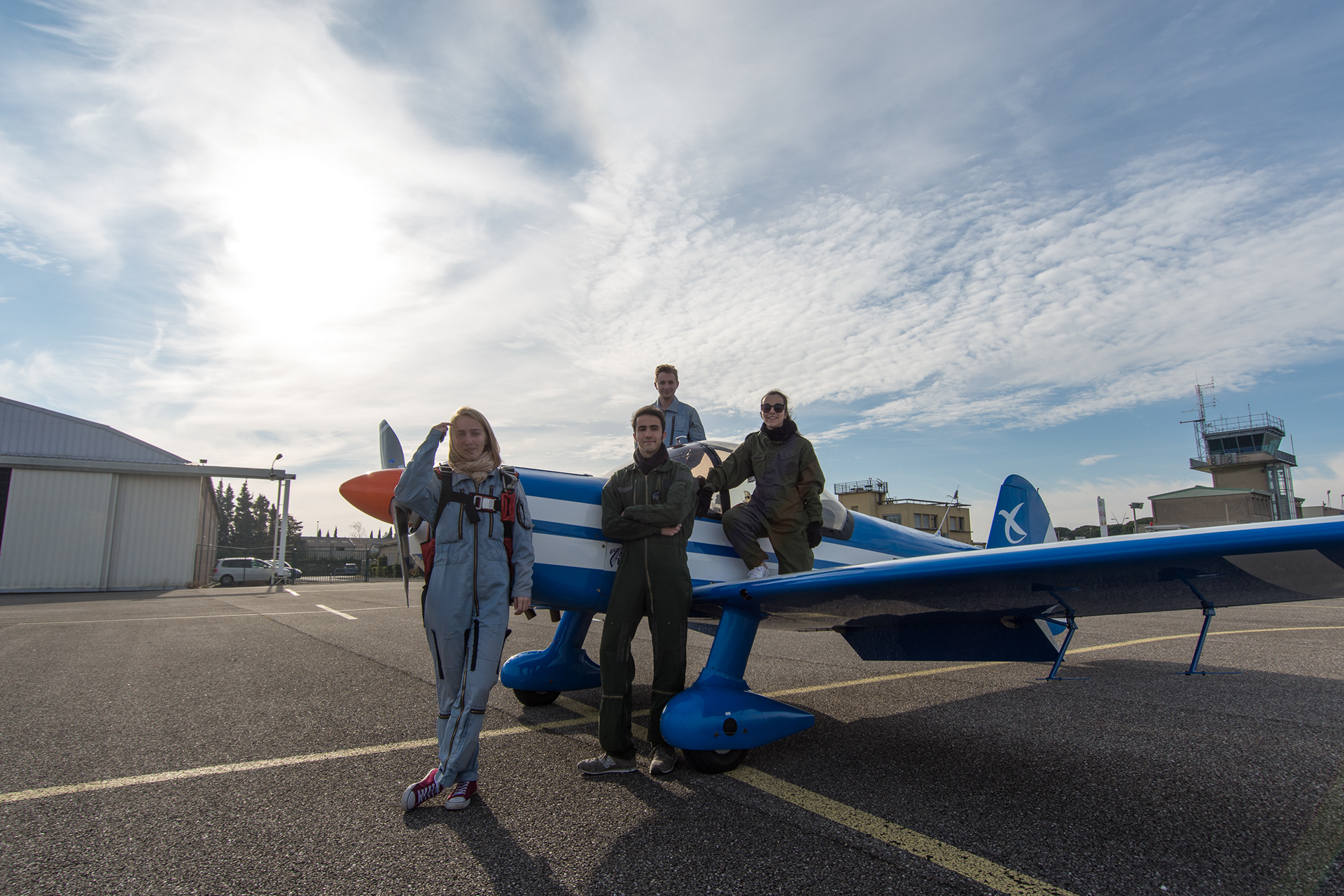
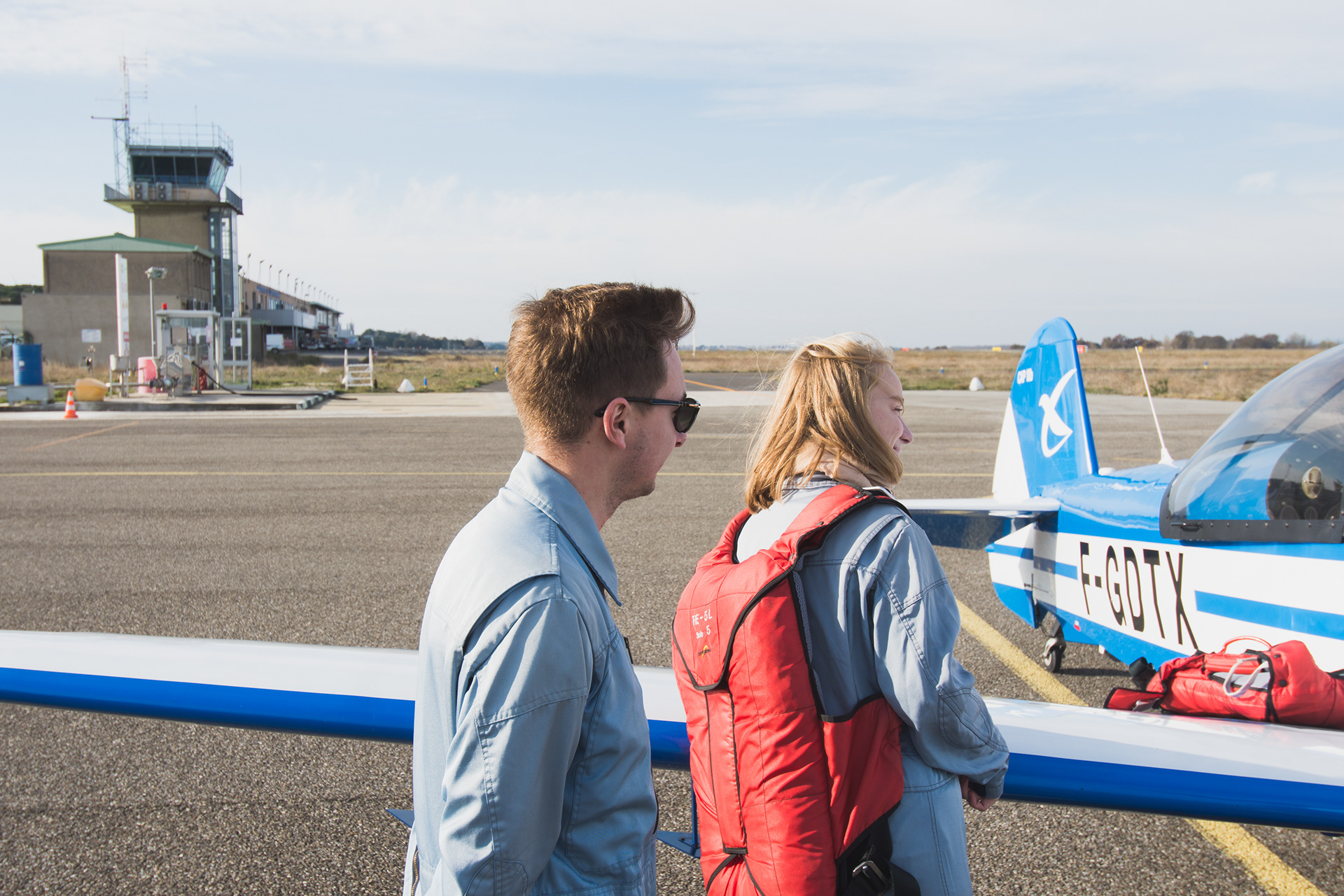
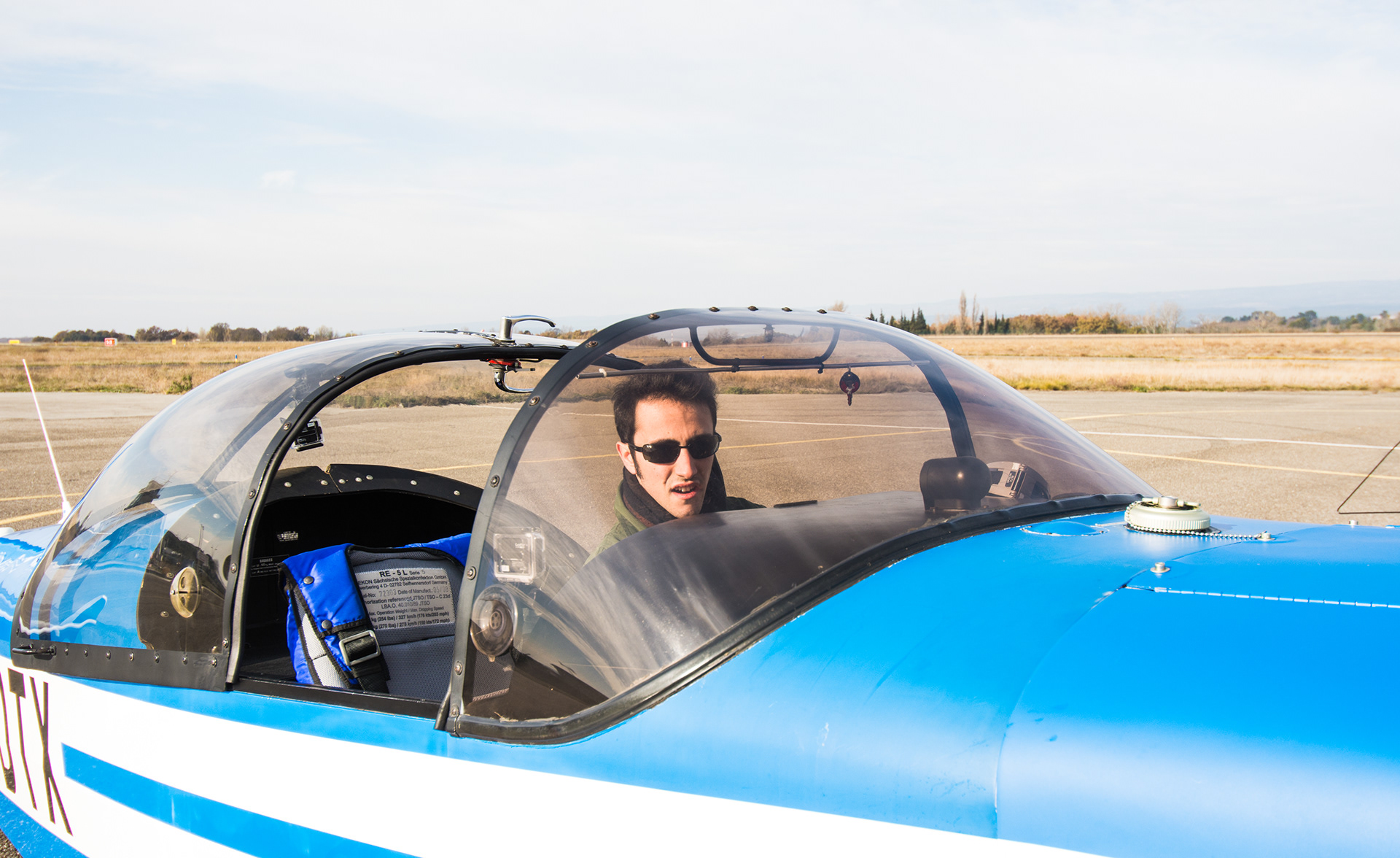


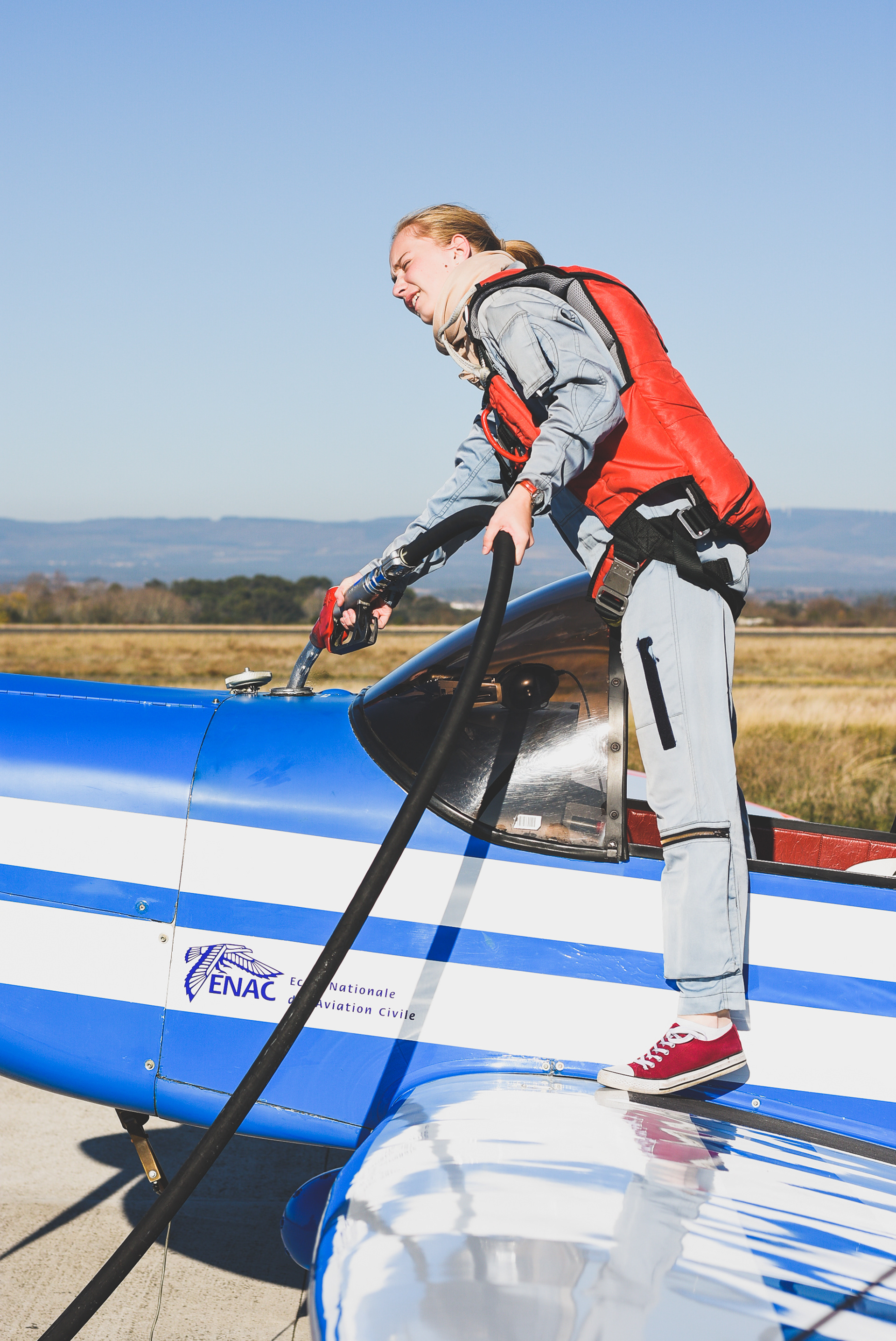

single engine IFR
New year, new flying rules. With 2018 came our IFR training. We did dozens of hours in a TB20 FNPTII to learn the basics of instrument flying, approach procedures and in-flight failure management. Then finally we started flying for real. The first flights were short "procedure" flights where the aim was to train all kinds of approaches (NDB, VOR, ILS, LNAV, LPV). We flew to the airports close to Montpellier such as Marseille, Perpignan, Le Castellet and so on. Although we already knew pretty well those airports from the VFR training, flying under IFR showed us new routes between these airports and new approaches.

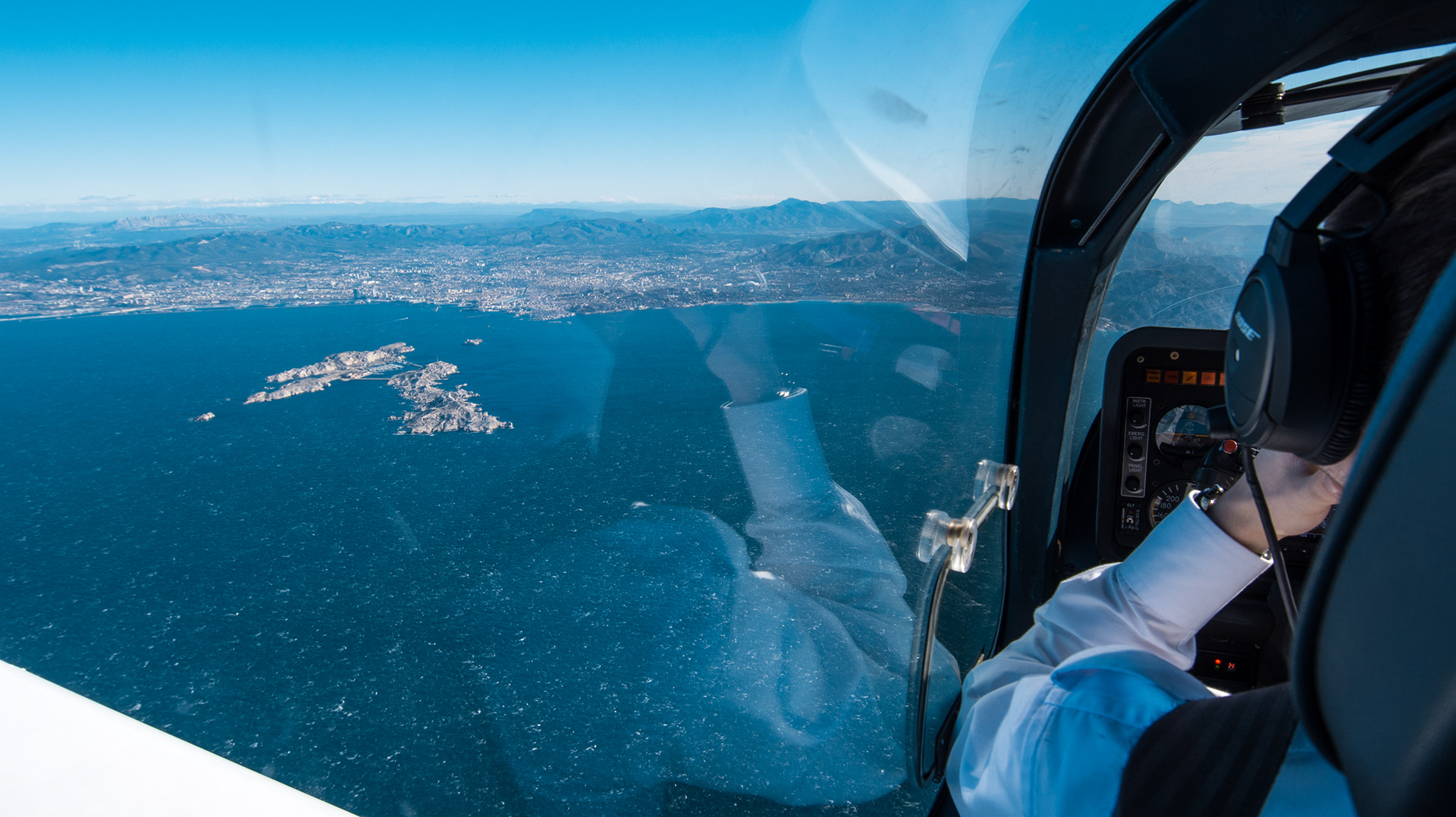

Our first ever IFR navigation was Spain-bound. I took off with the F-GGNS from Montpellier. We climbed onto an omni-directional departure, runway 30L to save as much time as possible. We quickly got a direct route to Perpignan's VOR (PPG) and then a direct to a point which is located on the border with Spain and was the beginning of our STAR for Girona airport. The active runway in Girona was Runway 20 and basically from the beginning point of the STAR it's just one long straight-in approach, which I performed at high speed, slowing down and configuring the TB20 at the end of the final segment.
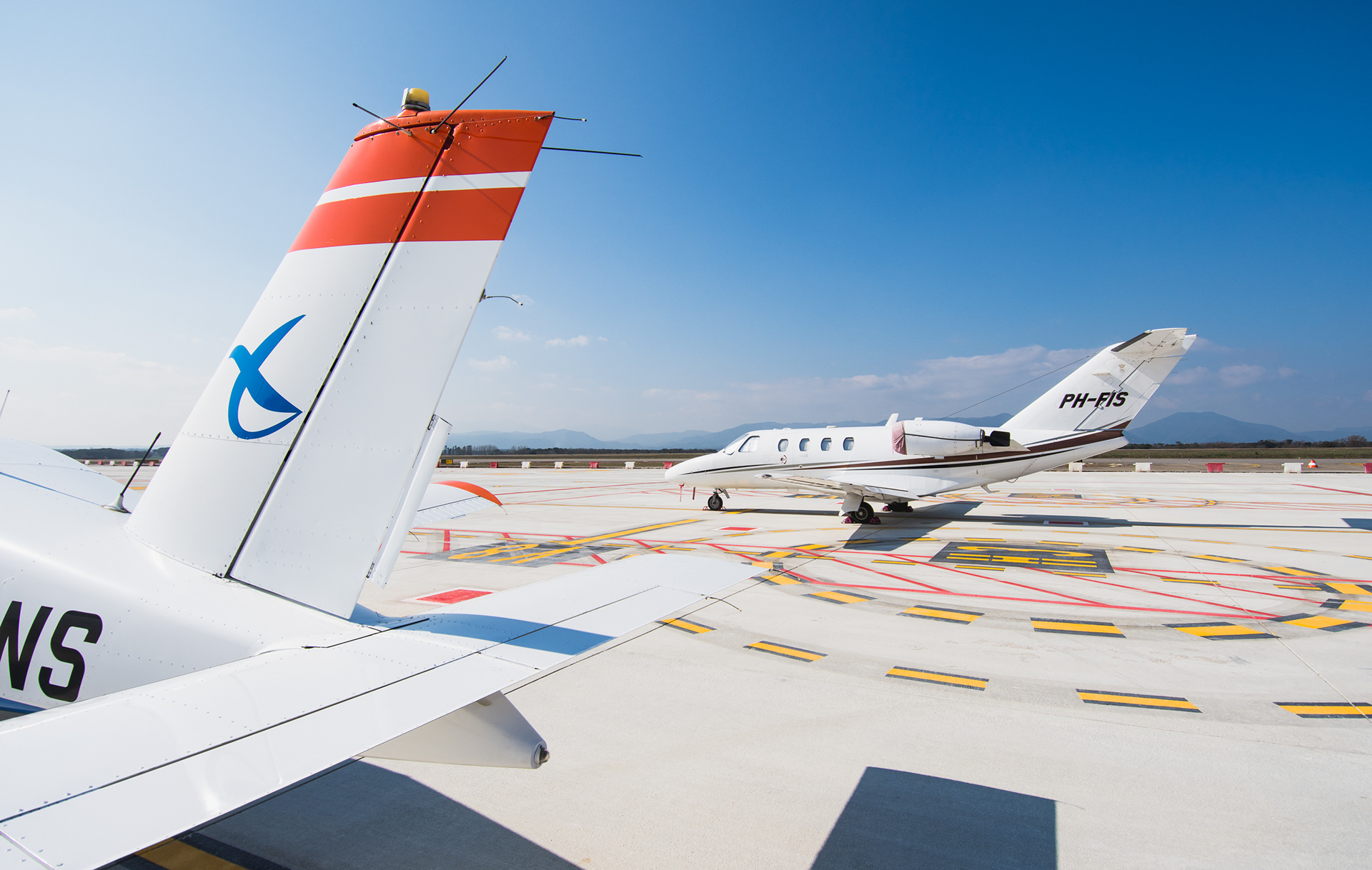
Sunny Parking in Girona

Not so sunny Girona

During the first four months of 2018 we soared across France, starting with the south east and expanding our reach further and further. We managed to fly to new destinations, new airports. A lot of the smaller airport we visited during VFR are equipped with an IFR approach (mostly RNAV) and since the TB20 is equipped with SBAS, we were able to perform LPV approaches and land on small airports such as Mende, even during the IFR.
We also went to bigger airports such as Toulouse-Blagnac or Marseille for example. We extended our radius further west all the way to the Atlantic Ocean, to the Pyrenean airports of Tarbes and Pau or North to the stunning airports of Chambéry or Annecy in the Alps.
This video relates of all those flights across France and Corsica.

Léana refueling the TB20 in Mende

Chambéry and the Bourget lake
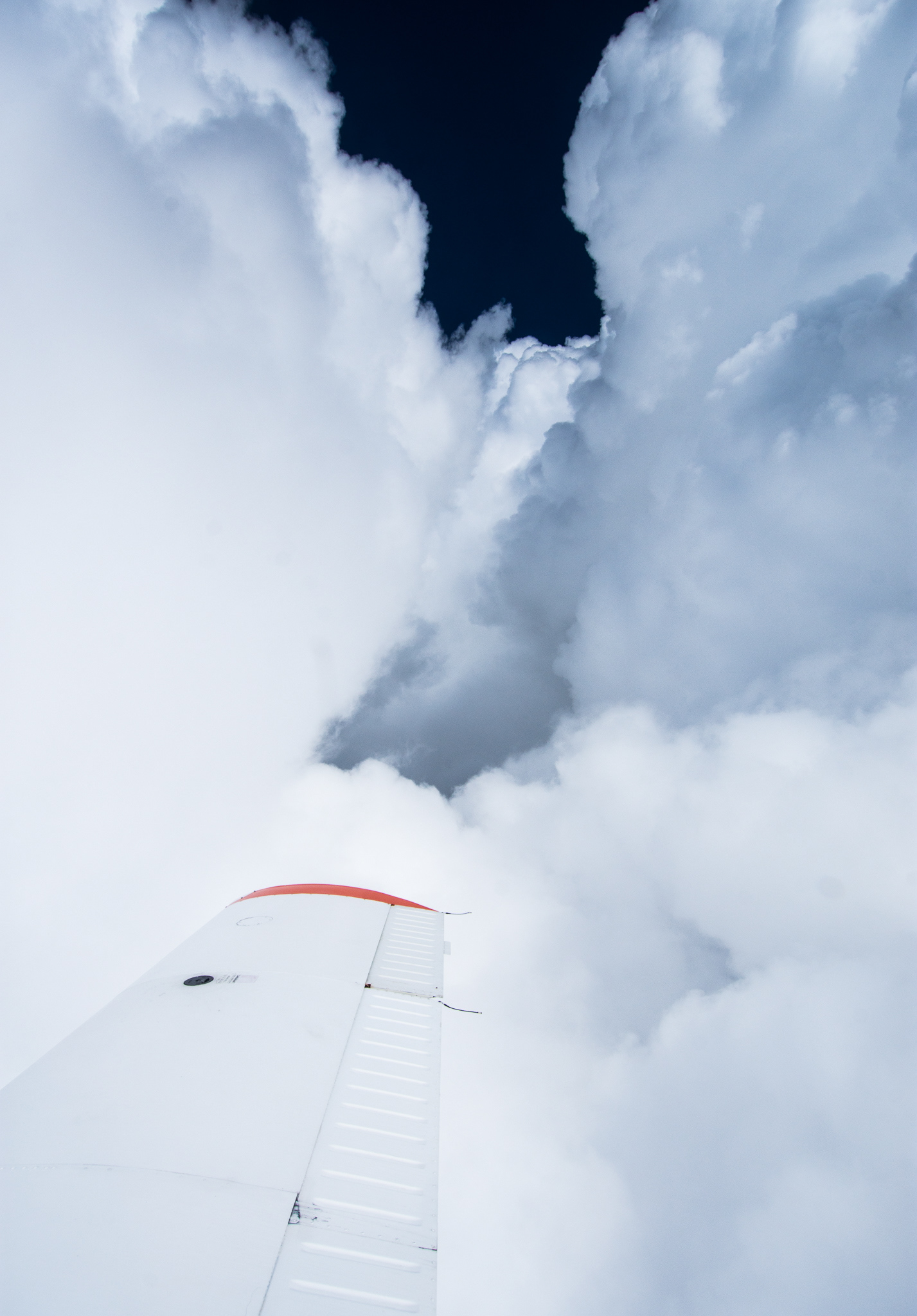

Final in Bastia
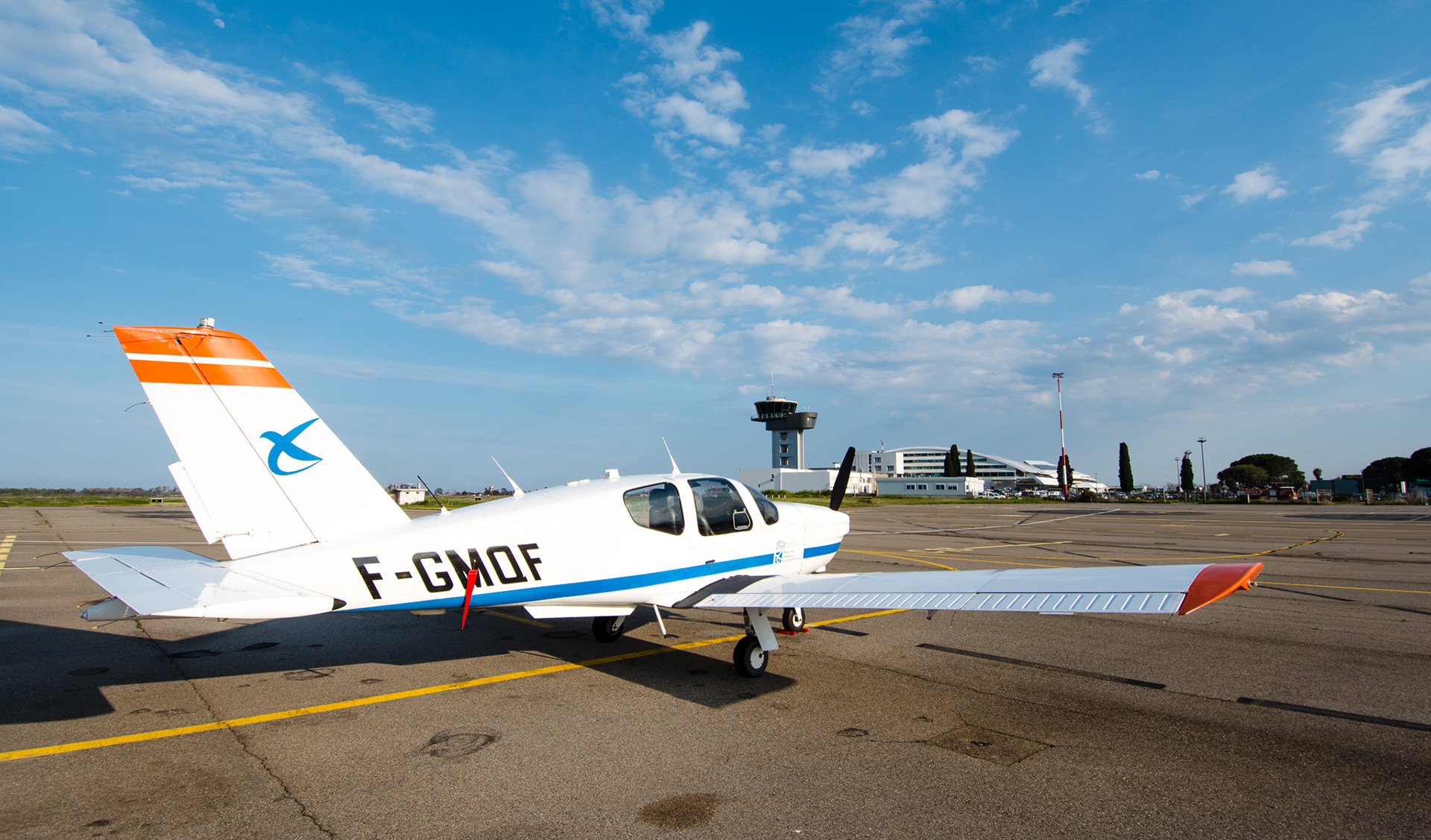
parked in Bastia

Corsica and its mountains

Calvi
One of these training flights brought us to the incredible airport of Chambéry.
Léana executed this wonderful approach, overflying the "Bourget" lake and landing via the ILS 18, which is specific and unique because of its steep approach. This approach is in my top 5 for sure!
single engine IFR / Europe
The most ambitious navigation we did during this phase of our training was for sure a navigation across Europe. The idea of a navigation across Europe came to our minds in early stages of the training. Listening to all of our older pilot-friends who went to Sweden, Croatia, Switzerland, Germany, Italy or the Czech republic during their training made it clear for us that we had to try our best to organize a trip like this. It was a long process of preparation, planning, flight planning. We had to prepare all kinds of different options of where to go. We soon started to plan a trip across Europe to Prague.
Here's a video of this voyage:
My alarm rang at 4:30 in the morning, Valentin picked me up and we drove to the ENAC. Since we briefed the route the day before, we did a quick weather briefing, the meteorological conditions were perfect with a huge HighPressure centered on Europe and we could depart to Prague. The landing light being inoperative, we had to wait until the sunrise to leave Montpellier. We couldn't believe we were really headed for Prague. For the trip we had the TB20 F-GMQL which is not the most performant of the fleet, I have to say that we didn't help him very much by loading him up to the MTOW. The air was calm, the skies were empty and we could watch the beautiful sunrise over the Alps.
Valentin landed in Annecy without any problem and Léana took off to our first exotic destination, Friedrichshaffen. During our climb, our climb-rate was so low that we had to do a climbing 360 in order to be accepted in Geneva's airspace. It was the first time we ever flew away from our southern-french playground. As soon as we arrived in the Swiss airspace we heard a change in the controllers' voices, they were calm, efficient, and helpful. All the way to Prague and back, it was a blast to talk with these controllers. We flew parallel to the Alps for a long time, the view was just stunning. When we arrived above Zurich there was a low undercast layer of clouds over the Swiss city and we were seeing planes peaking out the layer during their climb out from Zurich airport. We quickly arrived over the Lake of Konstanz (Bodensee) above which Léana intercepted the ILS. We were worried that because of the upcoming AeroExpo 2018 (a annual airshow and exhibition of the latest general aviation aircraft), there would be several delays, but Léana received the straightest straight-in ILS approach she could hope for.
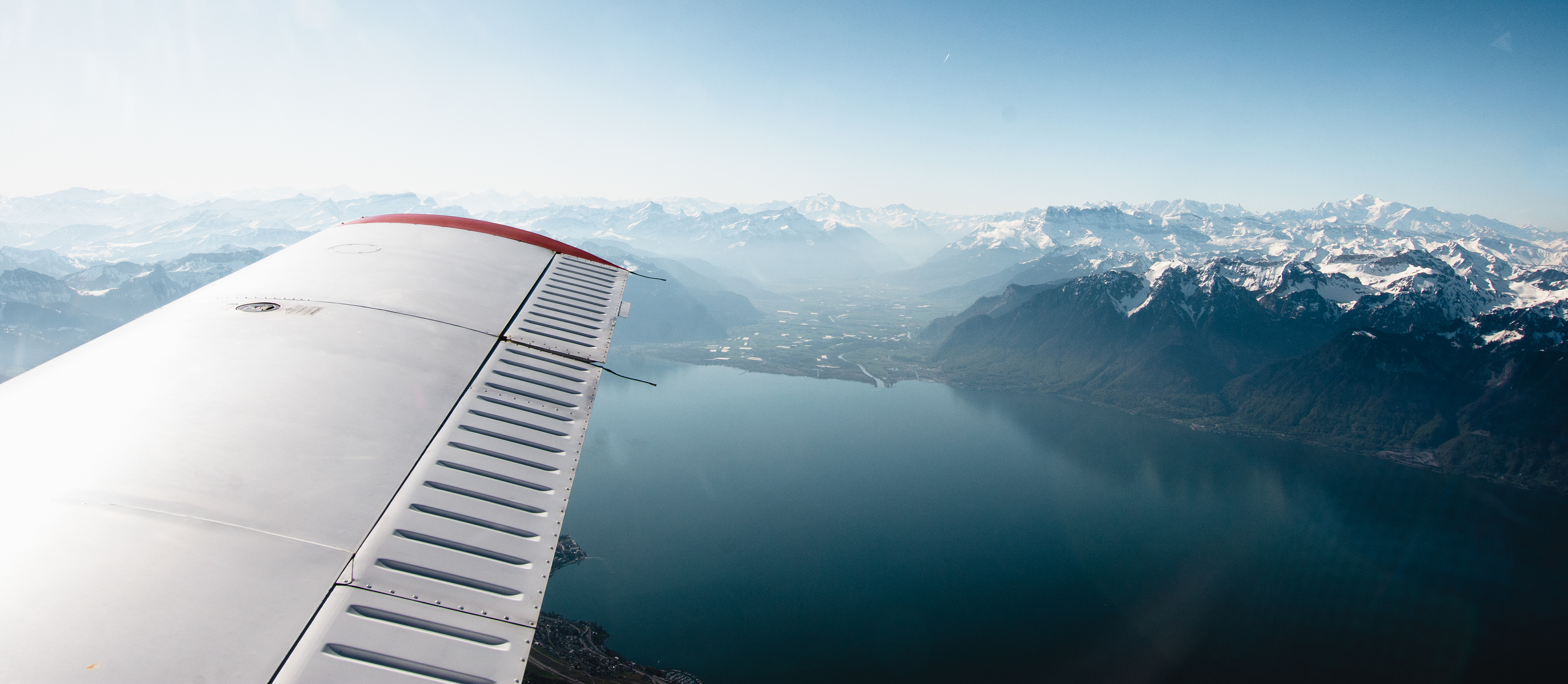
Lake Leman
We touched down and vacated via the next taxiway on the right. We arrived at the AirBP station which of course was out of service so we waited for a fuel truck. The Aero-expo airshow was the next day, so the traffic on the airfield was intensifying, with GA airplanes landing and departing, there was this guy on a small vintage motorbike who was guiding the planes on the taxiways and apron, definitely the most orginal Follow-Me I've ever seen.
Short taxi to runway 06, due to traffic on an IFR final, I did a quick rolling take-off. We climbed on the Kempten departure. As soon as I finished my Climb-Actions, the ATC cleared me to the IAF of Straubing airport. We were astonished, I mean, in France we could not even hope for something like that, in Germany the controller had to coordinate with all the 5 sectors we were about to cross. So began a 50min straight flight over Germany. During our cruise we saw several airports, such as Memmingen where we were supposed to sleep the next day. At that moment a Ryanair 737 crossed our path 1000ft above us.
Then we saw the Bavarian capital city, Munich, hiding partially behind clouds. When we approached Straubing, our next destination, the weather forecast was announcing a cloud-layer at our minimums' height, so we started talking about a strategy in case we had to divert to Ingolstadt which was our Alternate. Fortunately the AFIS told on the first radio contact that it's actually better than predicted, so I shot in the LPV approach and after crossing a Danube's meander, landing at the last stop before our ultimate flight into the Czech capital. After a 10 minutes-long sketch of us trying to understand how the German fuel pump worked, we eventually ended up filling up the TB20 with its 56 USG dose.
"Parameters set", "rotate", "positive climb", "gear up", "gear up and locked" Prague here we come! After one German radar sector "Munich radar", we were transferred to Karlovy Vary approach to cross the border. The landscape beneath us changed a bit. We arrived above the Šumava mountains with their white tops, survival of a late winter in the slavic country. We took advantage of the several minutes of our short cruise to eat a bit. Nicolas brought a whole lunch box. I ate half of a sandwiches and started preparing the arrival.
The active runway in Prague was 06, which was a bit disappointing, because we were not going to see anything from the city, just rape-fields. So I asked nicely the ATC to receive an approach on runway 30, so we would have the city on our right hand side. After piercing through the layers of cumulus that were growing over the country, we got vectors for a Visual approach, runway 30 in Prague. These words were so strong for me at that moment. When I left Prague at the end of the previous holidays, I said to myself, jokingly, that next time I come back to Prague, I was going to land the plane.
It was just hazy as hell and we struggled to see the runway. In the end we saw the concrete strip and landed safely. During the taxi we passed in front of the Terminal #2 which is the one from which I took the different planes to France, to pass all the entry exams for ENAC, quite a nice reward. But let's focus on the taxi, in front of us the follow-me car was moving at fast pace and I had to push the throttle to keep with it. At the stand, situated at the south general-aviation / business terminal a van was waiting for us. The employees of the handling agency were the nicest people ever and even called a taxi for us and so we headed for the city.
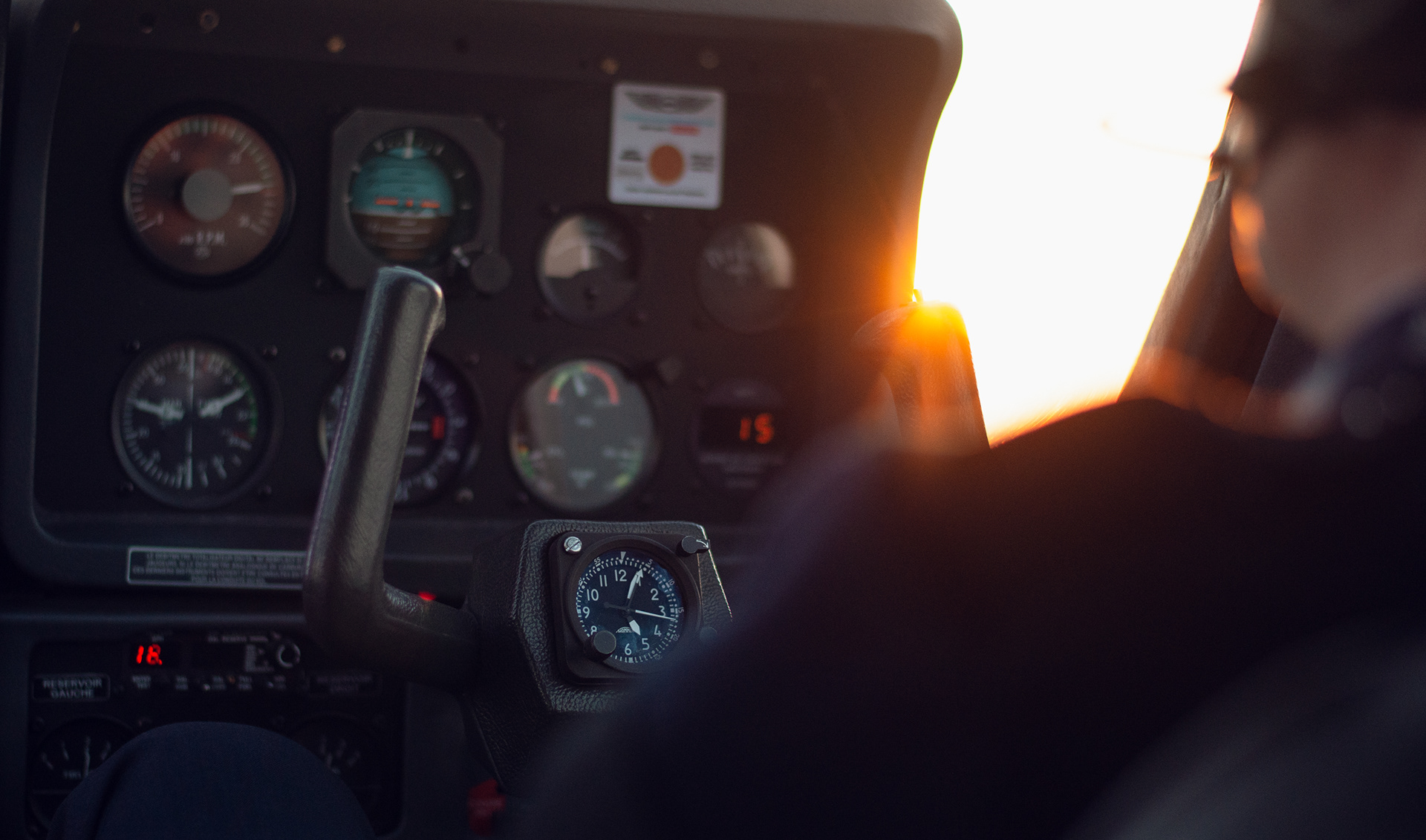
taking off from Montpellier
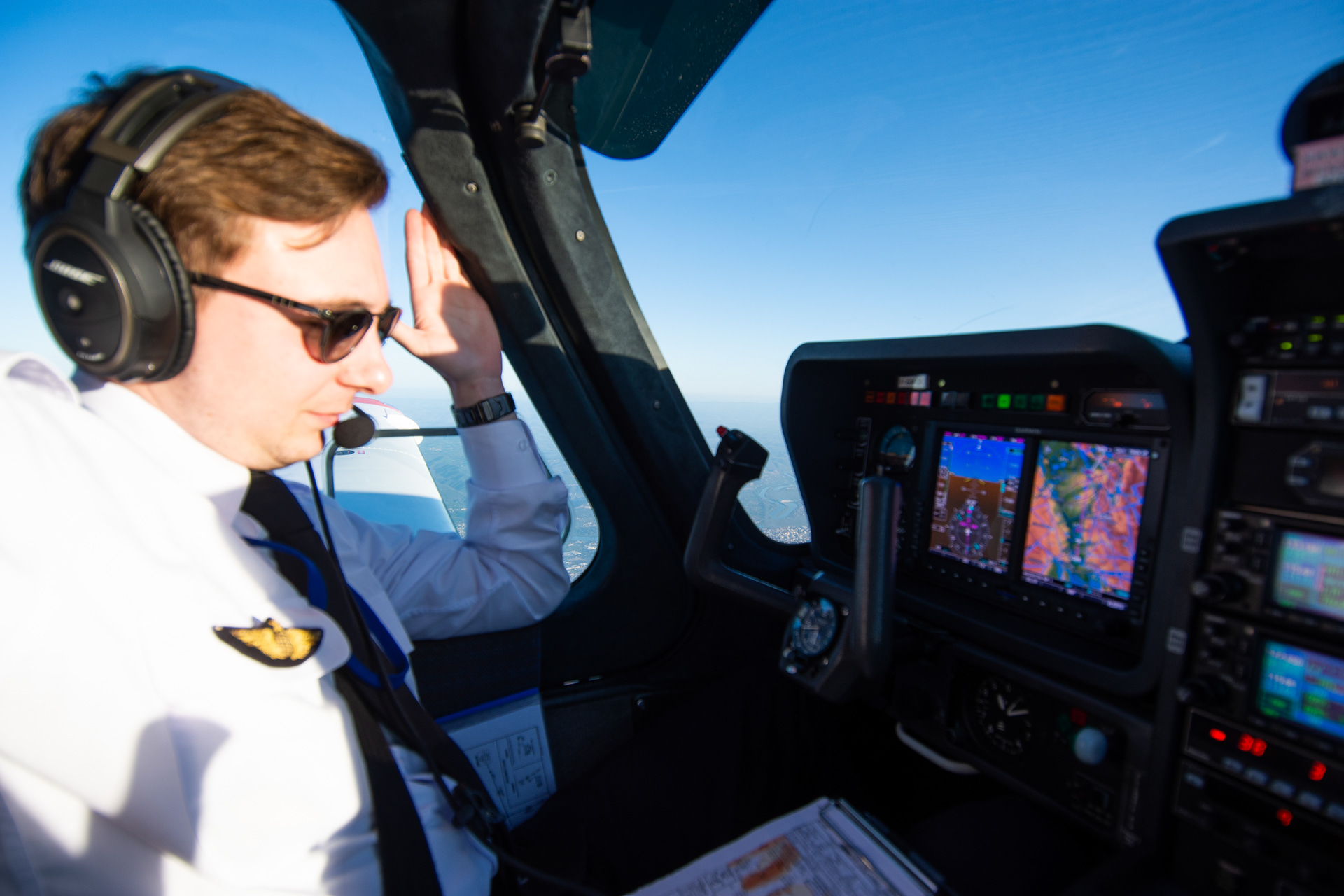
Valentin

Geneva
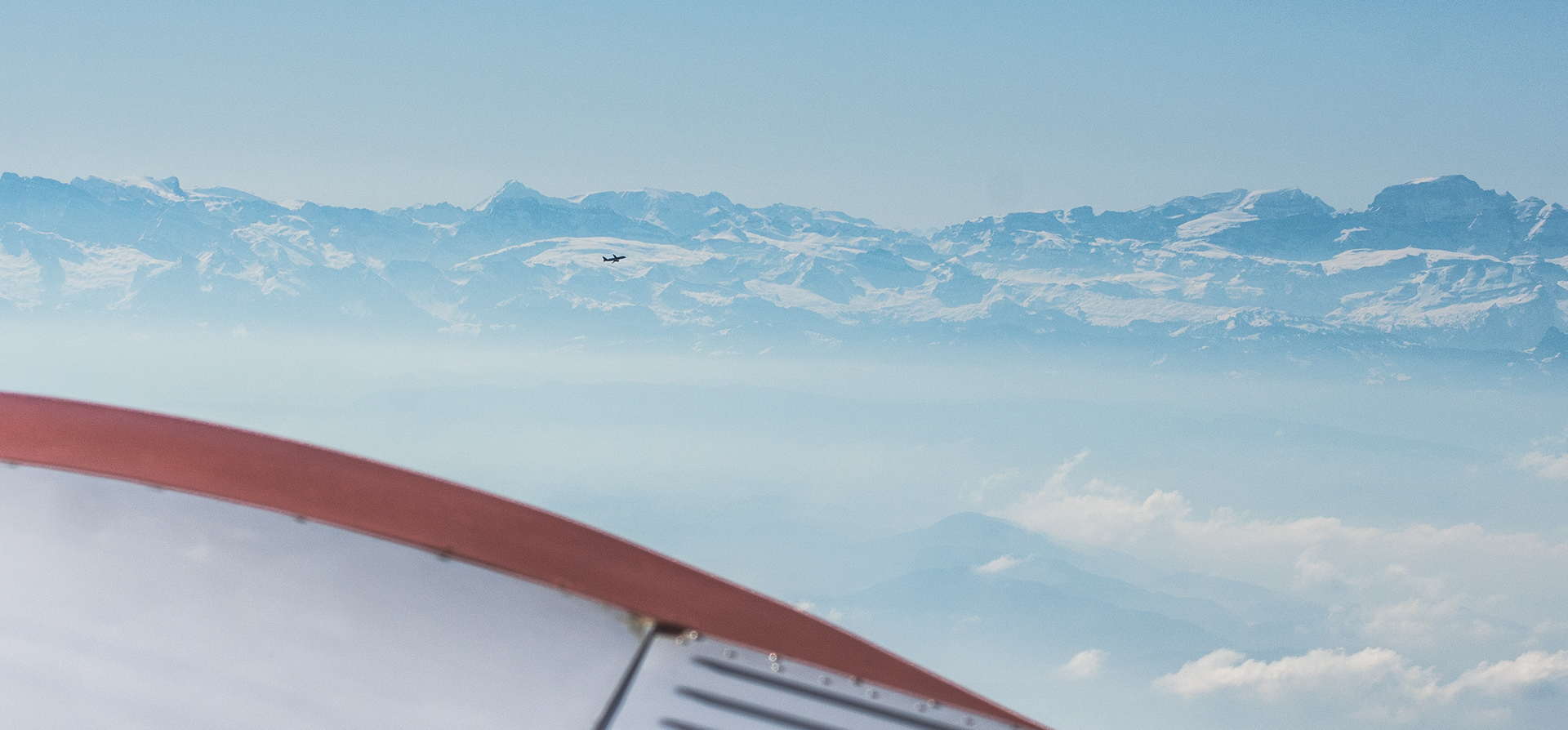
An airliner departing from Zurich

cruising over Switzerland

Long final in Friedrichshaffen



Bavaria

Fuel-stop in Straubing
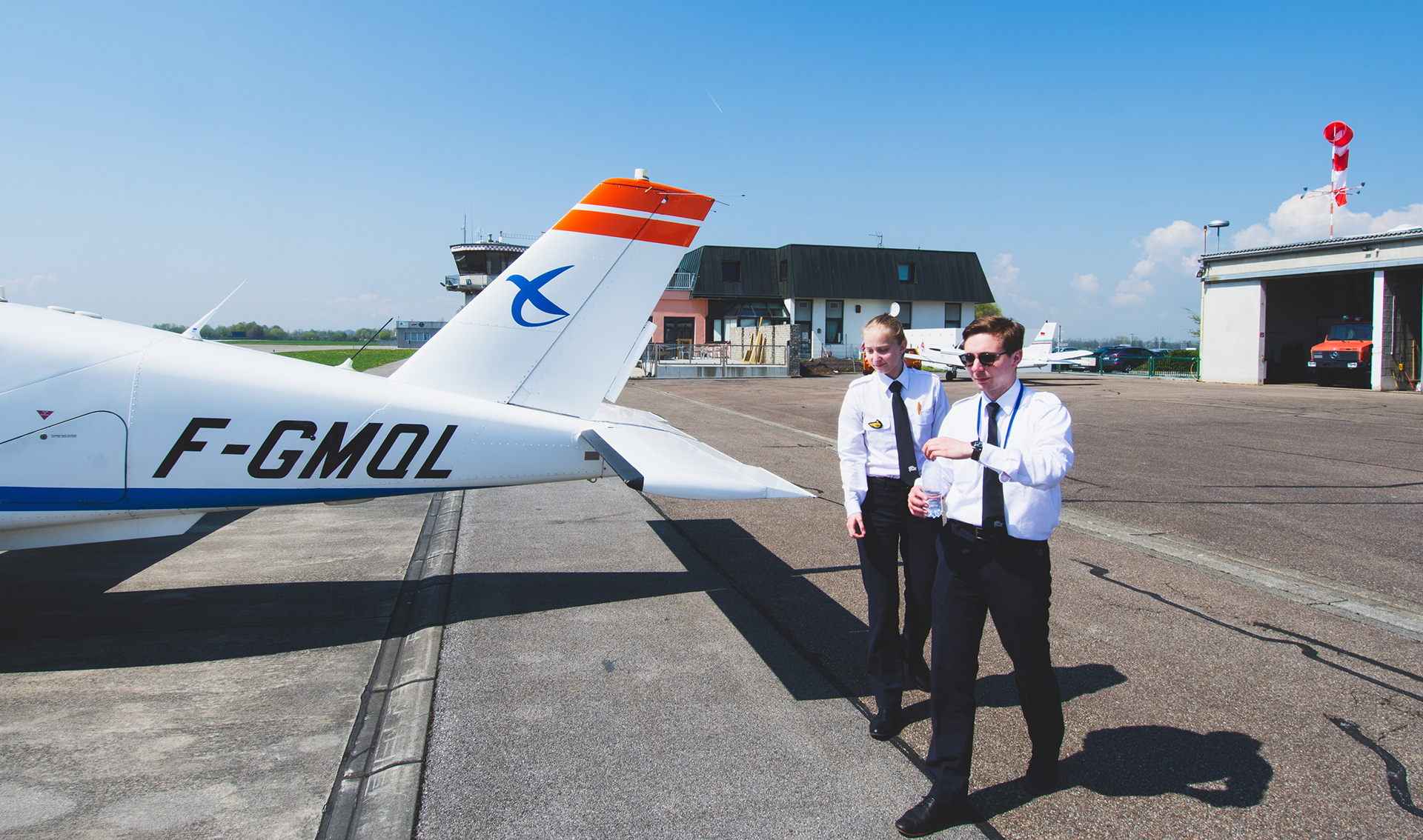
Leana and Valentin

Departing from Straubing


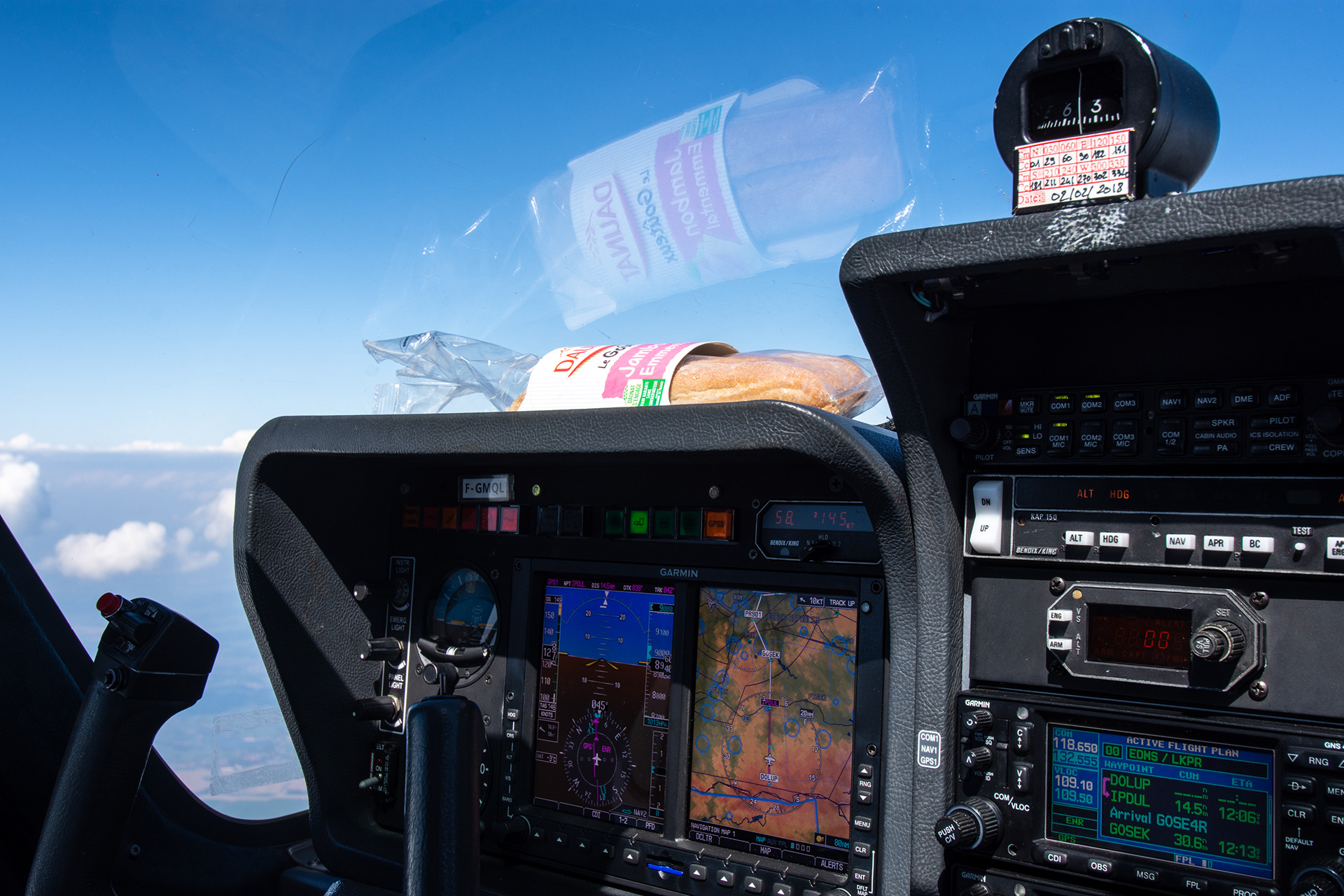

Crossing the Czech border

Prague Airport and its Terminal #2

The next six pictures of our plane landing were taken by a kind worker at Prague Airport, give him a thumbs up on his photo-page! LKPR - LIVE

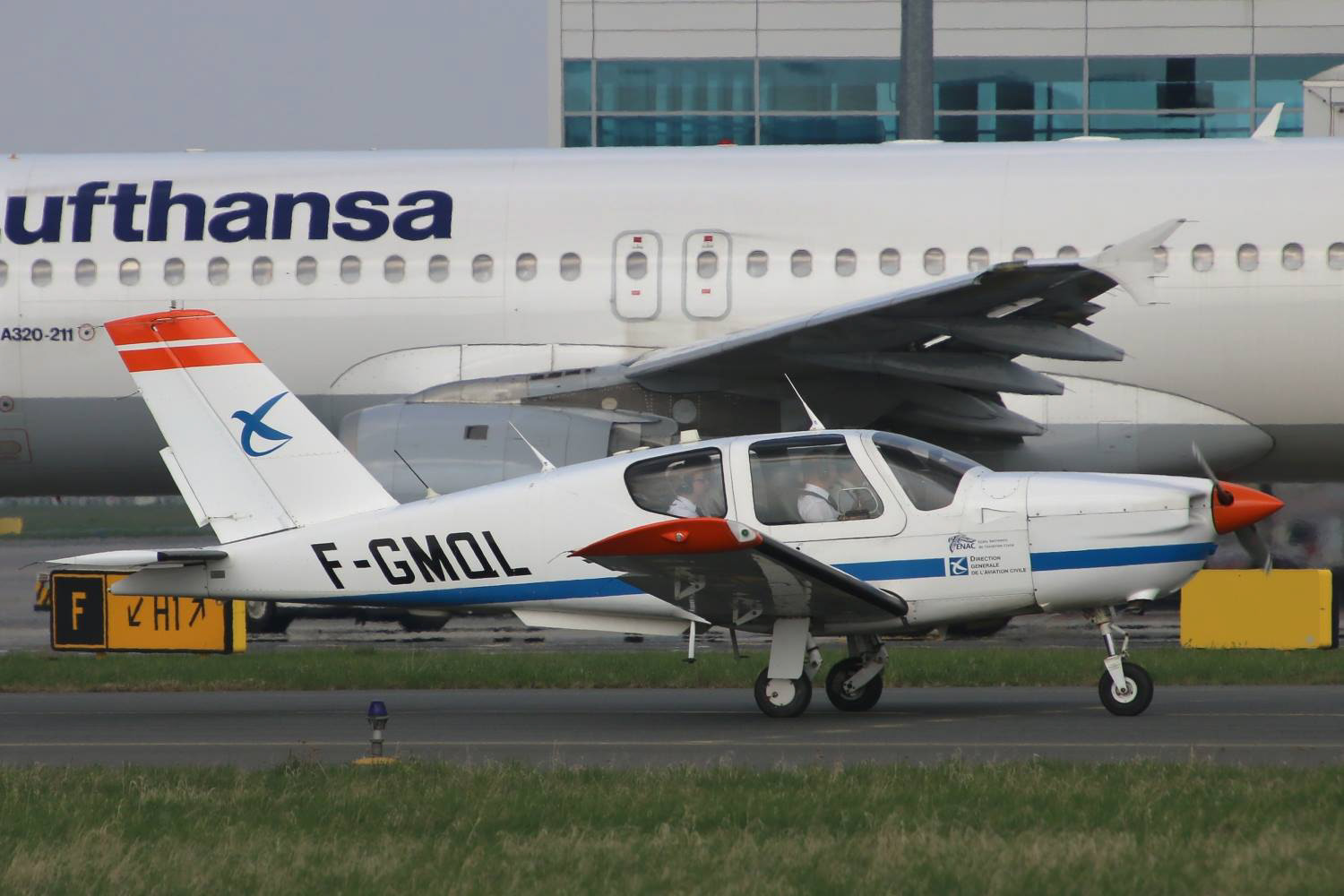






The next day we came to the airport around 13h00 with a scheduled departure at 14h30. Valentin started preparing his flight to Salzburg in the Handling company's lounge/office. Meanwhile I went out on the apron with the handler to take care of the refueling. Some moments later we were sitting in the TB20 and Valentin was requesting the startup clearance to Salzburg. The taxi was quite short, we taxied to the holding point of Runway 30. A bit of waiting on the runway and here we were tearing down the runway. Left turn given by vectors, passing the city of Kladno and we were cruising towards the Austrian border.
The flight went smoothly, Valentin performed the ILS followed by the VPT in Salzburg. One of the most beautiful, if not THE most beautiful VPT we ever did. The downwind brings you over Mozart's city and its castle. The Base leg turn is quite close to the mountains and you feel really small in comparison to the monumental Alps. After a refill of the two wing-tanks I sat in the TB20.
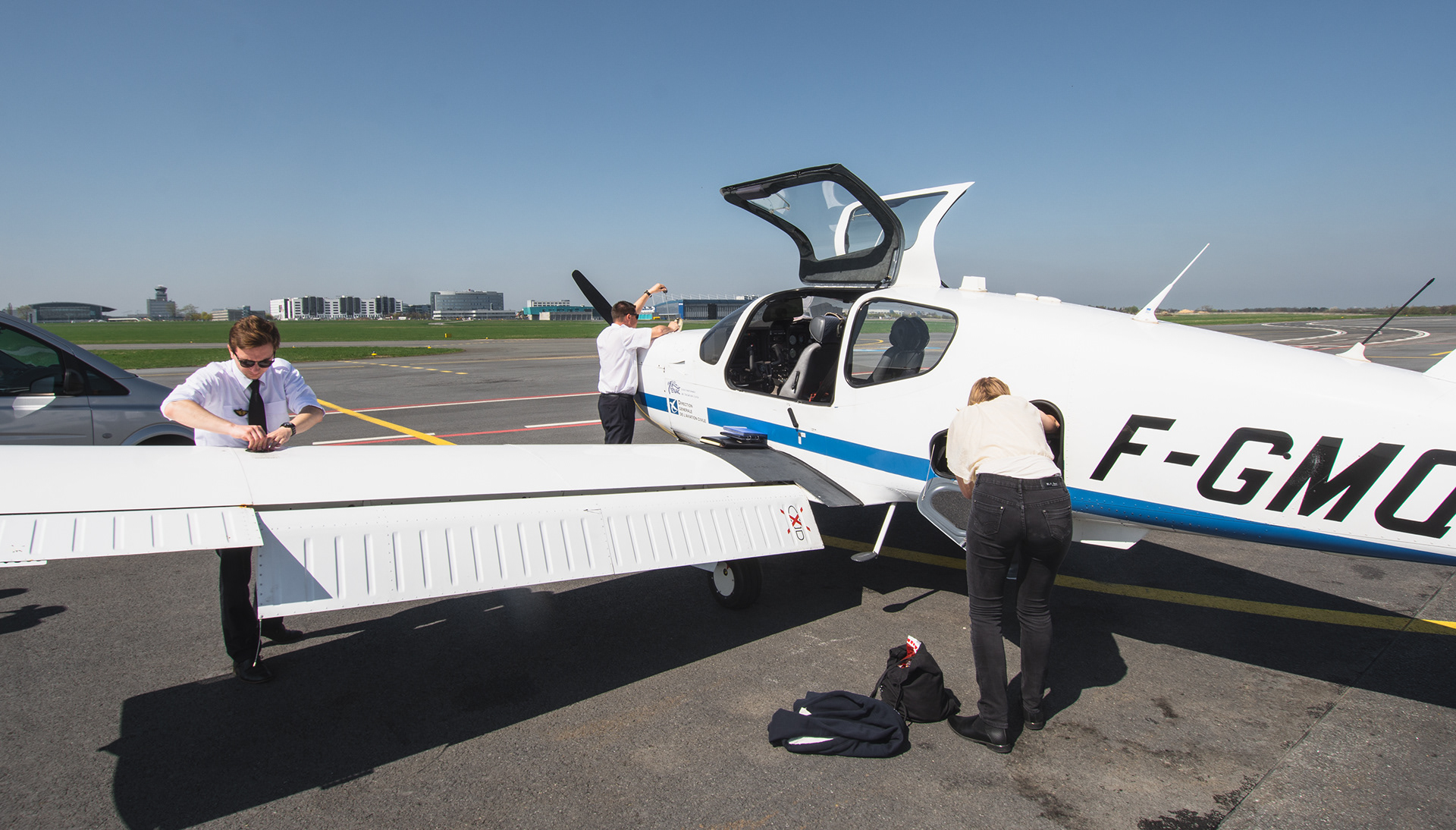
Loading the TB20

Family picture before leaving
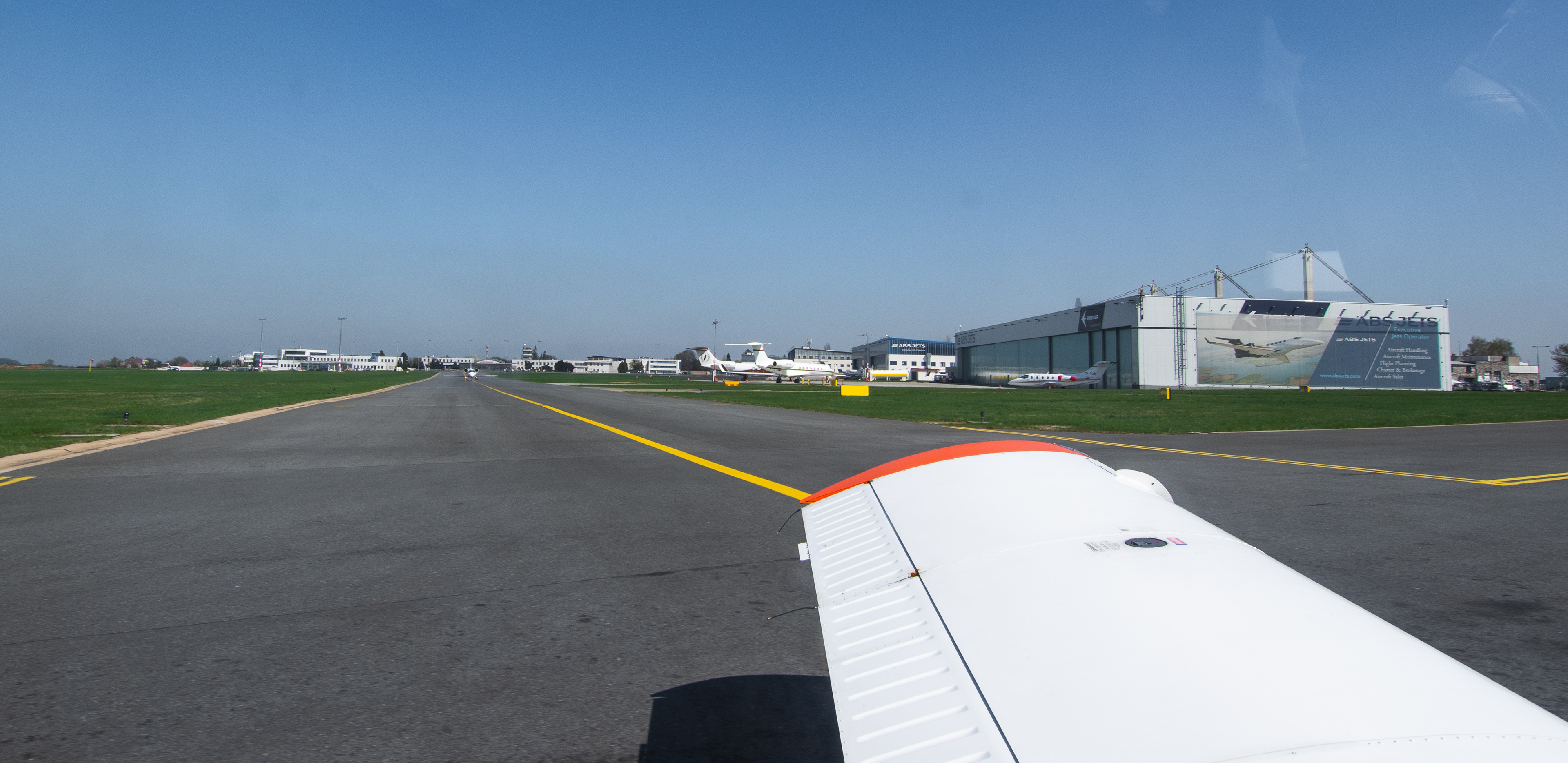
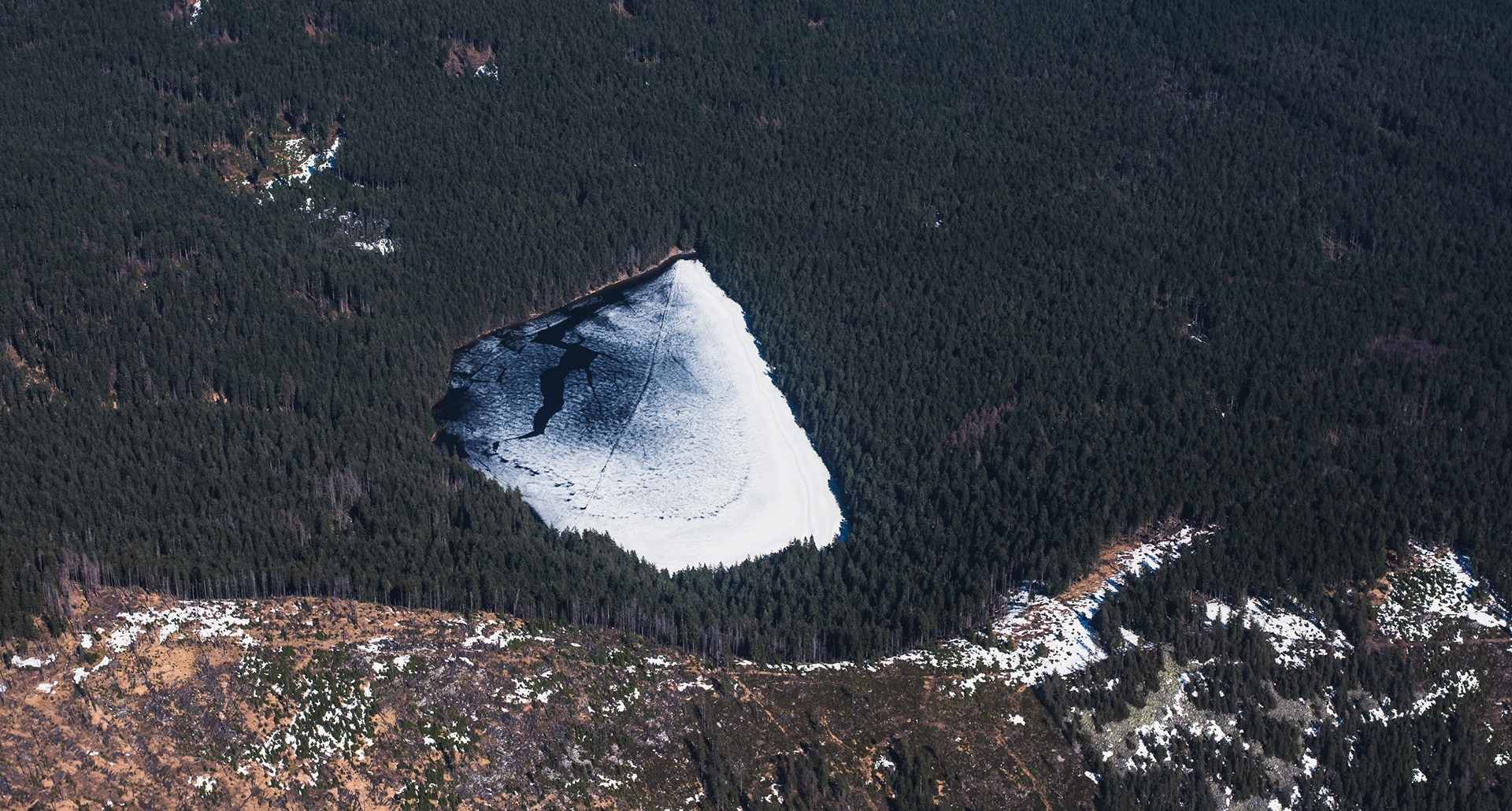
Crossing the Austrian border
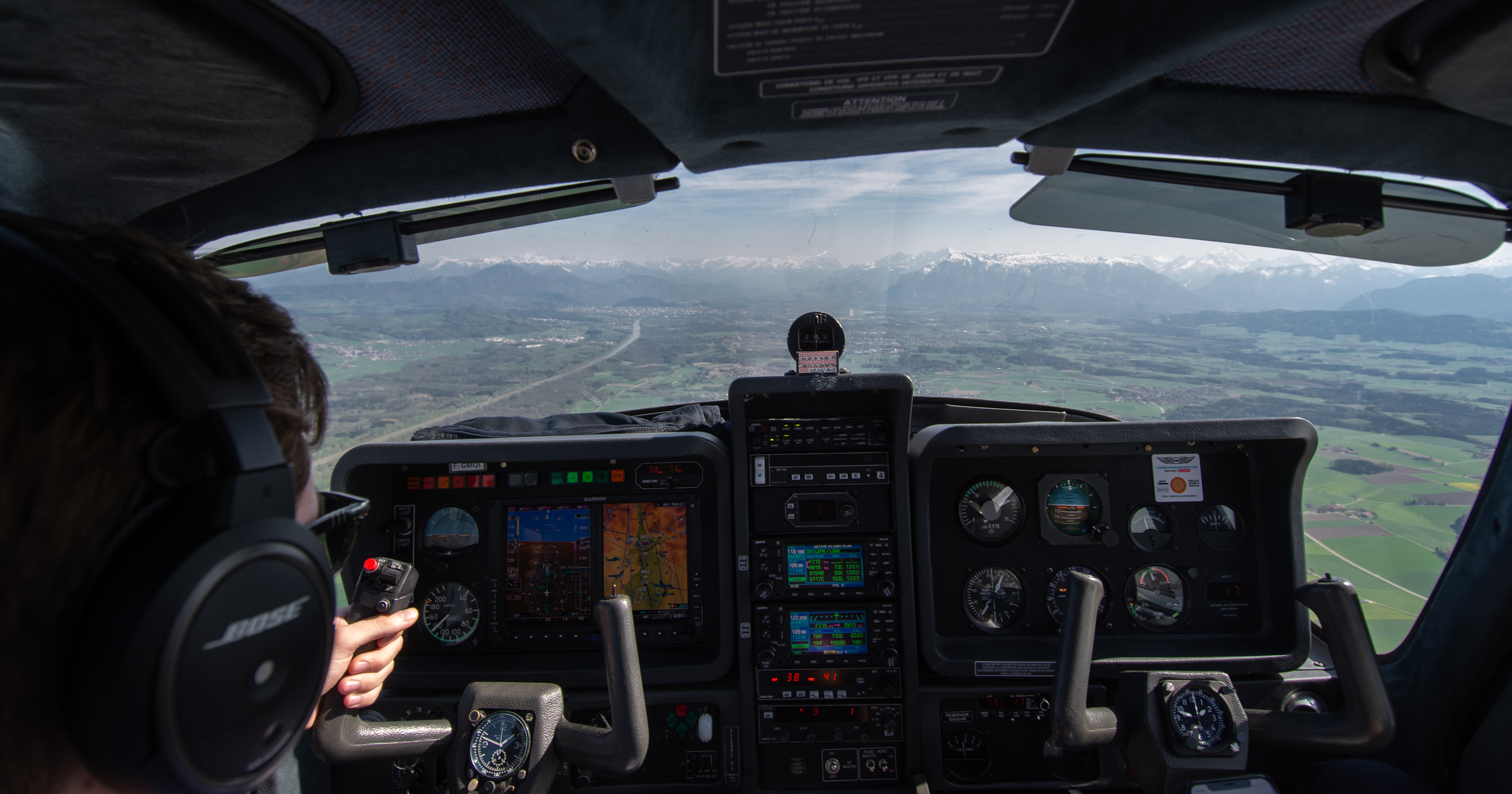
ILS final in Salzburg

Breaking left for the circle-to-land

Downind and sightseeing
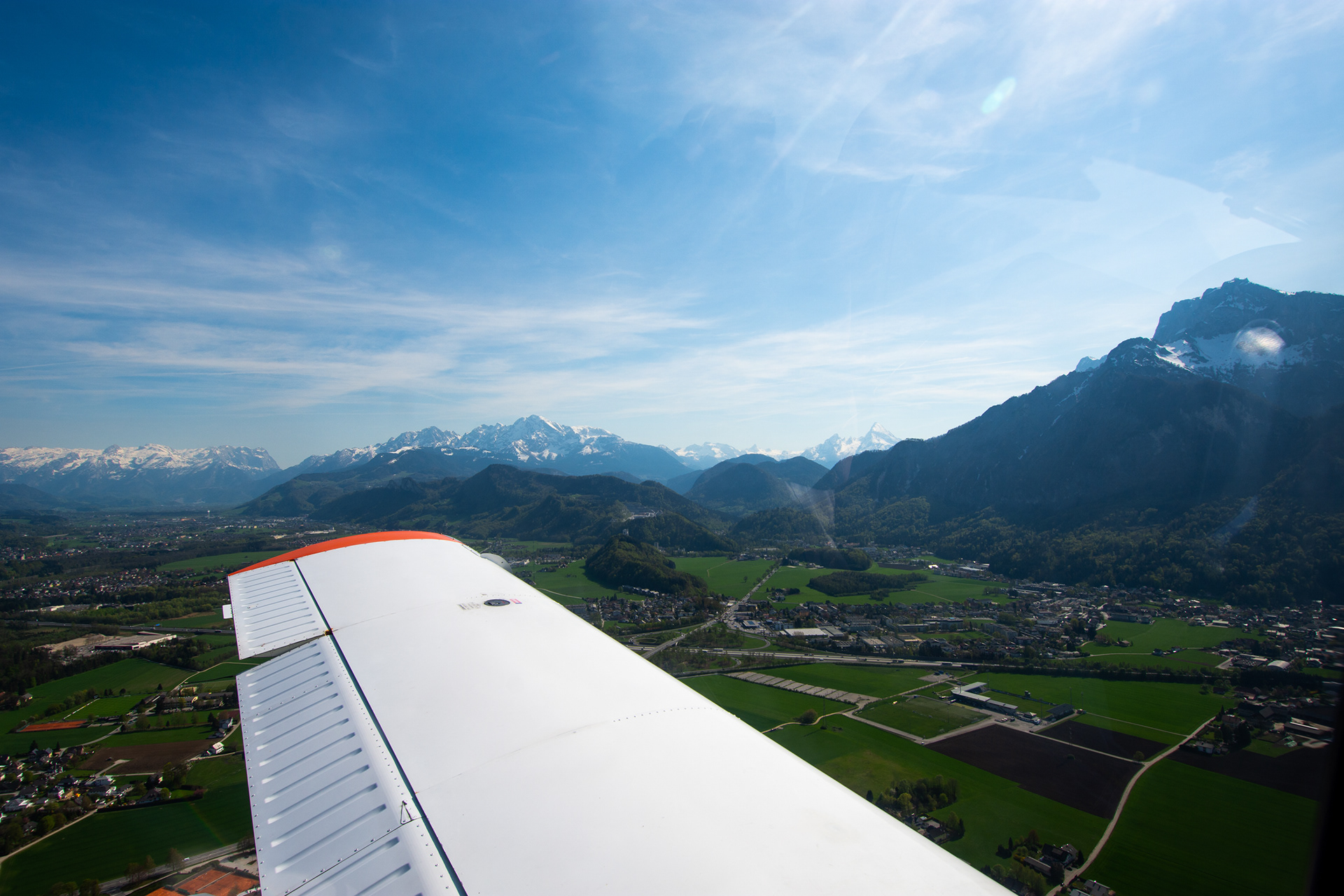



Refueling in Salzbourg



Salzbourg apron
The next destination was Innsbruck, we decided to go there on a "Y" flight plan, which means that you depart under IFR, cancel IFR during the flight and you land under VFR. I picked my IFR clearance from Salzburg frequency which was supposed to bring to the "Rattenburg" NDB at FL100. After the departure I started climbing on the SID. Since it was quite a hot day, our Trinidad had a hard time climbing, I decided to cancel the IFR clearance as soon as reaching something around 6000ft. and that's how the most beautiful arrival I ever flew actually started. I passed the controls to our instructor to let him enjoy a bit of VFR flying in the mountains as I prepared and presented my arrival briefing. The approach to the airport of Innsbruck is really unique and you have to carefully follow the published VFR arrival path.
I took the controls back from Nicolas who was enjoying so much the flight that he wanted to keep the control. I started the descent to 4000ft. Even at this altitude we were surrounded by high mountain peaks, flying so close to the cliffs that we could almost touch the tree tops. Then after several minutes of following the river "Inn" westbound, the airport of Innsbruck started to emerge in the middle of the valley. I remembered all the pictures I saw of airplanes arriving or departing from this airport, making me dream about flying and now here I was on the right hand downwind for runway 08. One left hand 360 to separate us from a departing traffic and we were cleared in to base. Due to the high terrain the downwind is quite high and close to the runway, so I had to nail my descent and bank angle during this short base leg to come out established on the correct final path. Fortunately, with the golden advices of our beloved instructor I ended up two whites and two reds, on the final. I was actually landing in Innsbruck. A child's dream came true that day, when the wheels of our mighty TB20 squeaked on the Austrian runway.
Having plenty of runway before the taxiway I let the plane slow down gently. Once I had vacated the runway, the tower asked me how long we were supposed to stay. I answered that 15mins should be enough to refuel since we were continuing to Germany. The ATC guided us to our stand between a Bombardier Challenger and Falcon 7X just in front of the terminal. After the refueling, Valentin, who was flying the next leg to Memmingen, was performing the pre-flight check, when suddenly he stopped and called us to come and see: the right tire was slowly deflating. And so we spent a night in Innsbruck.

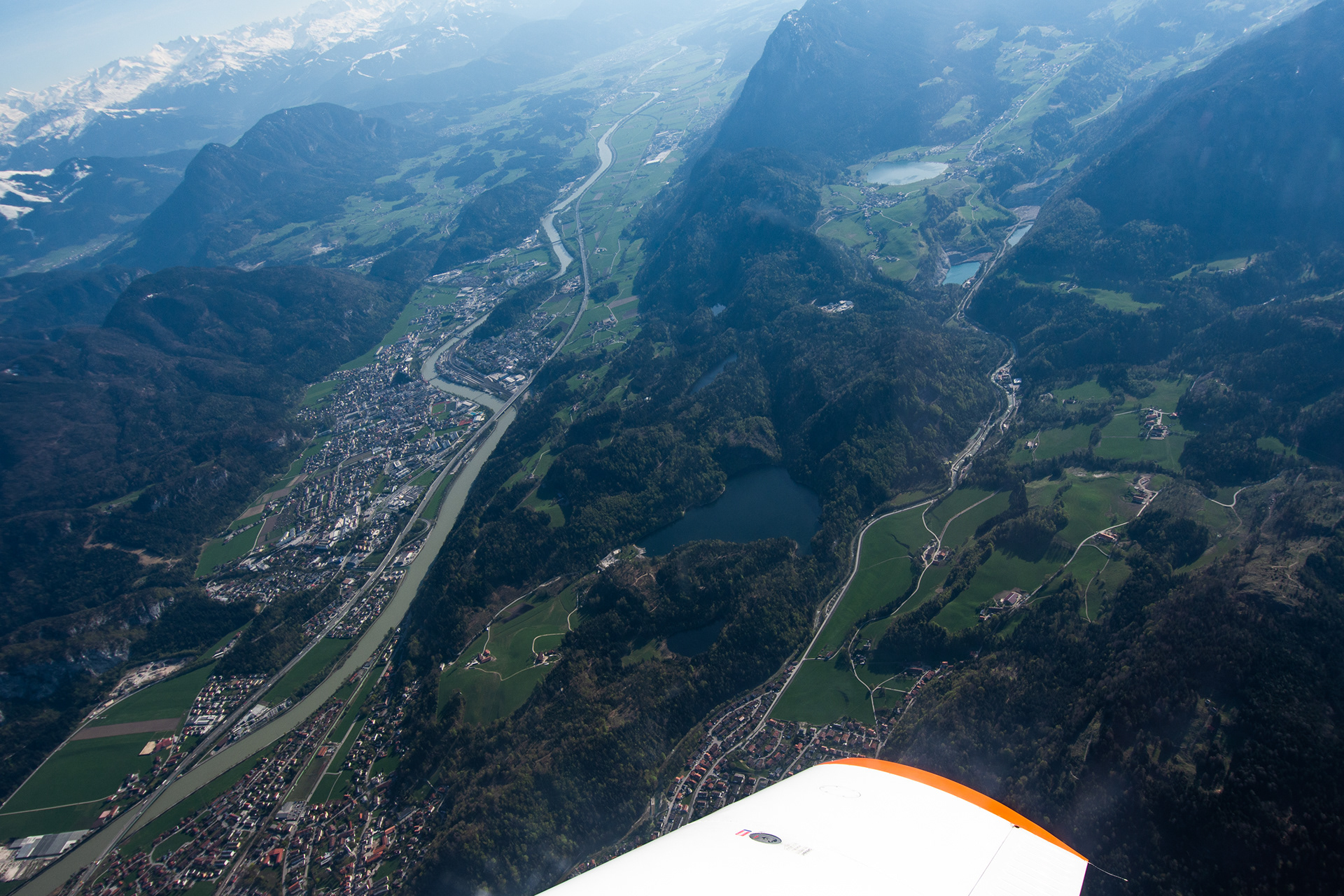




Base leg in Innsbruck

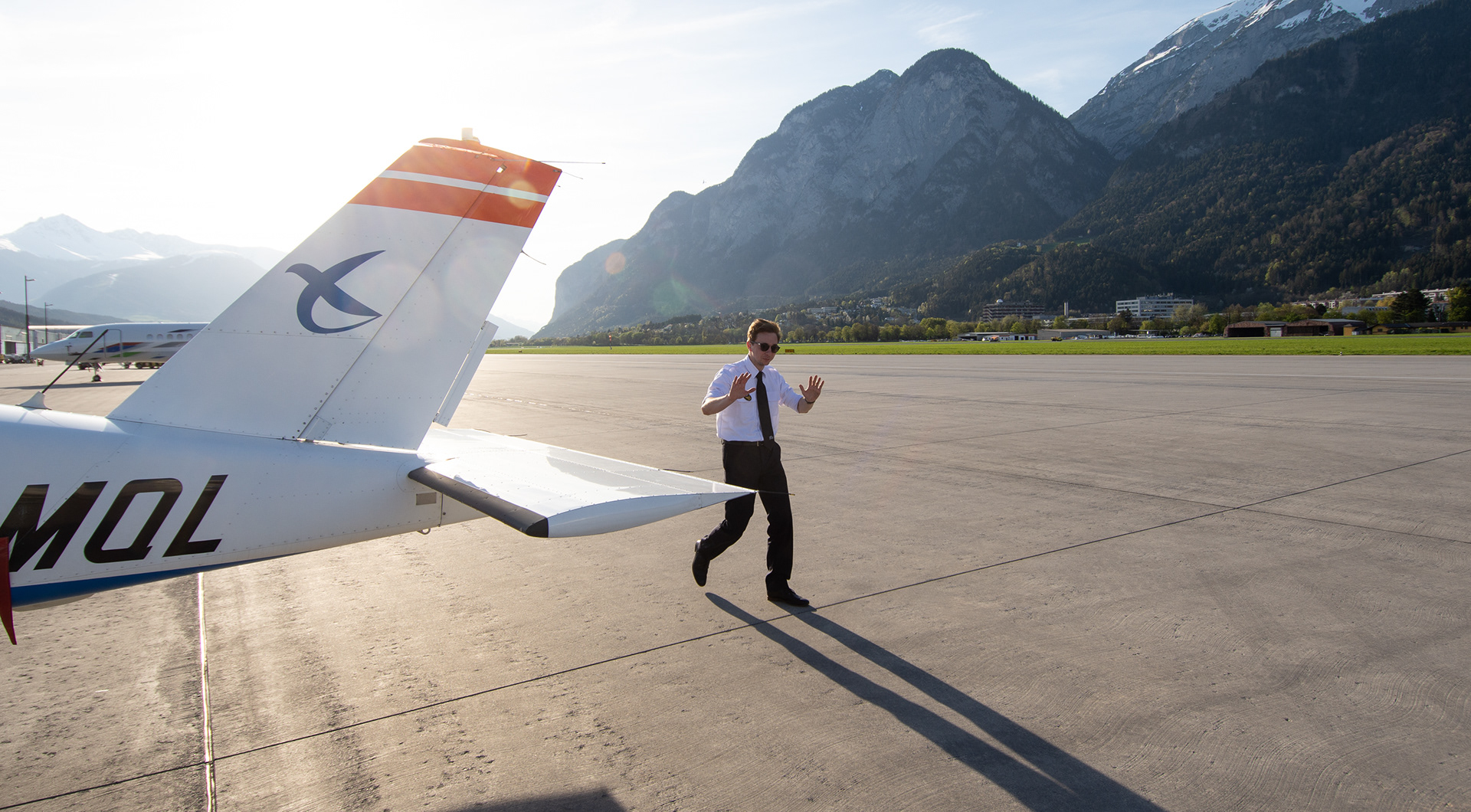
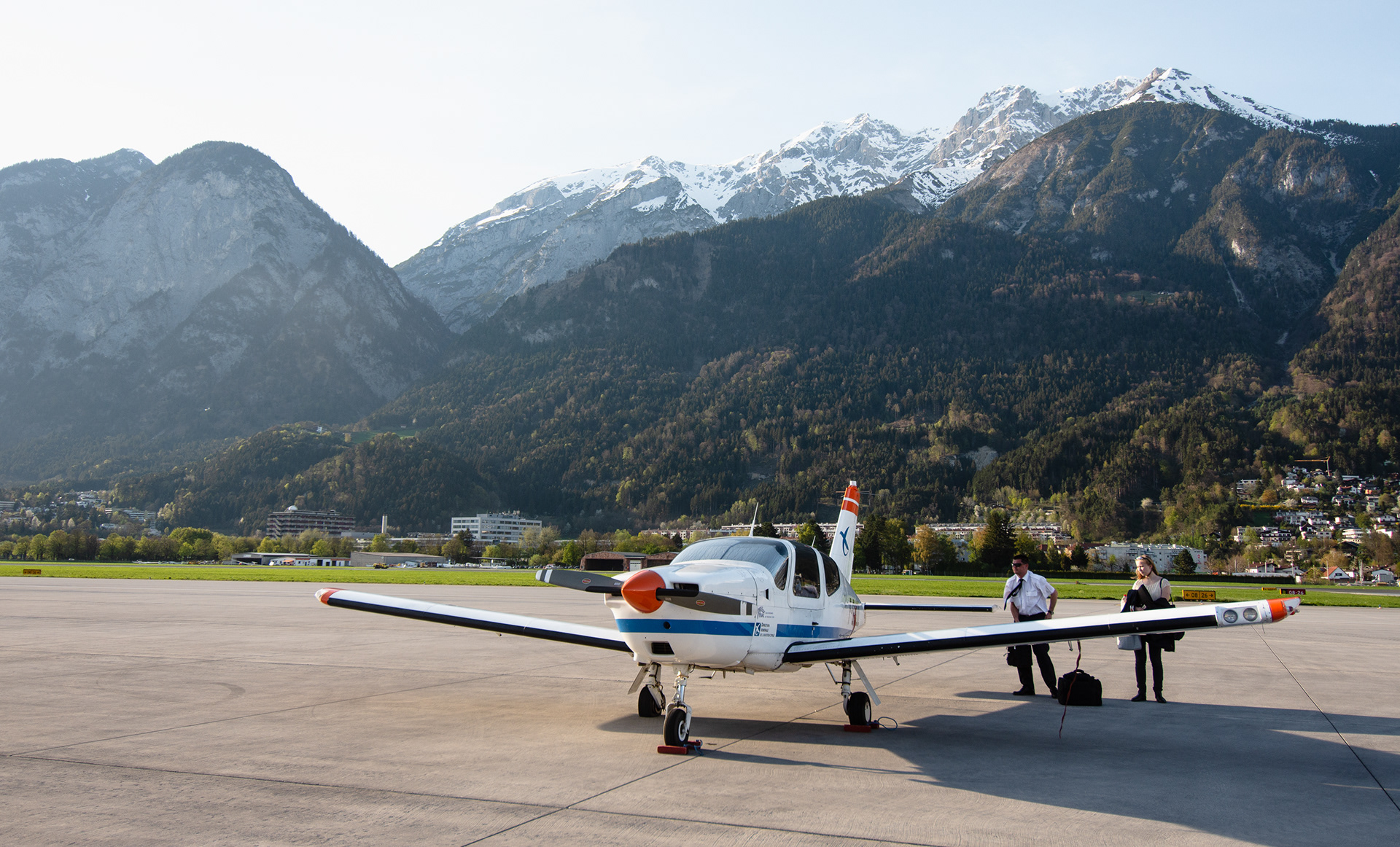
Leaving the TB20 for the night
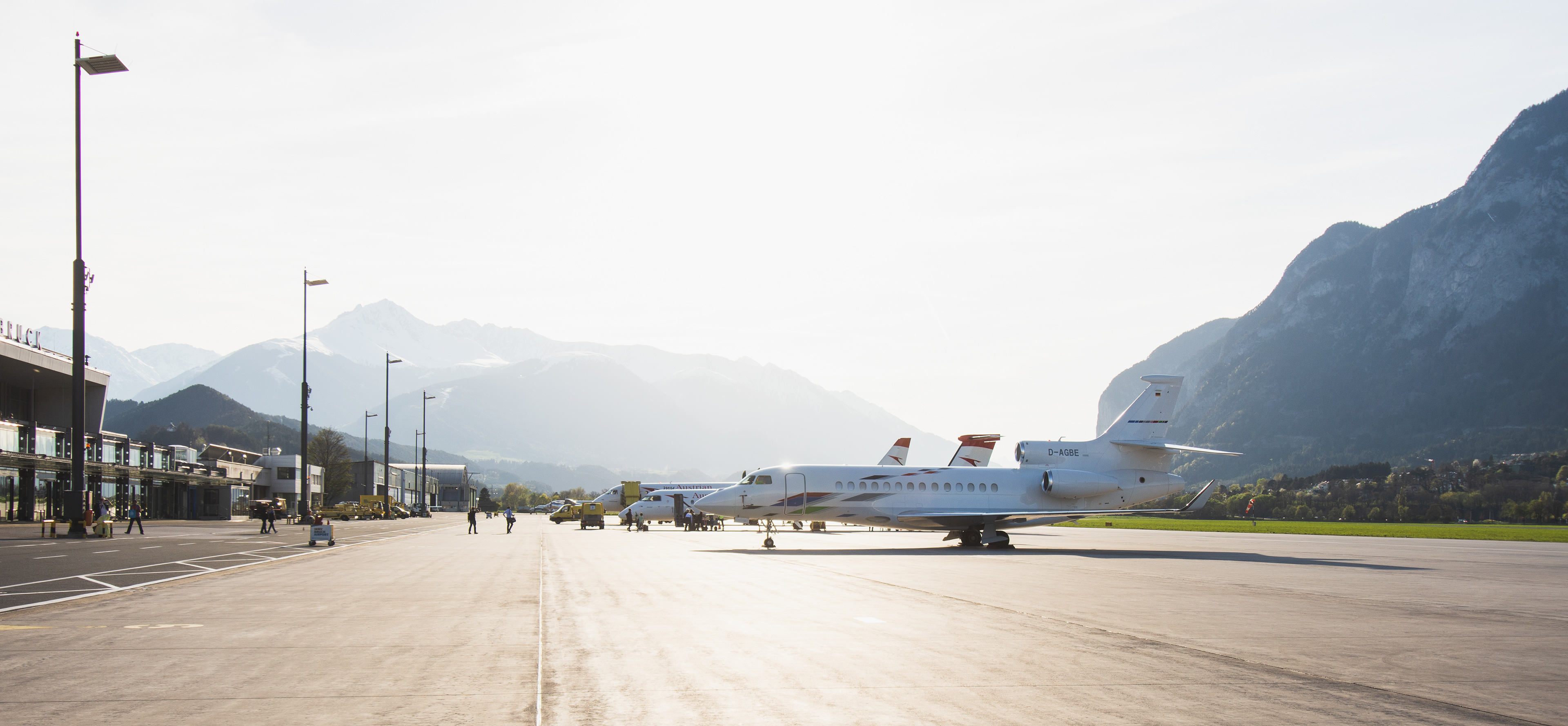
fancy apron in Innsbruck
On the third day of our journey across Europe, we woke up around 9am not knowing what was going to happen to us since our airplane had a flat tyre. Our instructor eventually received a call from our administration telling him that a Beech 58 was being sent to Innsbruck with a new tyre. After a little moment of surprise, we started re-planning our trip. We had to re-route in order to shorten our trip.
We finally settled for the following route: we would take-off from Innsbruck in VFR, then fly to the airport of Memmingen in Germany. Then, we would fly to Bern in Switzerland and finally straight to France.
The Beech Baron landed around 1 PM and an hour later we had a new tyre on the TB20. Valentin copied his clearance, a visual departure via the North-West route and minutes later we were up in the air, slaloming through the Alpine valleys. The scenery was magnificent and we felt really small compared to the huge rocky walls surrounding us. After a short cruise, the landscape changed quickly from the high mountains to the Bavarian lowlands. Valentin performed a decelerated ILS in Memmingen. Then came the usual refueling routine at the AirBP station.
After a persuasive discussion with an airport worker who was puzzled whether to make us pay the fee or let us fly to Switzerland, Léana sat behind the yoke of the QL and started negotiating a slot with the tower. We were supposed to fly in the area of Friedrichshaffen where the AeroEXPO airshow was taking place so there was a bit of coordination going on. Once Leana started the TB20 up, the fee-guy rushed back to the plane and showed us by hand signs the new departure slot through the window. Some have Datalink, we had a German bald guy announcing us the slot time on his fingers.
The flight to Bern was quite calm. We were all starting to feel a bit tired and while Léana was flying us to the Swiss capital city, we were getting rocked by TB20 flying through the air mass.
After a crew change in Bern, I jumped into the TB20 and took off. The flight took us above the Jura mountains with a wonderful sun slowly setting down. We switched to VFR and for my arrival in Grenoble I decided to do a power-off landing for training. It went horribly wrong and had to try it again. Yeah, practice does matter.


ENAC's Beech and TB20 on the apron
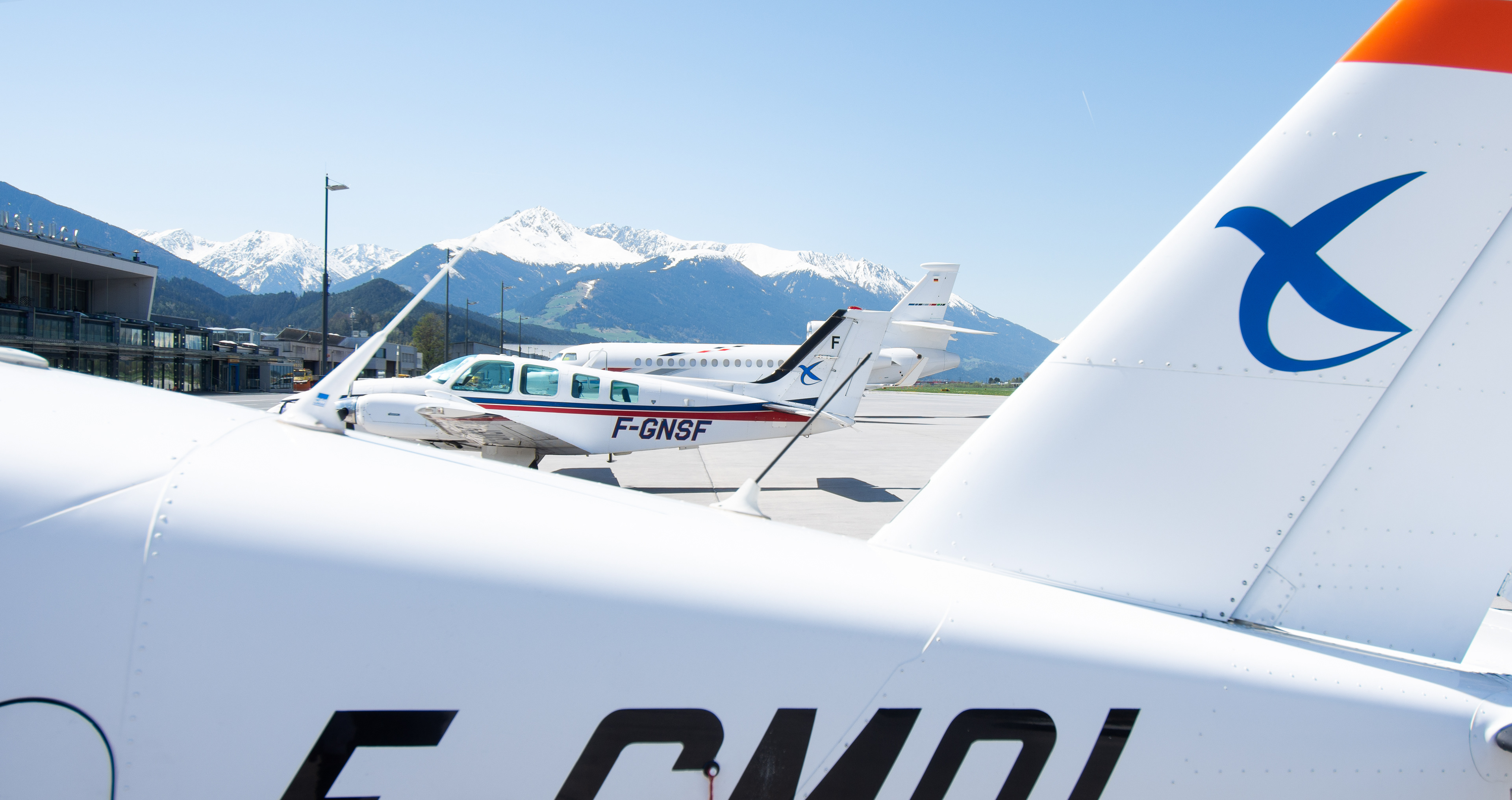
ENAC's Beech and TB20 on the apron


ENAC's Beech58 and Volkwagen's 7X



Lining up runway 26 in Innsbruck

VFR departure from Innsbruck
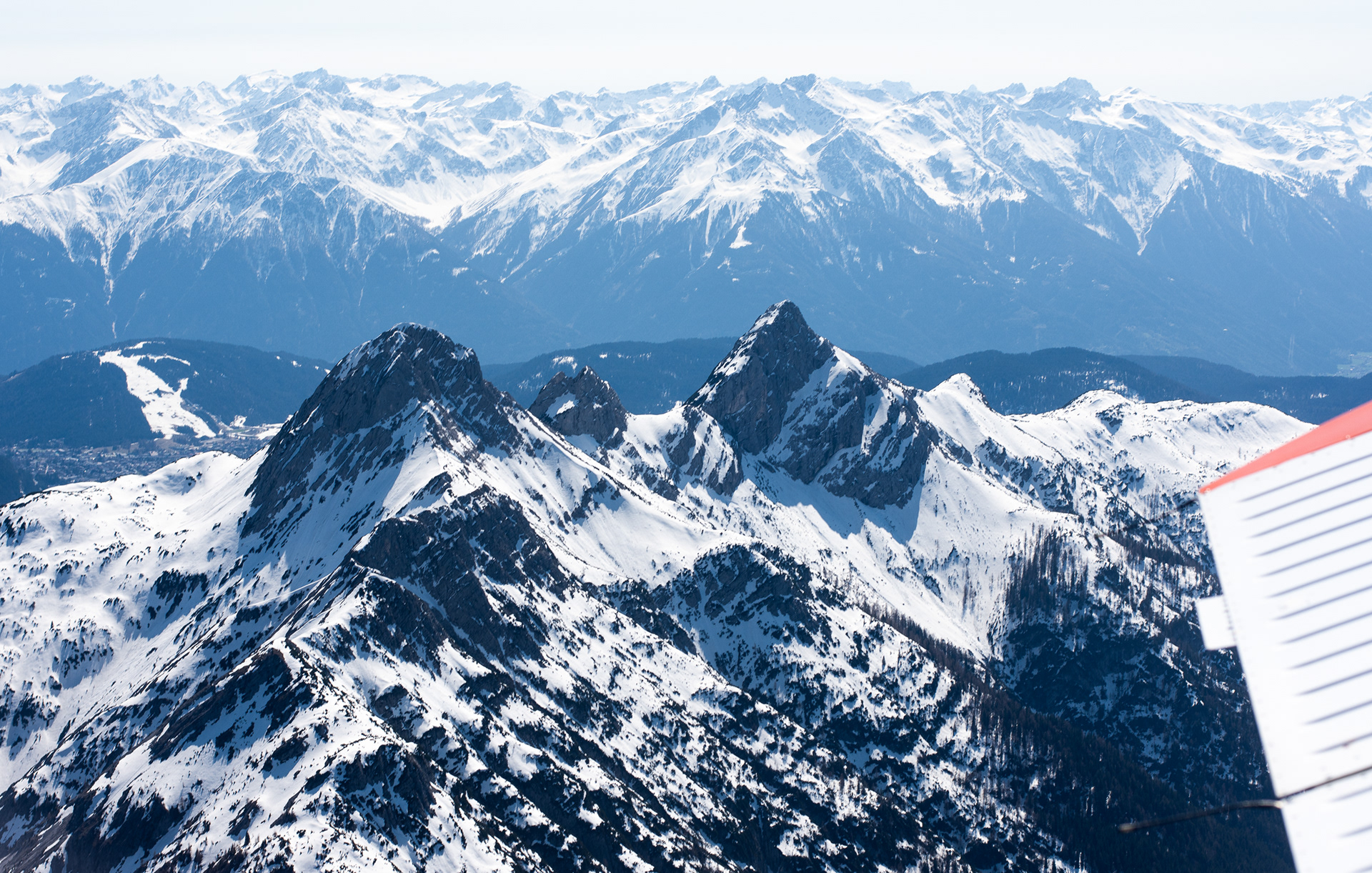

Flat earth bavaria
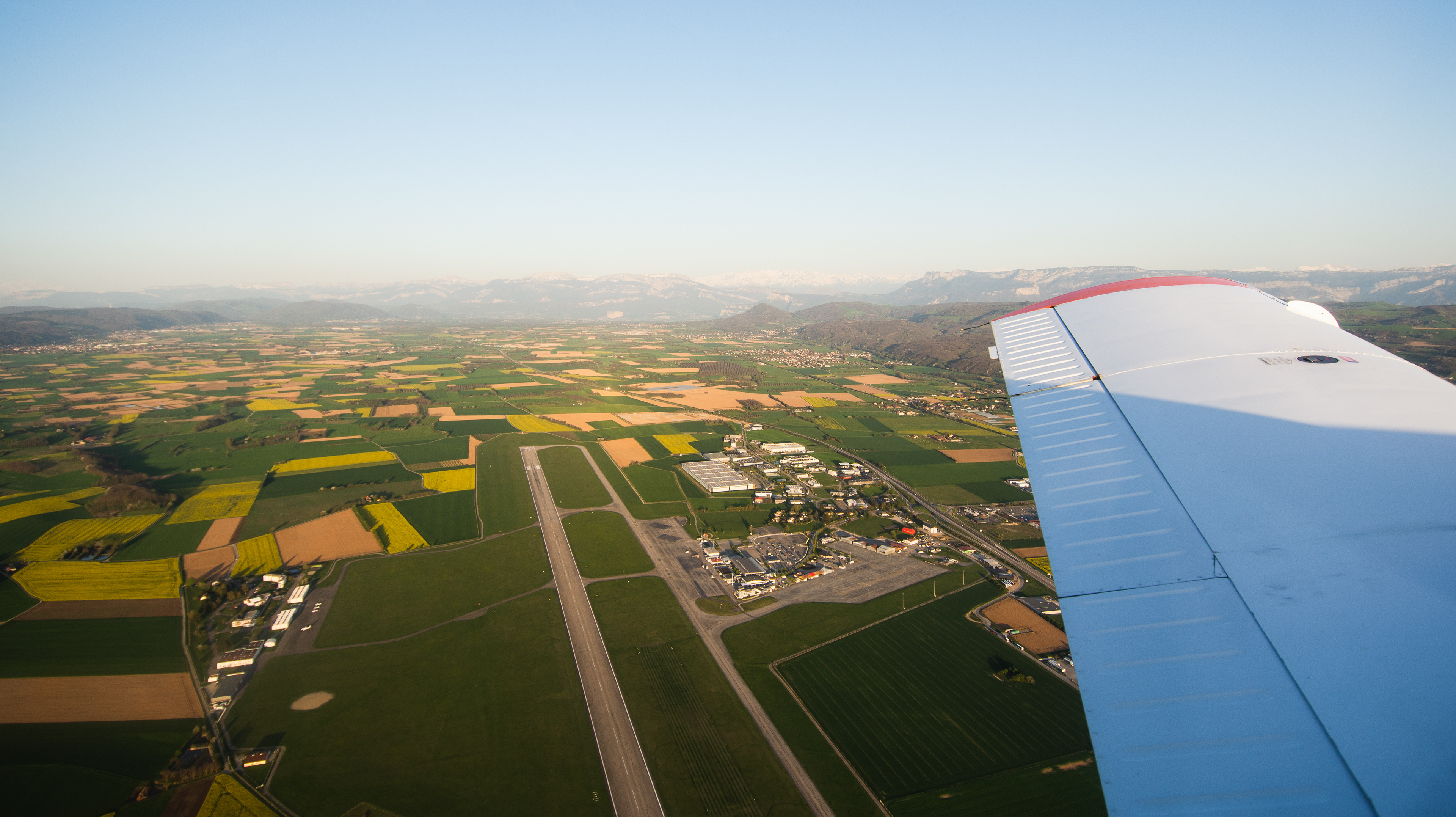
Night-stop in Grenoble
single engine IFR / Corsica
Our last flights on the TB20 led us to Corsica. Our last navigation departing from Montpellier was a two days journey. We took off from Montpellier before noon. We did our first stop in Cannes in order to refuel and we continued to Genova, Italy. We had to do this stop in Cannes because our Flight planning software, RocketRoute, couldn't a file a FPL at or below FL100 between Montpellier and Genova (FL100 being our max planning altitude since the TB20 isn't pressurized). The SID departing from Cannes fortunately was below FL100. In fact Cannes' SID is a short segment leading over the sea and then Nice-radar vectors you on your route.
We were vectored by a friend of Valentin working at Nice-Approach who made fun of our ridiculously low vertical speed (at that moment we were happy for anything above +400ft/min). We crossed the Italian Border at FL110 and requested radar vectors to Genova approach. Due to the preceding traffic they had us cross the ILS' axis to the North and intercept the ILS towards the South. We had a hard time understanding the Italian ATC. Since the ATC delayed our descent we intercepted the glide well above the published recommended altitude and so we were fully established on a long long final. The particularity of Genova's ILS is that there's a 2° offset with the runway's axis in order to pass all the obstacles, mostly cranes on the harbor.

The harbor in Genova is absolutely huge. From above its shape is quite particular, it looks like an inverted version of Dubai's Palm-fake-Islands-thing. The further we were descending on the ILS the more we could see from the city, the industrial parts are really huge. You better have to be on the LOC and GLIDE if you don't want to end up in this crane-forest. The runway itself is also quite a piece of art since it's surrounded on 75% of it sides by water giving it the shape of an aircraft-carrier.
When we finally landed on the concrete runway, we vacated right and taxied all the way to the AVGAS pump located beside the Piaggio hangars with several Piaggio parked there. Then started a long wait for the refueling. First a little punto arrived with a little italian man who told us that the fuel guy was coming, then he left. So we waited, then the punto-guy came back to tell us that the fuel-guy wasn't here, il capitano obvious. So again we waited until the BP employee arrived and refueled our loyal TB20. Then it was Val's turn to take us to Calvi, we taxied around several airliners parked at the terminal.

departing traffic from Nice
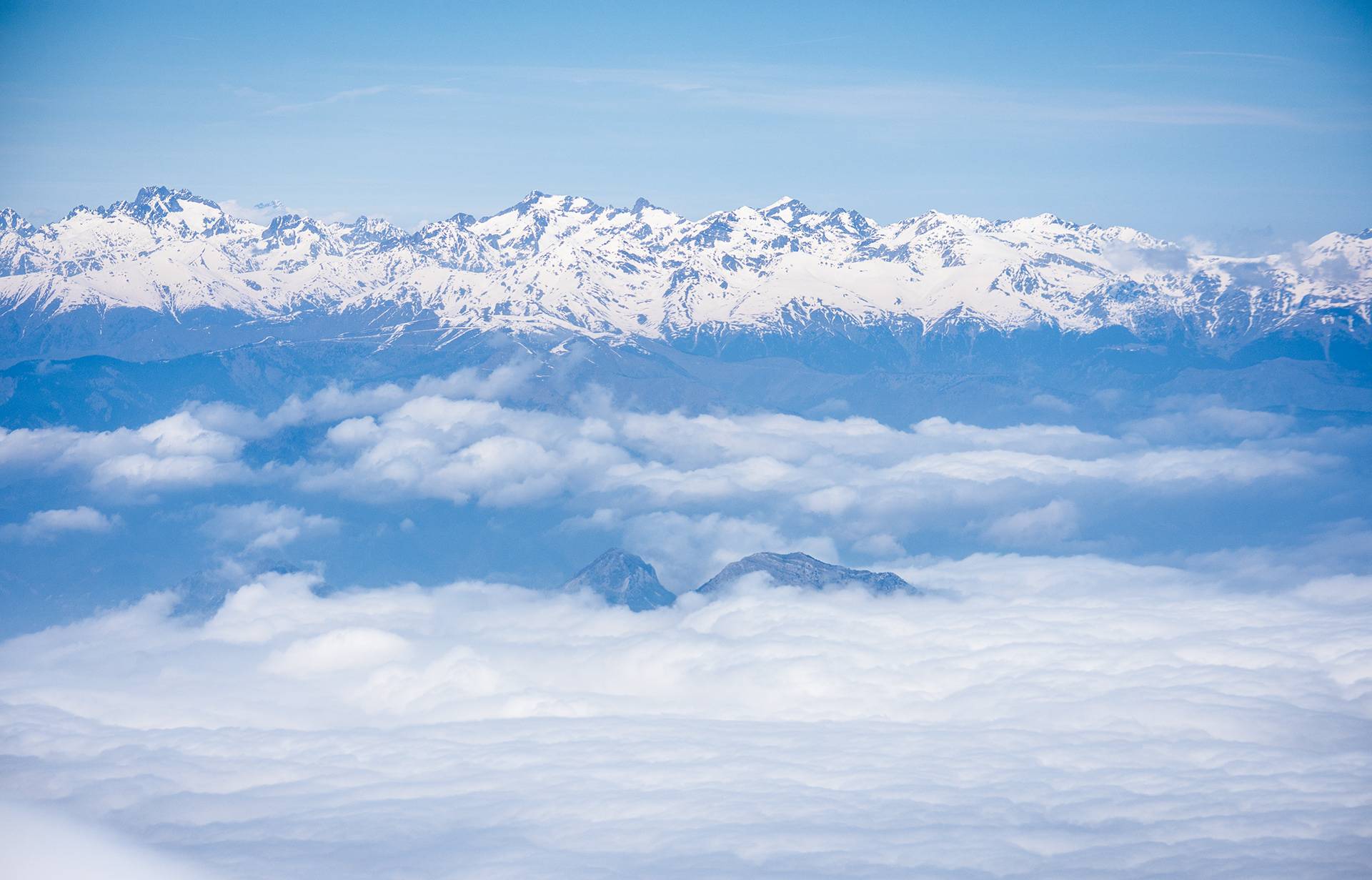

about to cross the border with Italy

vectoring
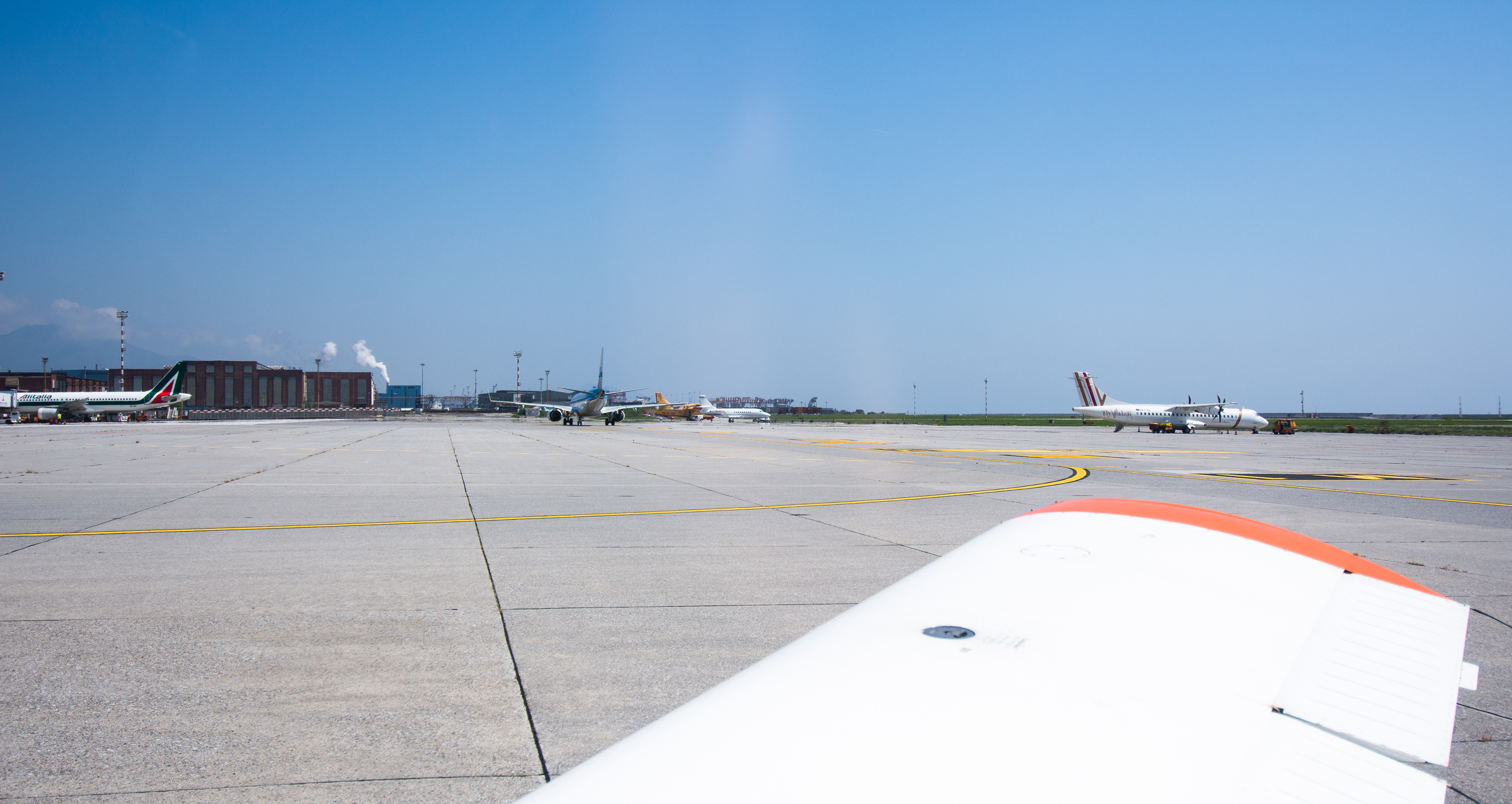

Piaggio's
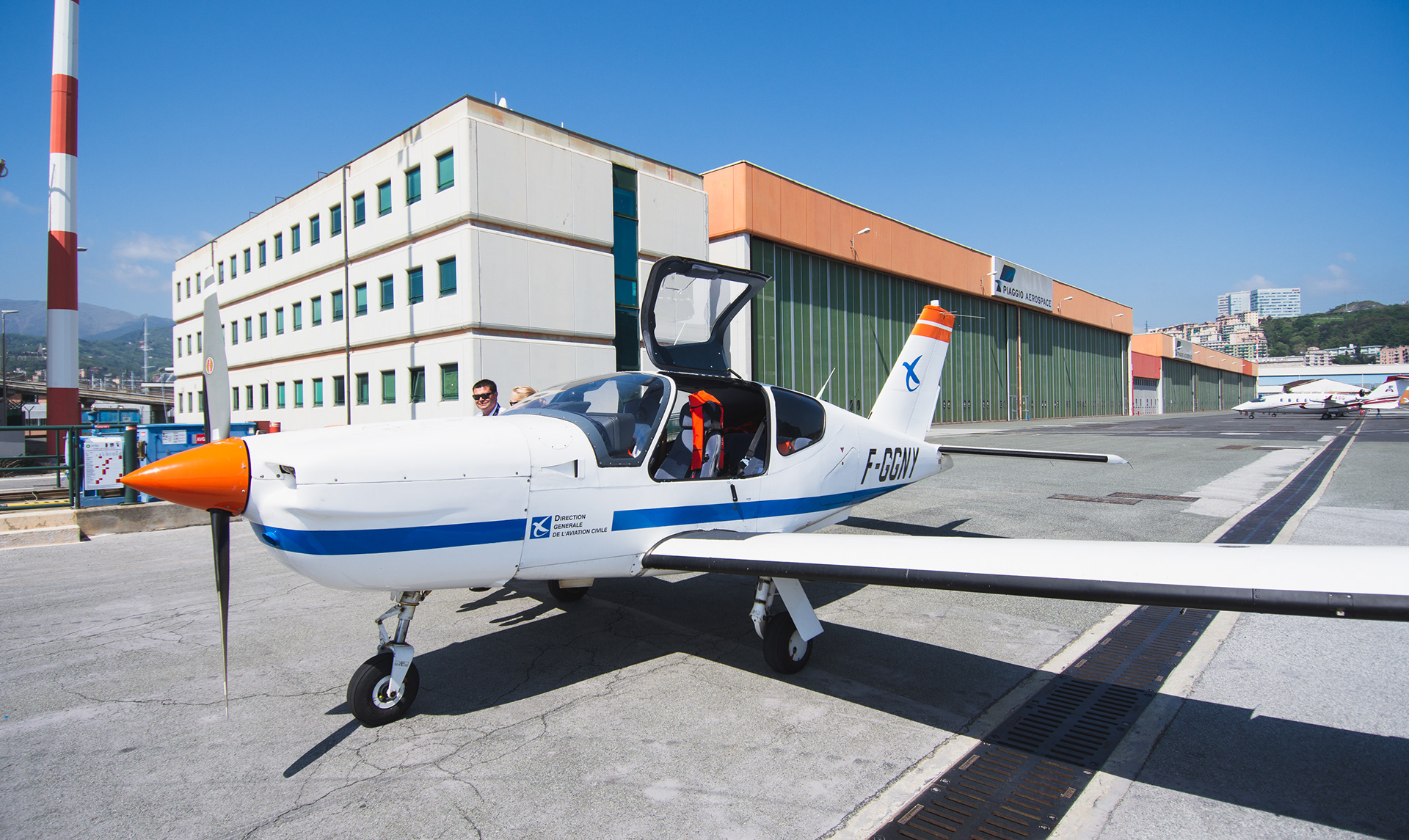
We took off alongside a tug-boat cruising alongside the runway. The arrival in Calvi was, as usual with Val, one of the smoothest with a super long final on the LOC-DME approach. He managed to do a smooth continuous descent without any horizontal flight. Then at the breaking point, Val conducted a left-hand Circle to land and a smooth, flaps40 landing. He parked the plane on the dry grass apron where a van came to take us to the Terminal. Several minutes later we were sitting in a cab driving through the Corsican landscape to the town of Calvi where our hotel was waiting for us. After a tour of the city's fortress we went for a drink on the little harbor in the city center where we then ate. With Valentin we wanted to go for a last drink before bed, but the only open bar was the least appealing I had seen in a while, so we decided to end the night there.

departing from Genova
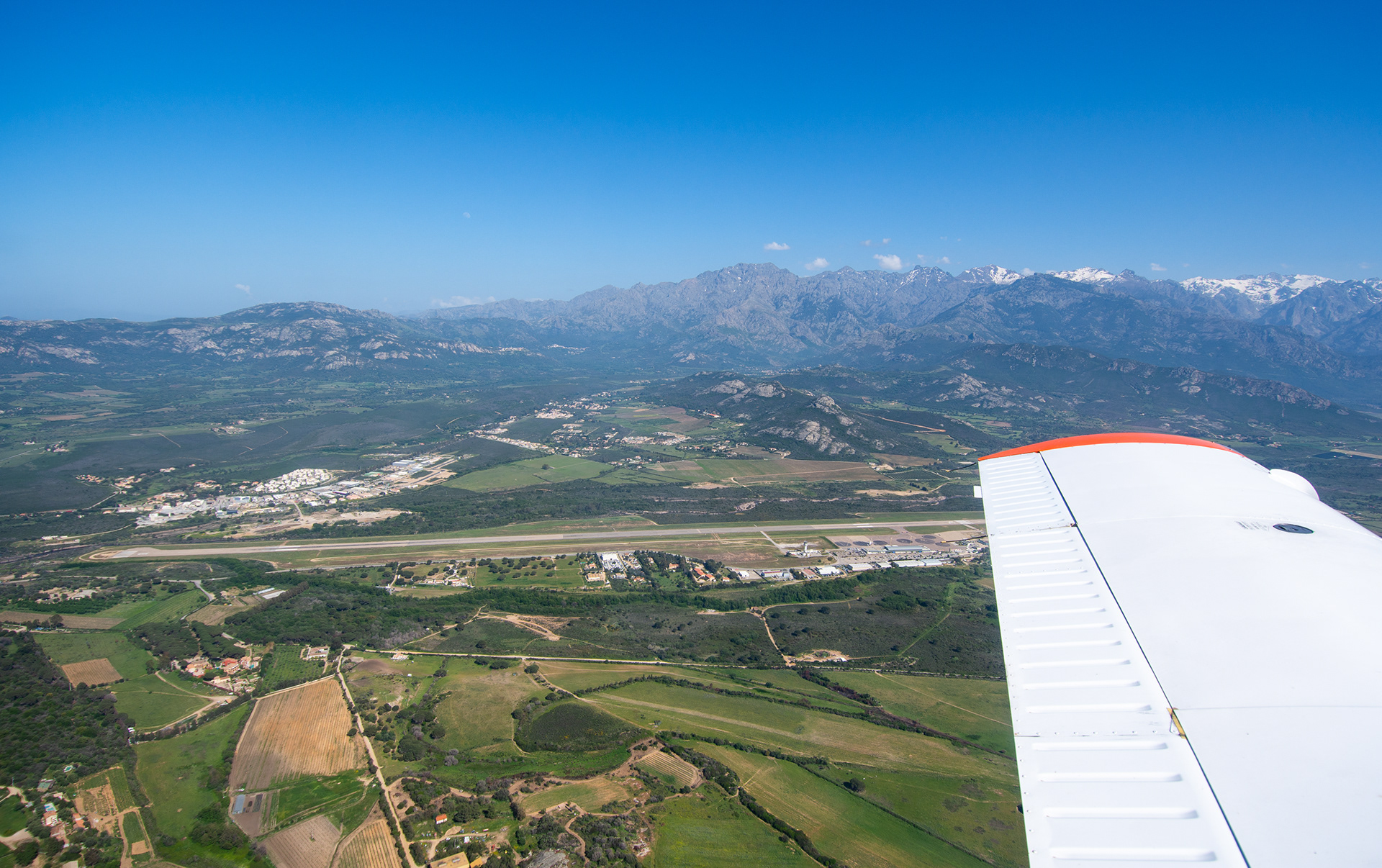
Left hand circling to Calvi
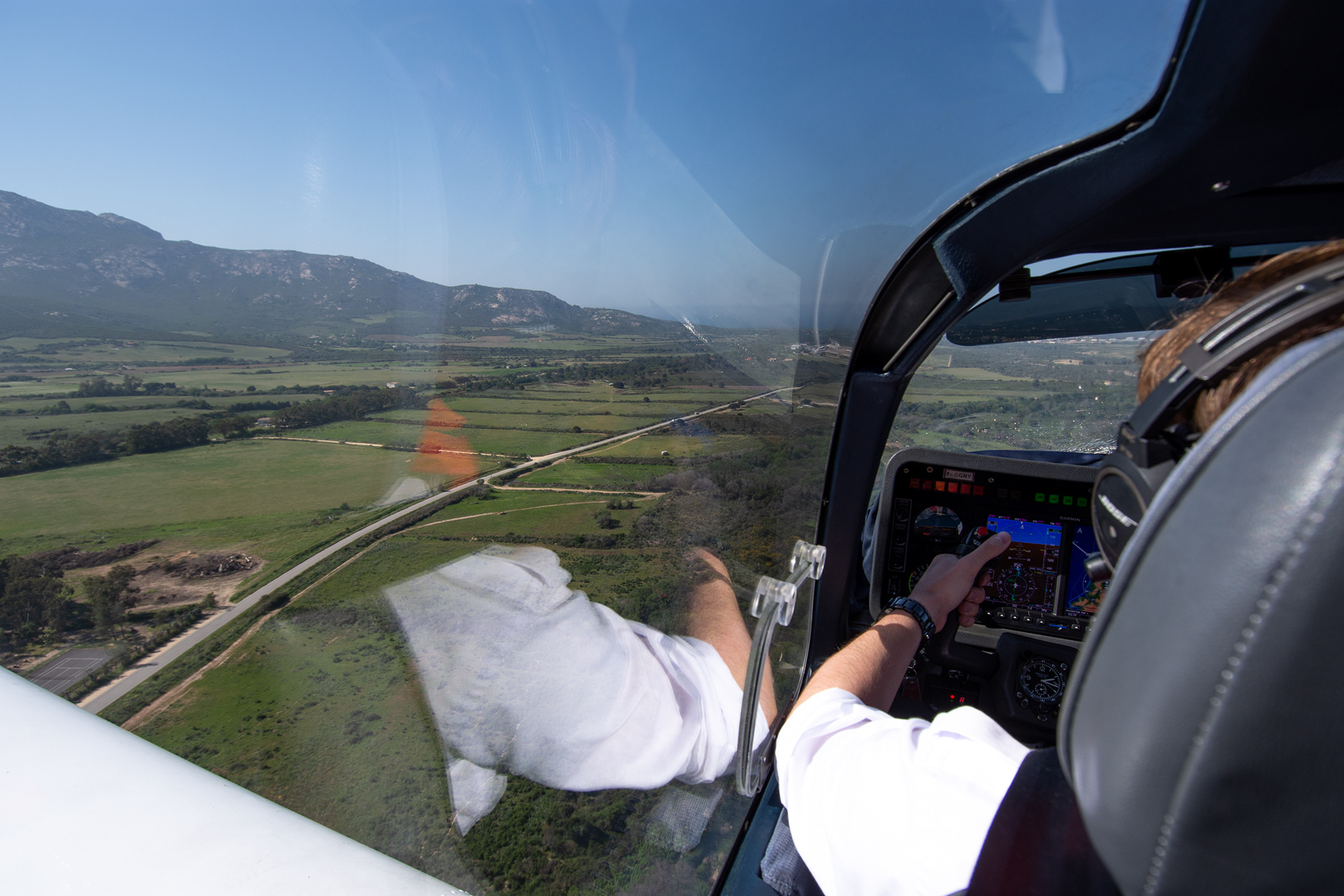

Refueling and leaving the TB20 for the night
The next day was the last one, the last day of our IR-SE, the last day flying the TB20, the last day of our training in Montpellier and the last day with our beloved instructor with whom we had spent the past eight month. It's hard to describe all the feelings and thoughts that were flowing through my mind. I felt quite empty, like after a long run when you are thinking about all the effort you put in, all the landscapes you saw and now it's over and you feel a bit useless, searching for a purpose. Anyway, after a breakfast at the hotel's last floor with a view on Calvi's bay, we headed to the airport with a taxi driver who was complaining that she wasn't supposed to work that day and that she was sorry for the music on the radio, all this at 110km/h on the small countryside roads, but her Mercedes was comfy, so whatever. For this last flight I sat on the instructor seat, at first I was feeling like if I was re-discovering the TB20, but the fact to hold the yoke with the right hand and the throttle with the left had a cool "737 F/O" feeling.
I did a standard take-off with the TB20. During the climb we passed around the city of Calvi, so I banked the plane to the left to let my backseating-pals and my instructor have a last view of this one-of-a-kind city. I departed under a Z flight plan to allow us to visit this part of Corsica flying low and fast above the sea. Following the coastline was a blast, it was so good to do a bit a VFR, even for only 15min, but damn that felt right. Entering every little bay, passing the rocky cliffs and back on the open sea. When our TB20 approached Ajaccio TMA I requested the IFR clearance to the beginning point of the VPT procedure in Ajaccio. So, yes in the end I did everything in VFR. The VPT lead us over the city of Ajaccio where some huge boats were parked, the VPT's downwind is quite high and you have to descend a lot in the base. For this last landing I lowered all the flaps as soon as on the axis in order to slow down as much as possible and make these last seconds last as long as possible. ENAC School 672Z, Runway 20, cleared to land, when the woman in the tower told me that it was really the end and my answer was just a quiet readback. I did a 180 on the runway and vacated on a left handed taxiway. One last after landing actions and checklist and taxi to the fuel station where a Cirrus SR22 was refueling. I stopped the engine and enjoyed every second of the apron actions. I opened the doors letting the sea breeze enter the cockpit, I took a deep breath and disembarked the TB20.
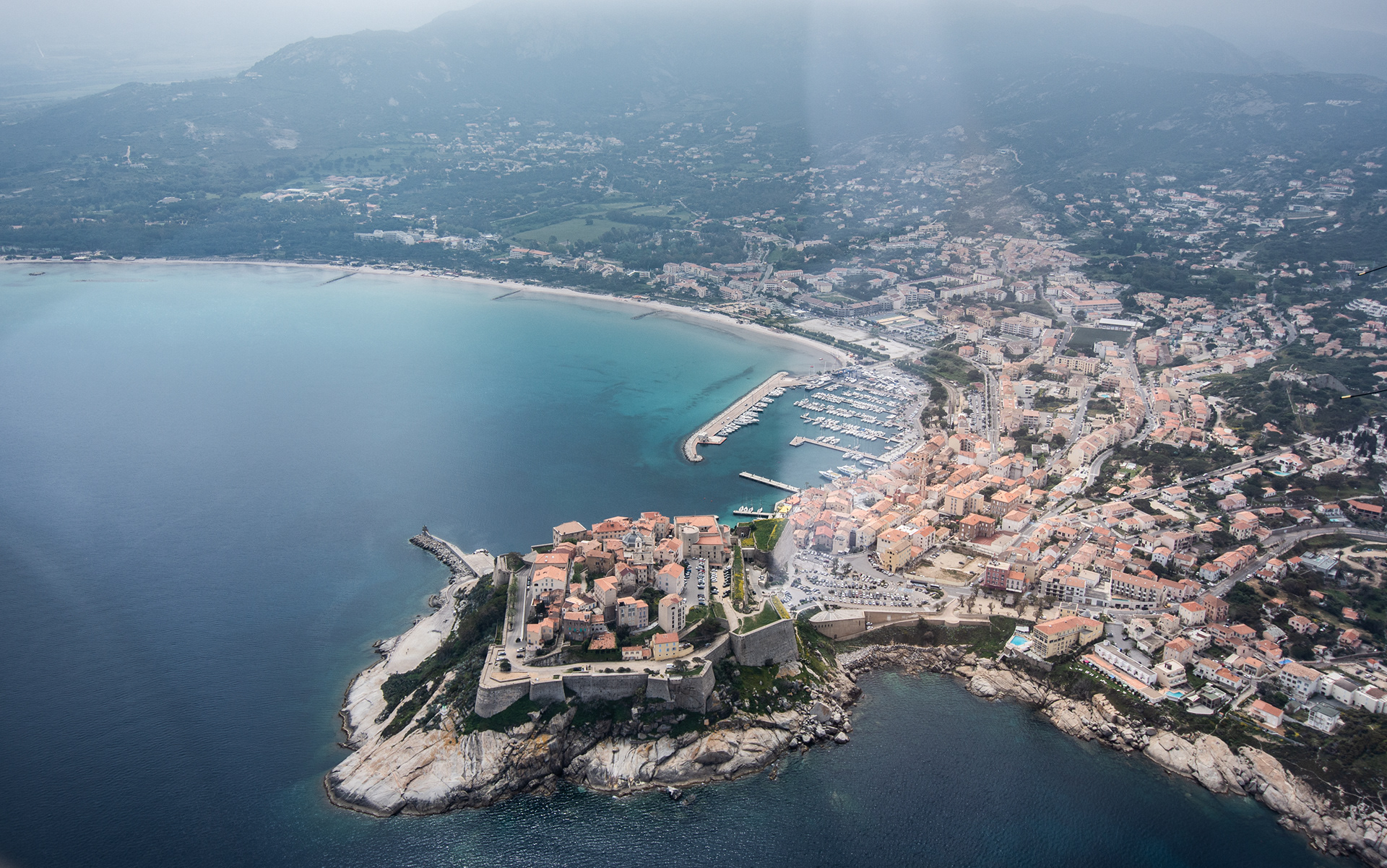
Léana took over the TB20 and following a Standard Instrument Departure (SID) she headed south towards Sardinia. Our next stop was the airport of Olbia located in the North-eastern part of the Italian Island. The weather was good and stable but with a thick layer of haze which resulted in a lower visibility on the arrival to Olbia where Léana executed a standard ILS approach and departed to Figari asking for a less direct route in order to see the Corsican south west coast. In Figari we received a warm welcome by a friend of mine who was working at the Tower. Once we parked the TB20 on the apron the tower told us that they were waiting for us with a coffee up in the tower. Thanks for the welcome Ophélie!

gray Sardinia
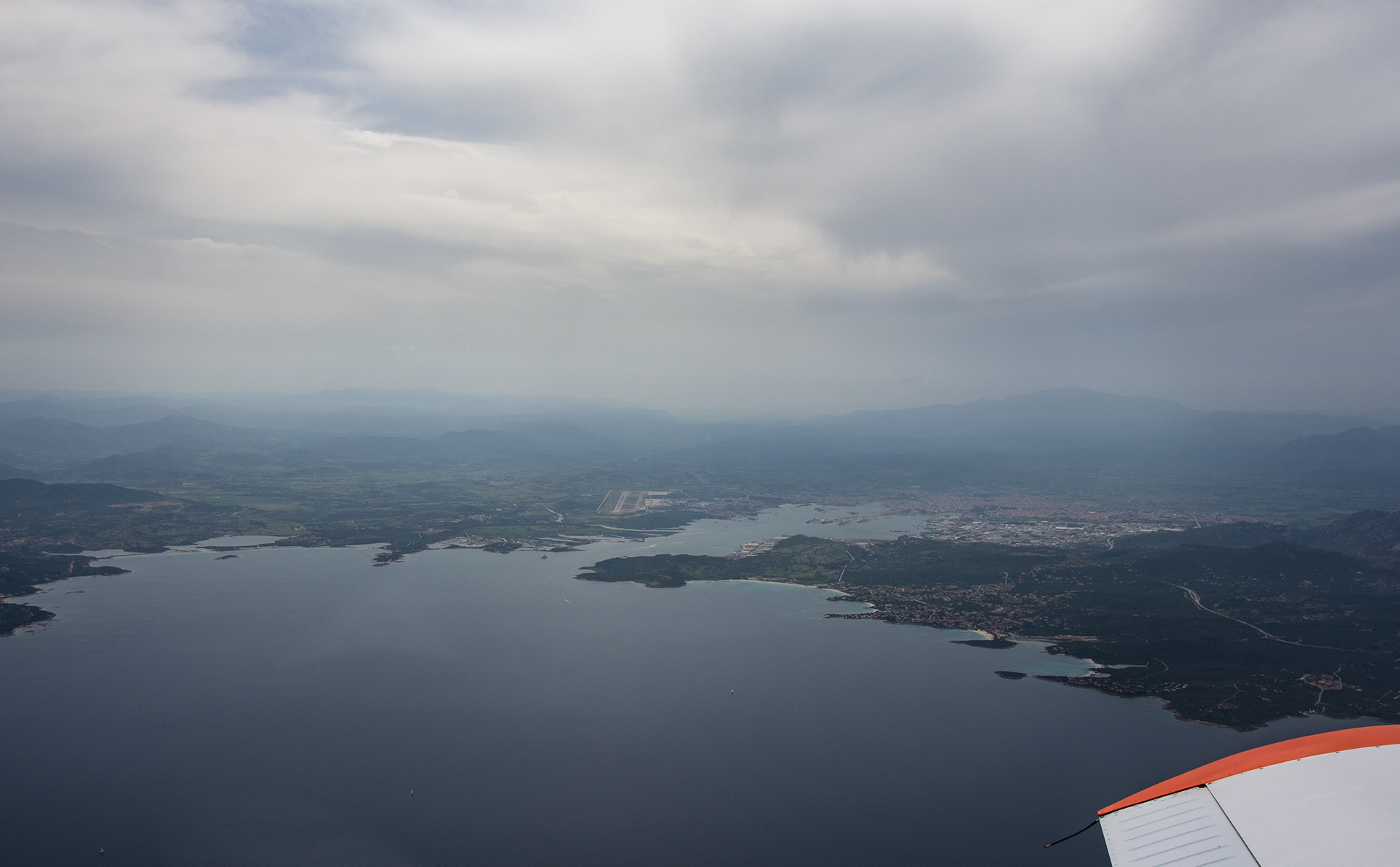
Left turn from Olbia towards Corsica
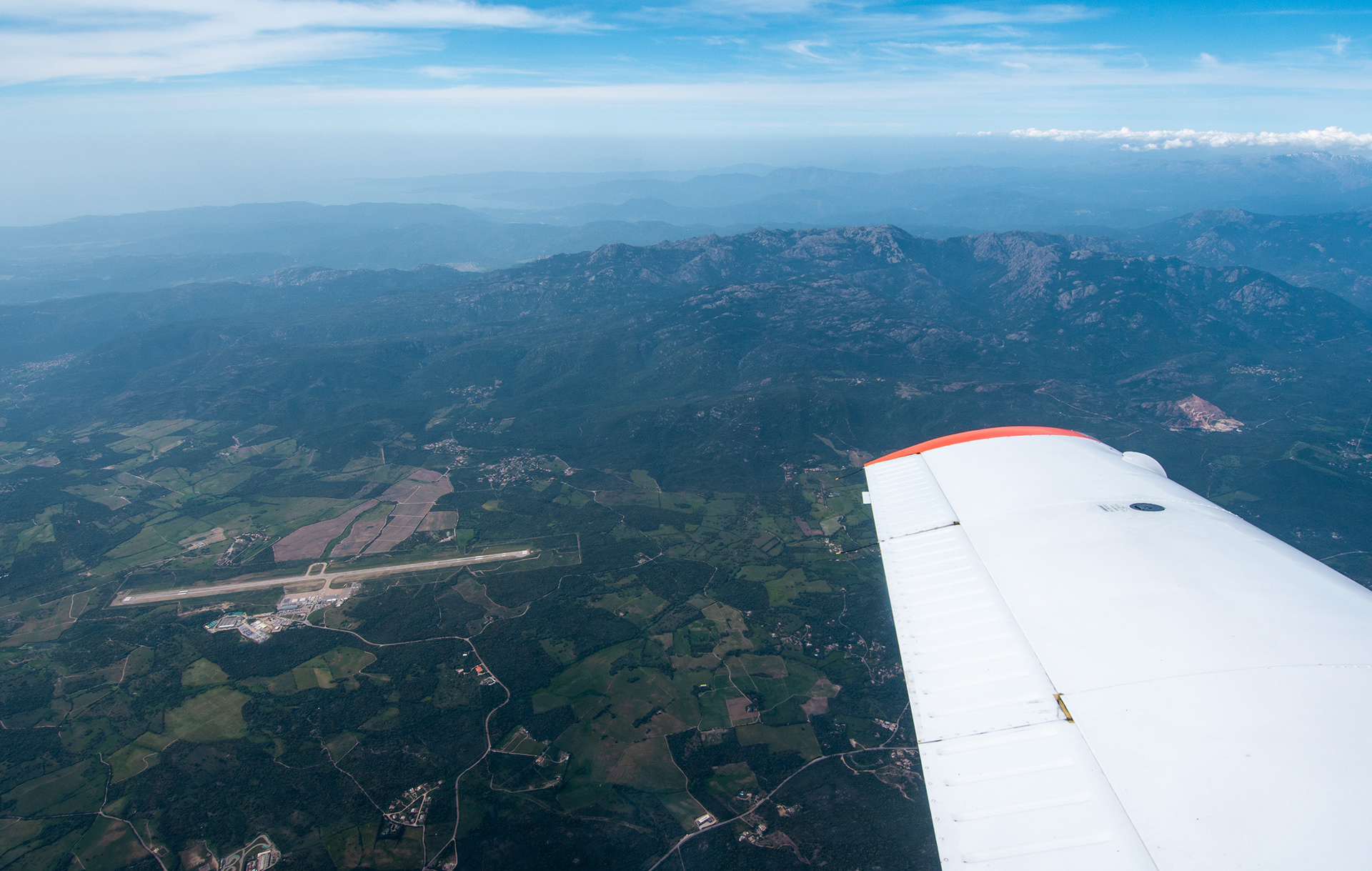
Overflying Figari

Final approach in Figari
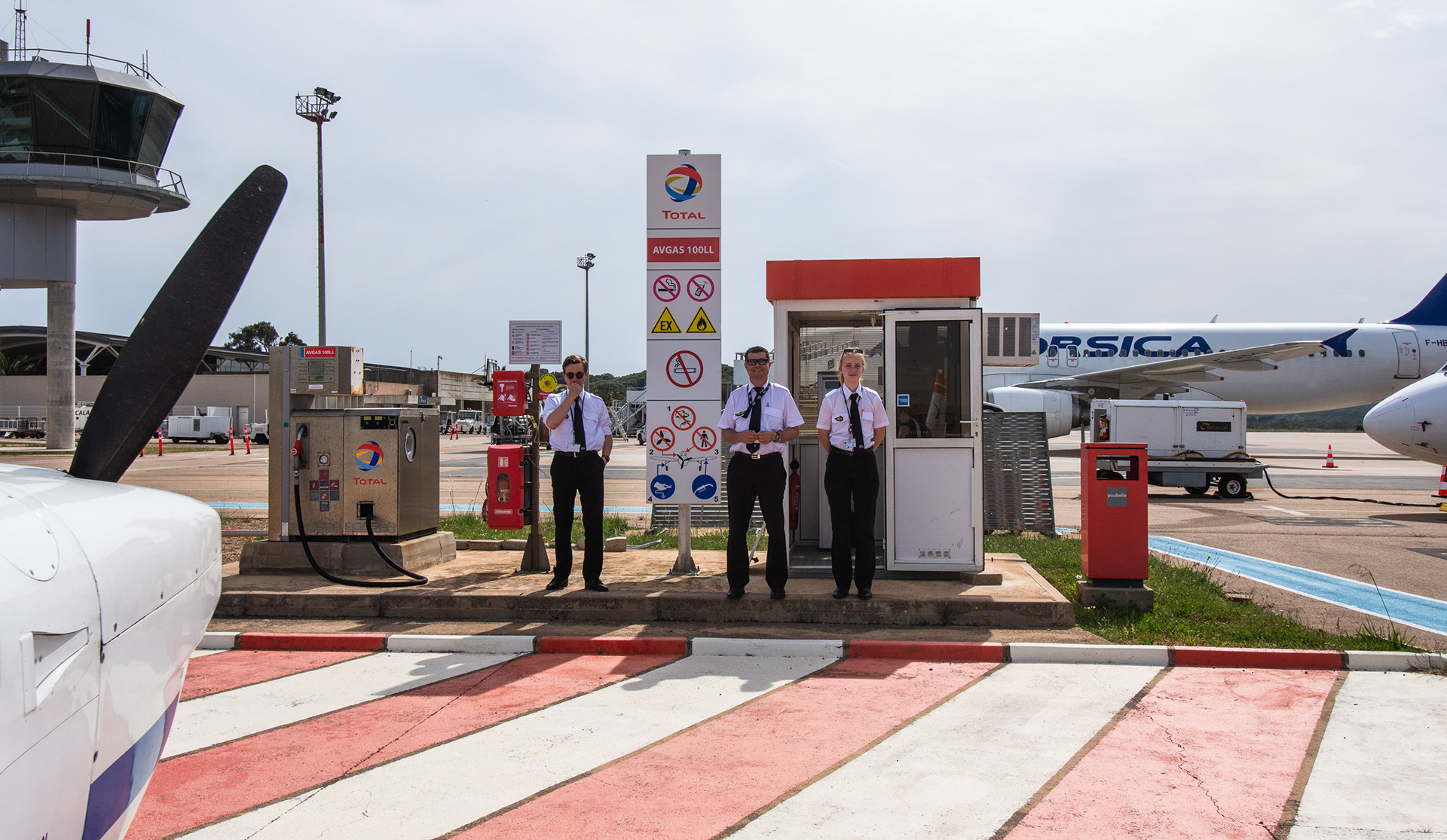
After an hour-long chat with the controllers we headed to the TB20. It was Valentin's last flight, from Figari to Cannes. He also filed a Z flight plan. He took off from Figari, stayed at 500ft and headed south towards Bonifaccio first, then to the Lavezzi Island, the most southern part of France. Valentin was able to tell us the name of each bay and island since he was coming here on a regular basis by boat with his family. One more fly-by over Bonifacio and we were heading north towards AJO VOR: leaving Figari's airspace and entering Ajaccio's. The more we went north, the more clouds were seeing. Below us the cloud layer slowly transformed itself into a solid overcast. Due to this meteorology in Cannes the LOC-DME approach runway 35 was in force which is a real rarity. The sun was setting down on our left and Valentin gave us the most spectacular cloudsurfing we ever did. this far. We flew through the first layer and ended up caught between two layers of overcast with the sun setting down in between those two layers, producing an amber glow, making us wonder if what we were living was real. Landing and taxiing went without a word. On the apron, once the engine stopped, there was a serious tension in the cockpit. It's hard to describe our thoughts at this time, only the silence and our red eyes were showing our feelings out.
After a quick and quiet refuel we took off, the visibility was poor, the clouds were low and the light was declining. One of those gloomy evening when you don't know if you should rather stay at home and watch a movie or stay at home and watch a series. Rotate! below us the runway lights accelerated and few seconds later we were entering the cloud layer climbing away from the saddest version of Cannes-airport we had ever seen. We spent several minutes in the clouds and suddenly we broke through the clouds like a rocket and the sky gave us, once again a spectacular view. The last sun rays were caressing the cloud tops with their amber light and we were the spectators of this painting. On board the atmosphere was quiet, Valentin and I spent the entire flight glued to the windows of the TB20. When we arrived above Marseille, another surprise was waiting for us, the huge "Velodrome" stadium was illuminated as it was two minutes before the launch of a football game between Marseille and Salzbourg. I was only hoping that this ultimate flight could last as long as possible. We arrived to Montpellier at night, Léana performed a VOR 30R at minimums she went around for a traffic pattern. Meanwhile an AirFrance A320, that had to slow down during his descent because of our first approach (that's always satisfying), landed below us on the light island which is the airport of Montpellier.
Right base and final runway 30R, the last short stall warning beep and touchdown. Léana vacated the runway and stopped at the Fuel pump. It was the calmest refueling we ever did, not a word, our instructor was trying to joke around to release the atmosphere.
Right base and final runway 30R, the last short stall warning beep and touchdown. Léana vacated the runway and stopped at the Fuel pump. It was the calmest refueling we ever did, not a word, our instructor was trying to joke around to release the atmosphere.

Bonifacio

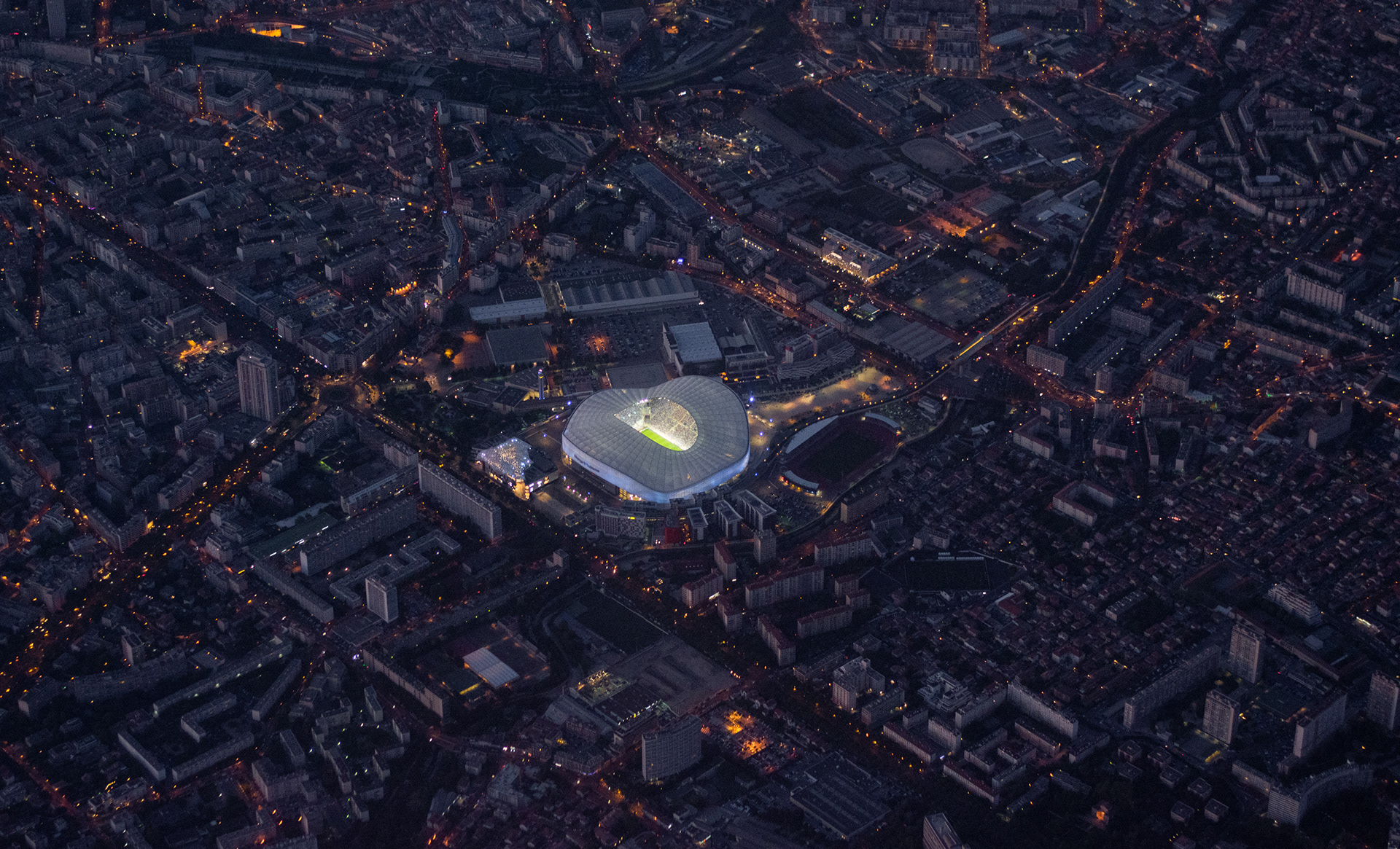
Stade vélodrome de Marseille
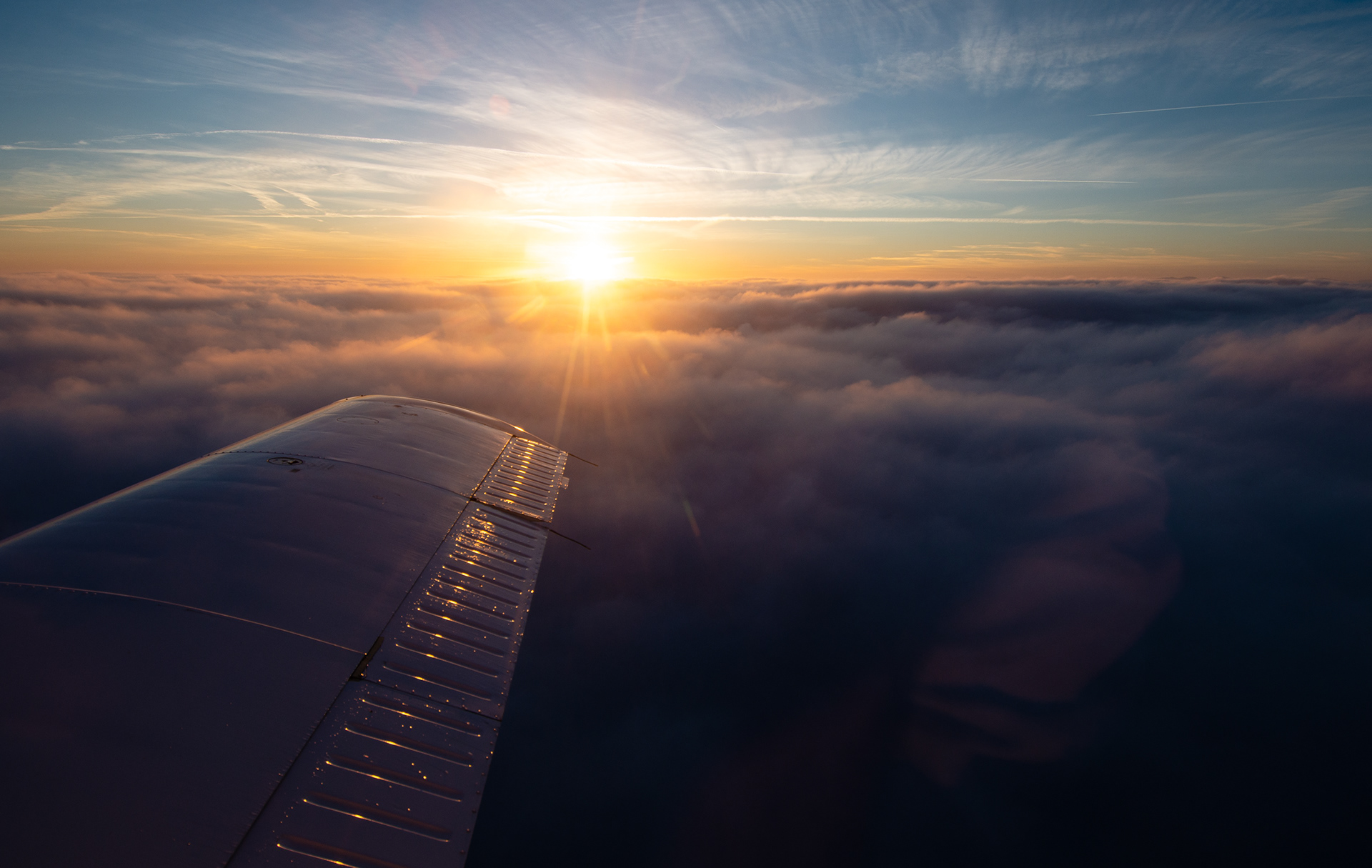
Cloud surf

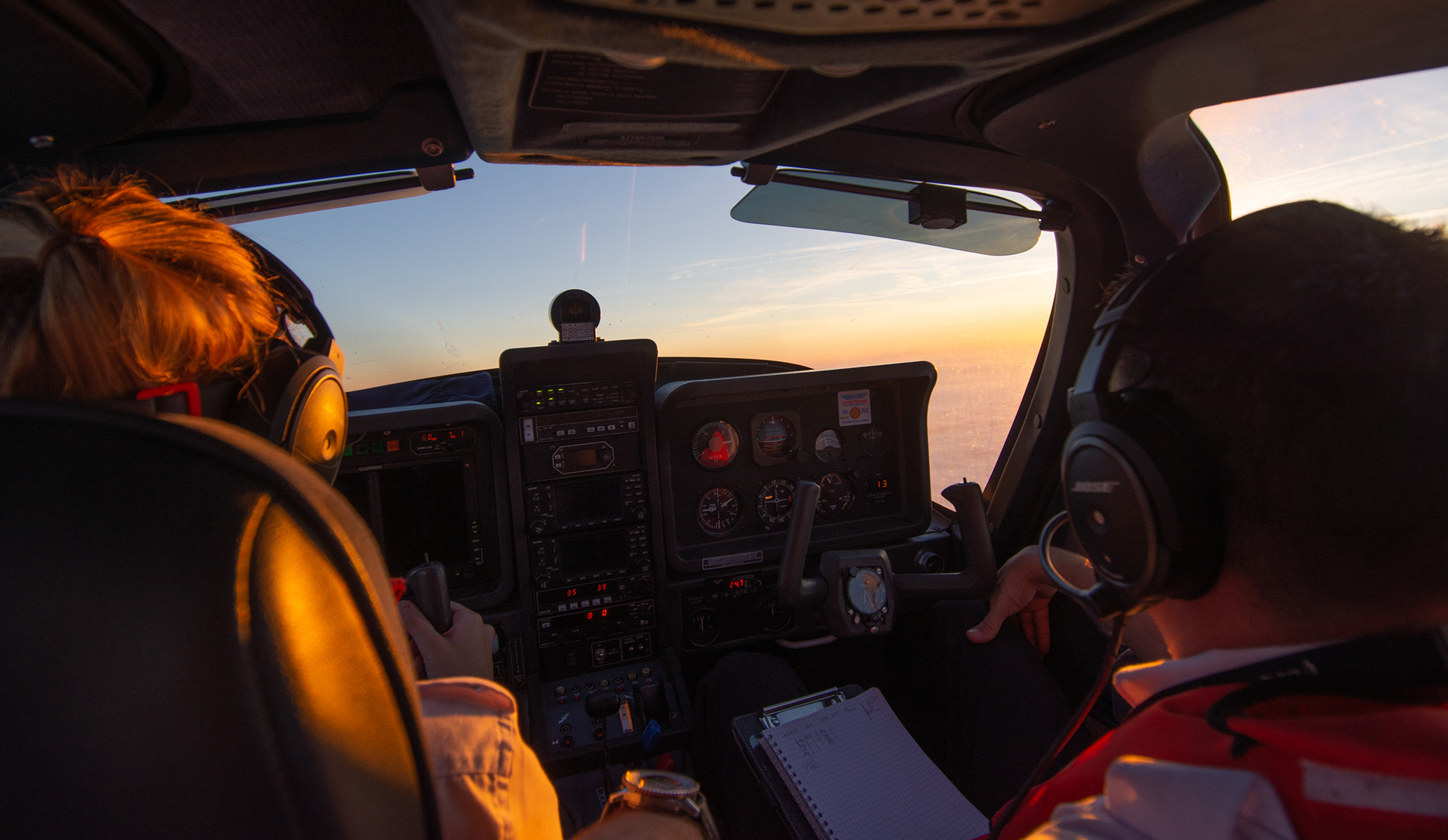
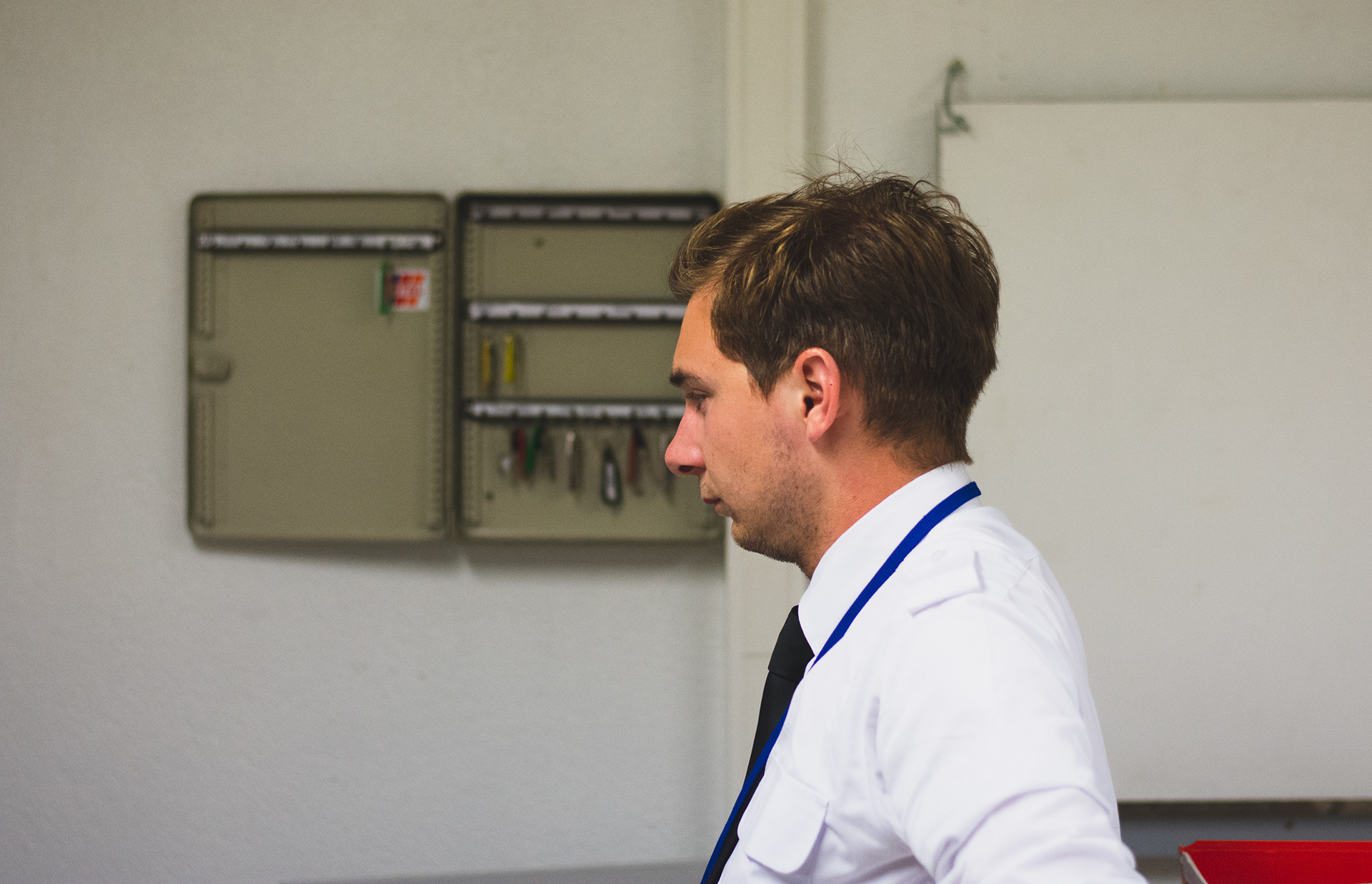
multi-engine rating
In october 2018 we moved on to the next part of our training: multi-engine. Moving to the Beechcraft Be58 Baron, was even more thrilling than we expected. The power unleashed by the 600 hp is just phenomenal. I'll always remember the first take-off in the Baron. Standing on the brakes, moving the throttle levers forward, releasing the brakes and accelerating on the runway of St-Yan was a truly unique experience. After this first flight we were like kids on Christmas with Valentin. This plane handles so well, it's truly one of the best flying experience I had so far. The inputs you make on the yoke are so precise. Everything works perfectly, all those metal switches have a unique feel to them. And the power oh my god, having those two engines at the end of your fingertips is crazy. Especially flying in VFR at 200kts is a blast.

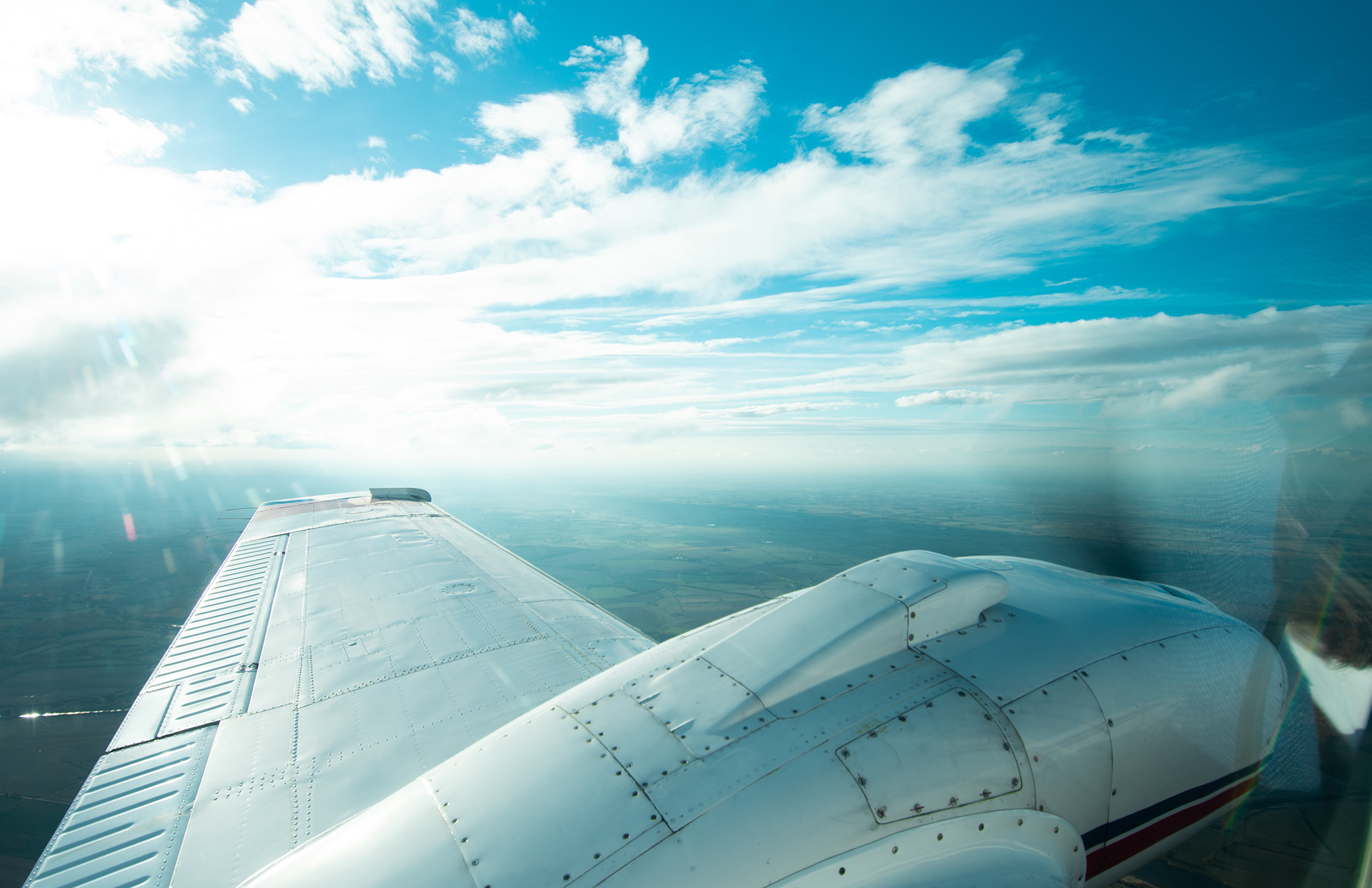
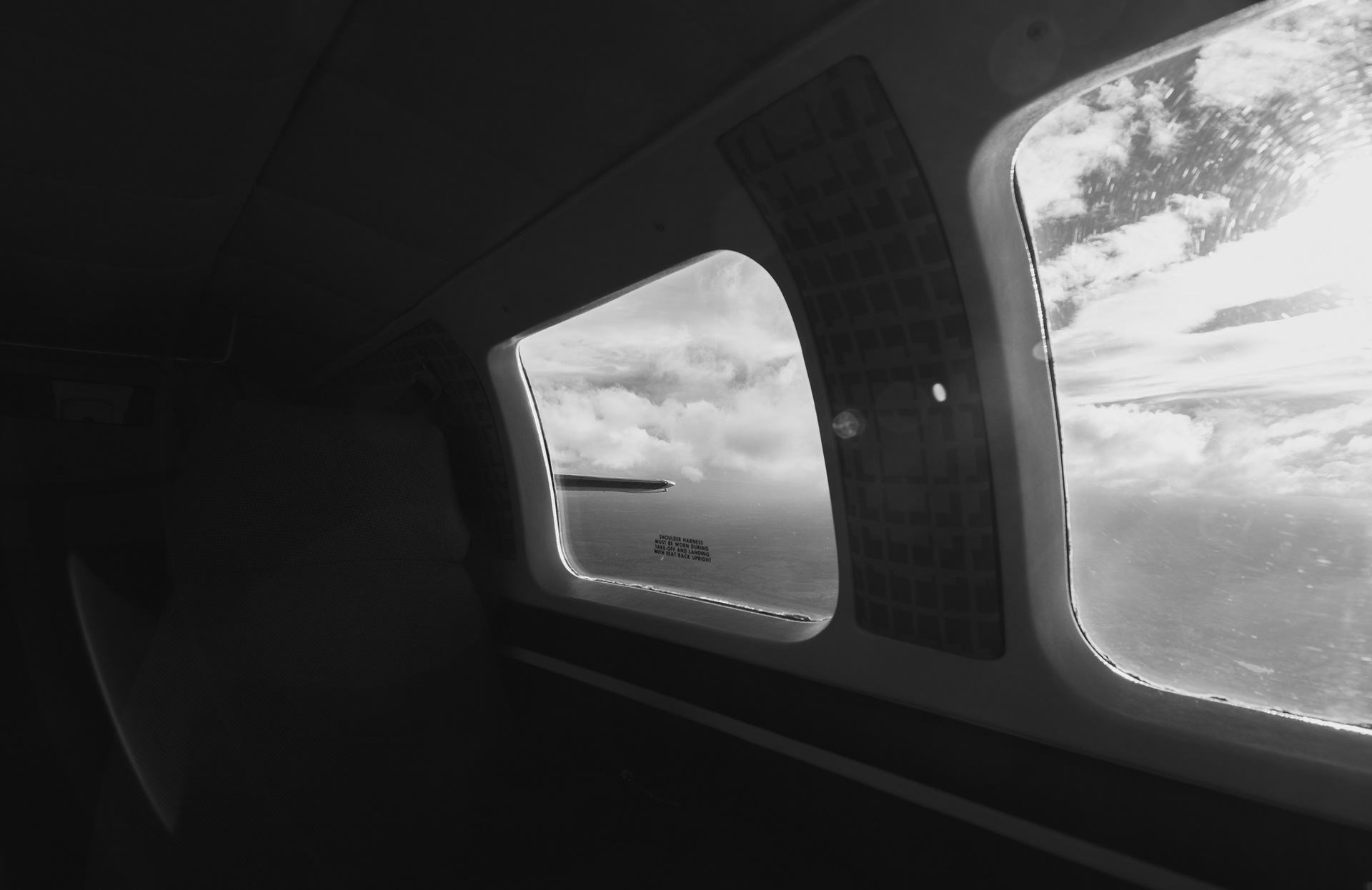

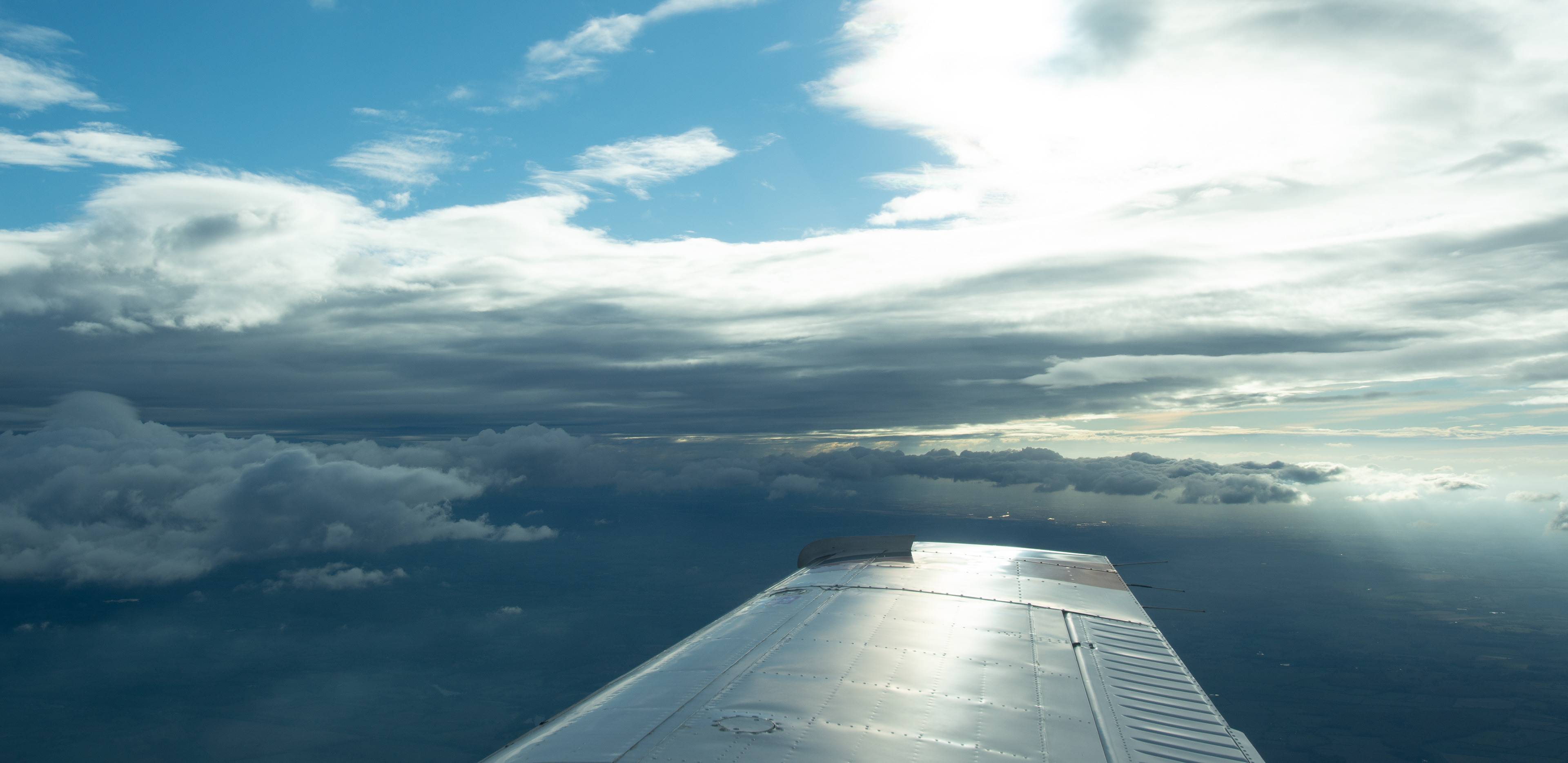
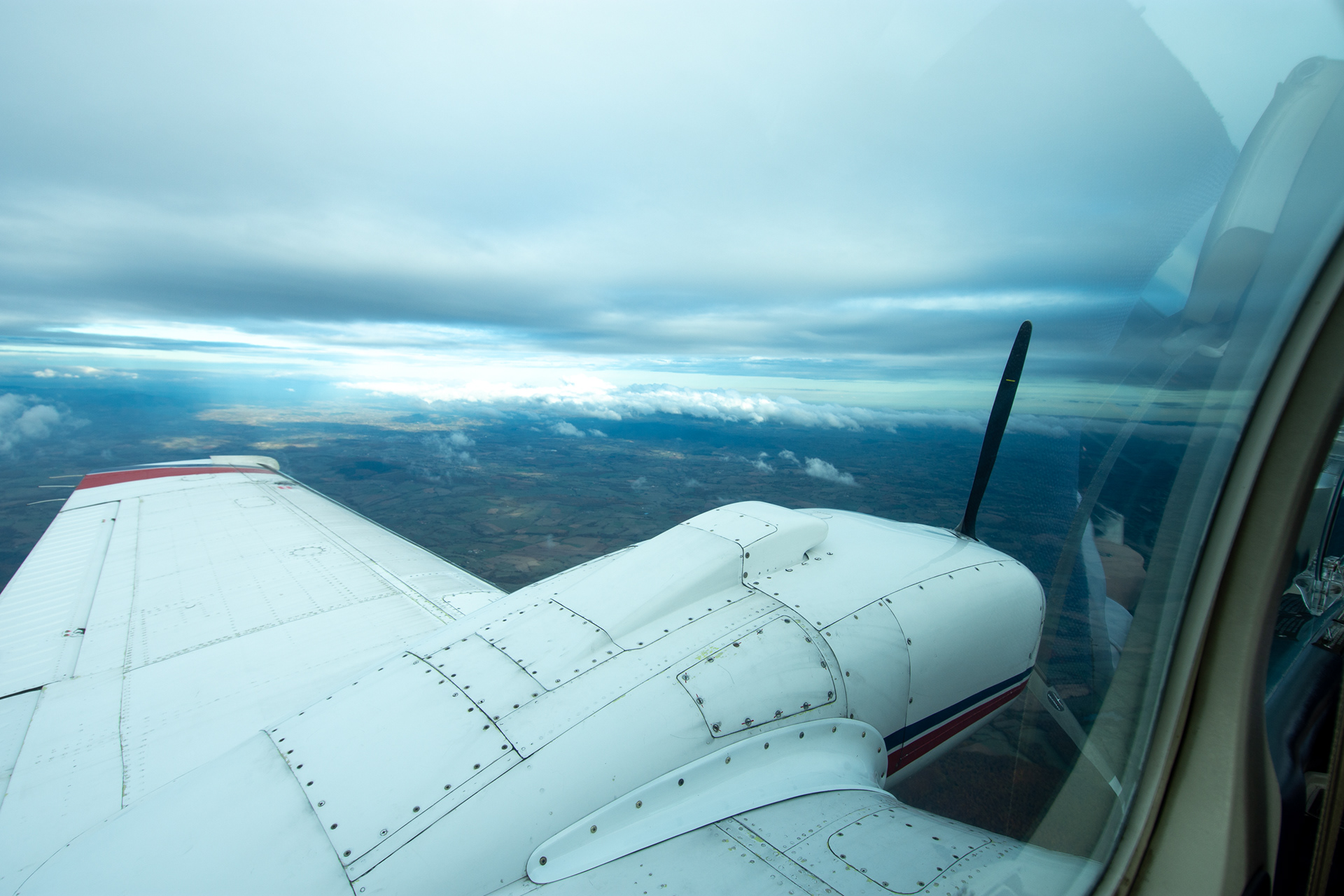
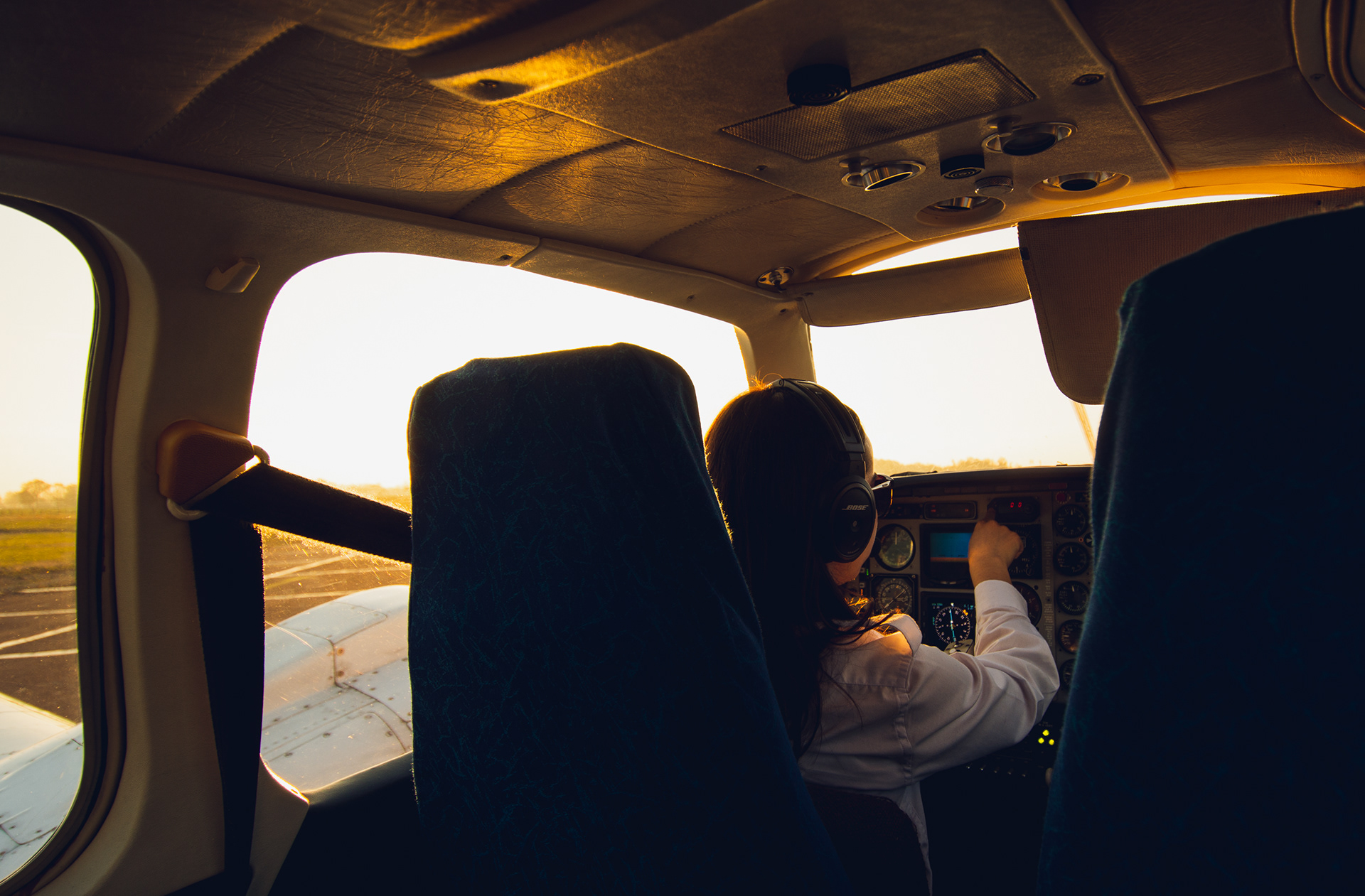
Maëlys preparing the Baron for take off



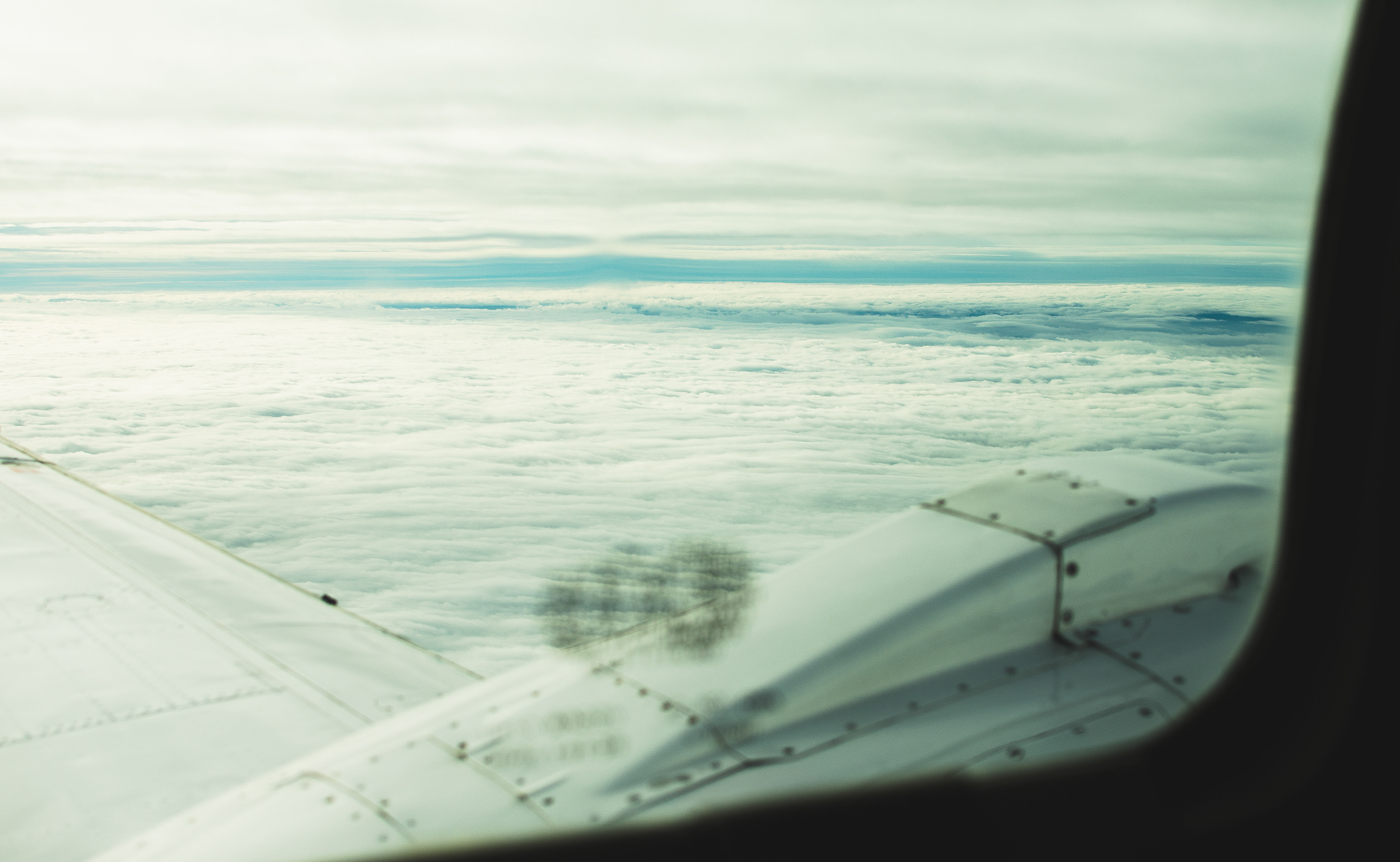



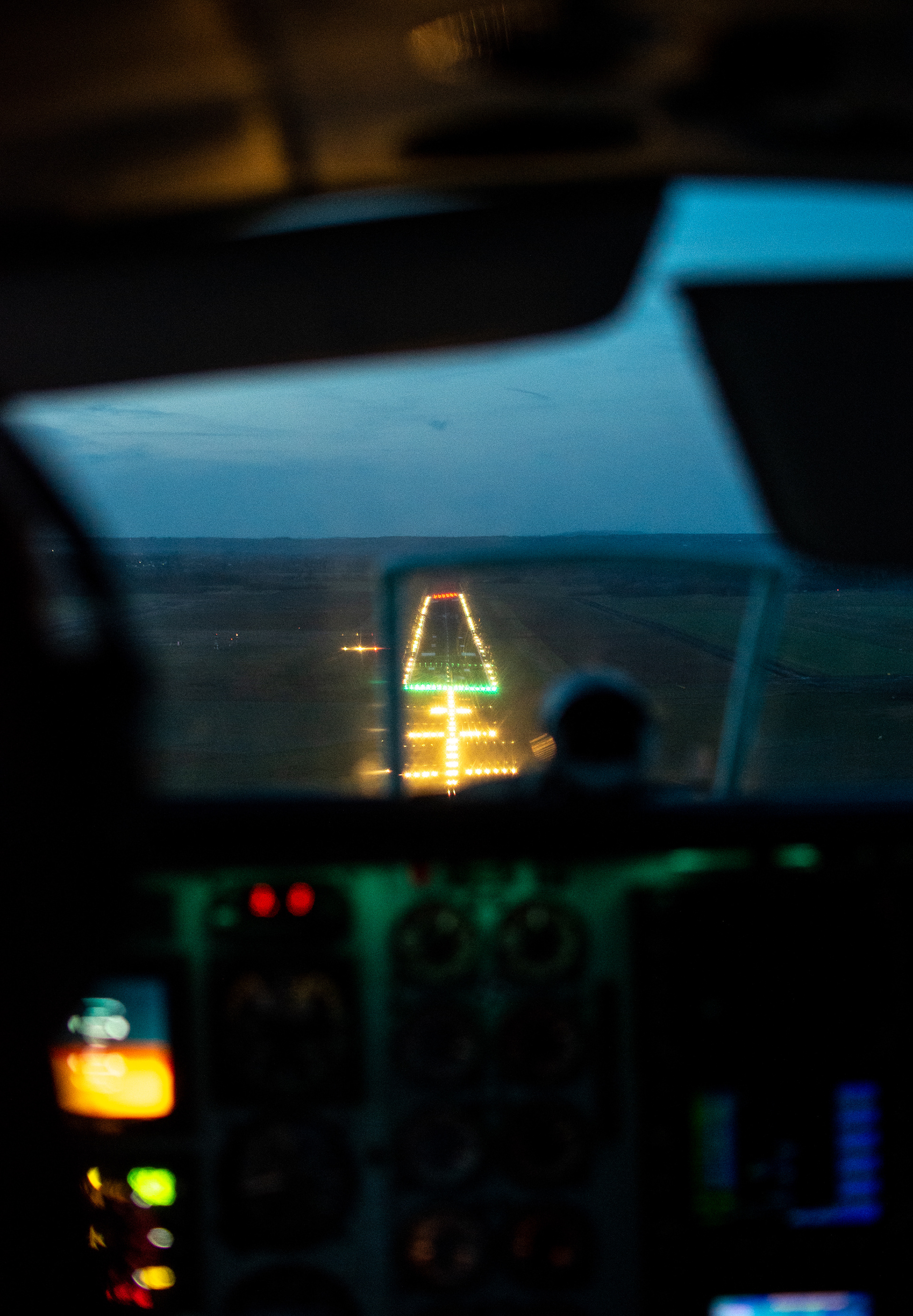
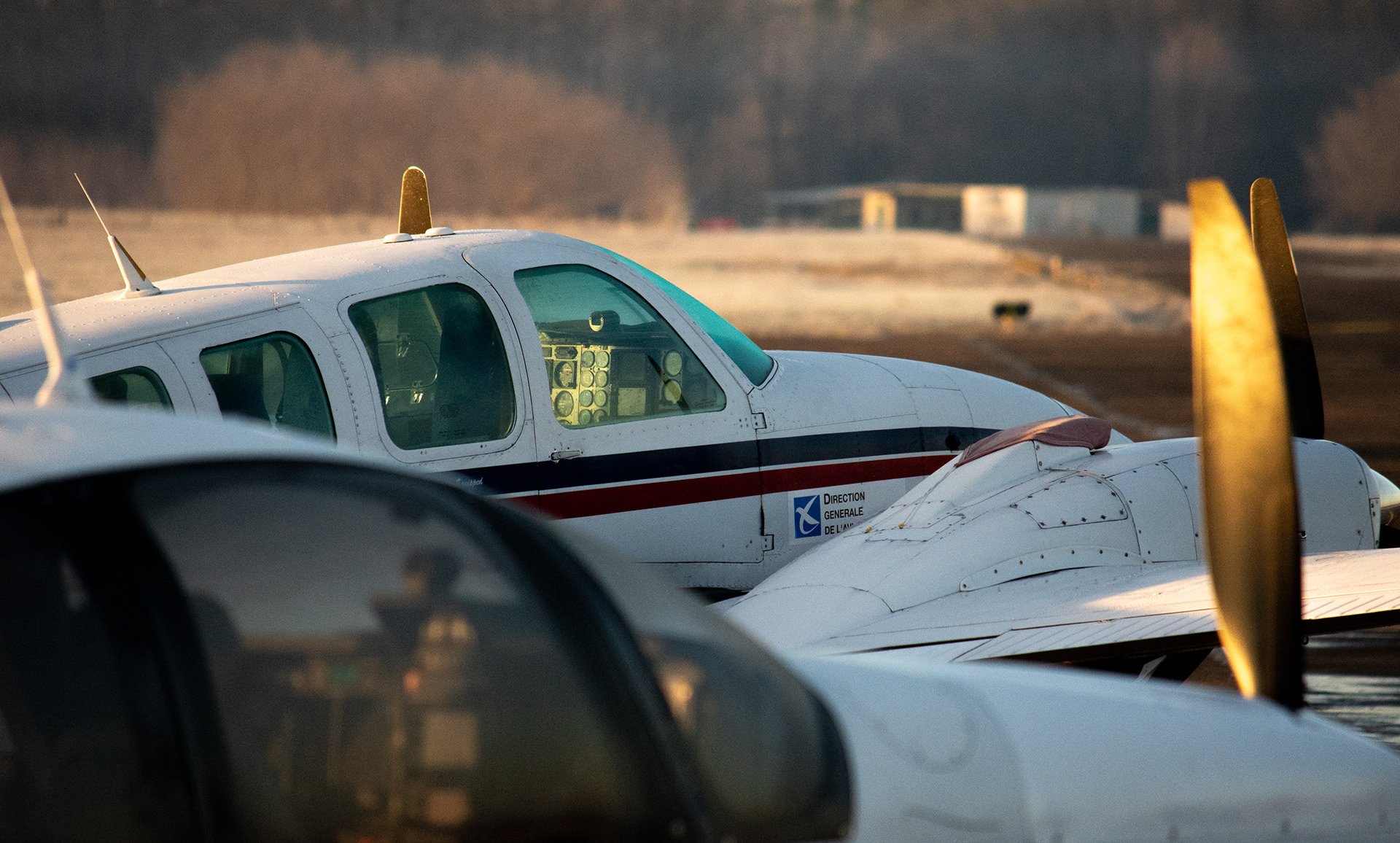
During our IFR training we had the opportunity to organize a trip to Spain. We began the trip by flying to Bergerac, which was our first fuel-stop. Then we continued to the South, we crossed the Spanish border above Biarritz and I started the approach in San Sebastian. The air was super calm and it was a pleasure to hand fly the whole NDB approach. One holding pattern, base turn procedure and at MDA and then a wonderful visual segment in order to align with the runway center-line.
Here's the whole approach summed in a video:

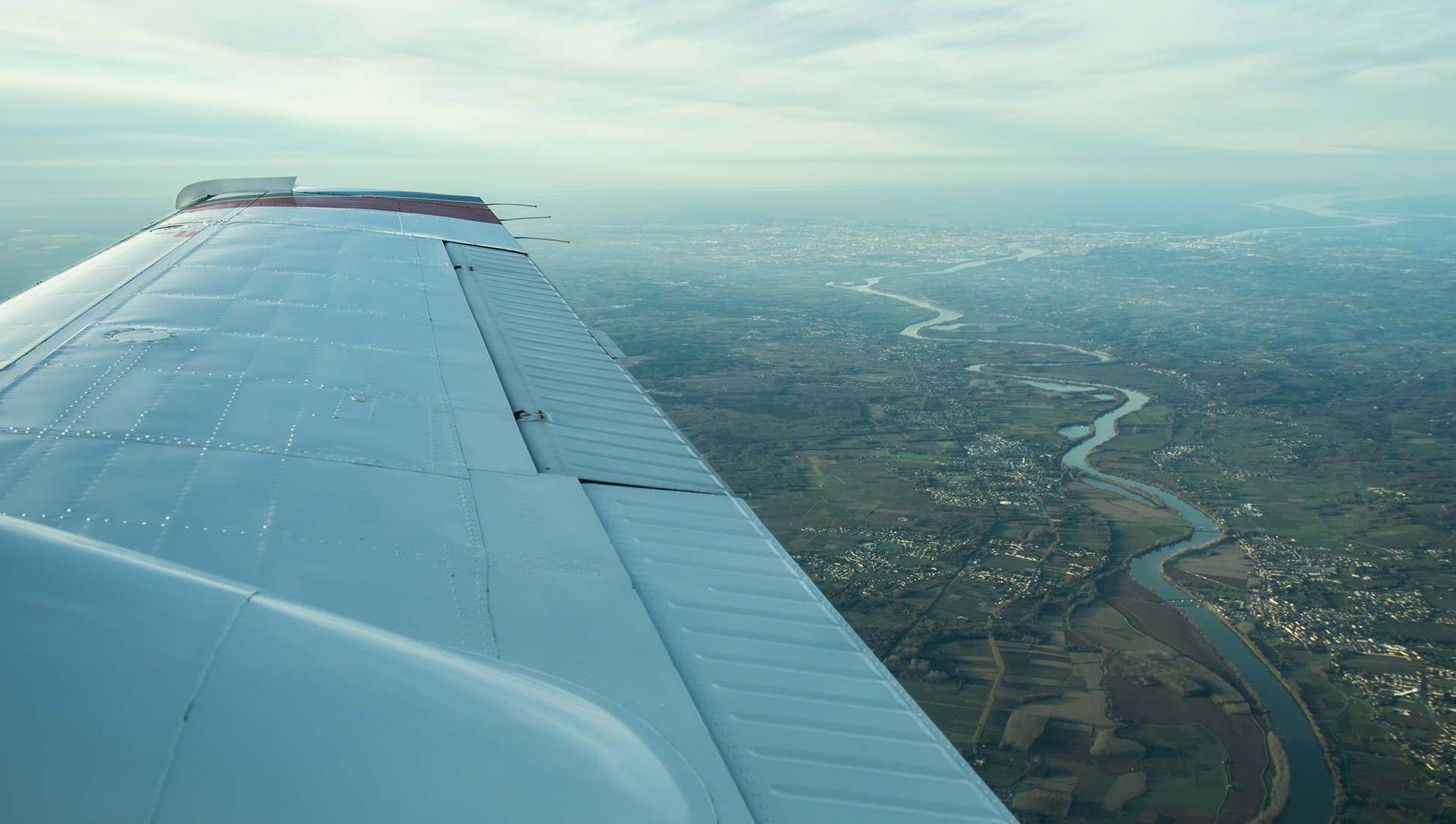
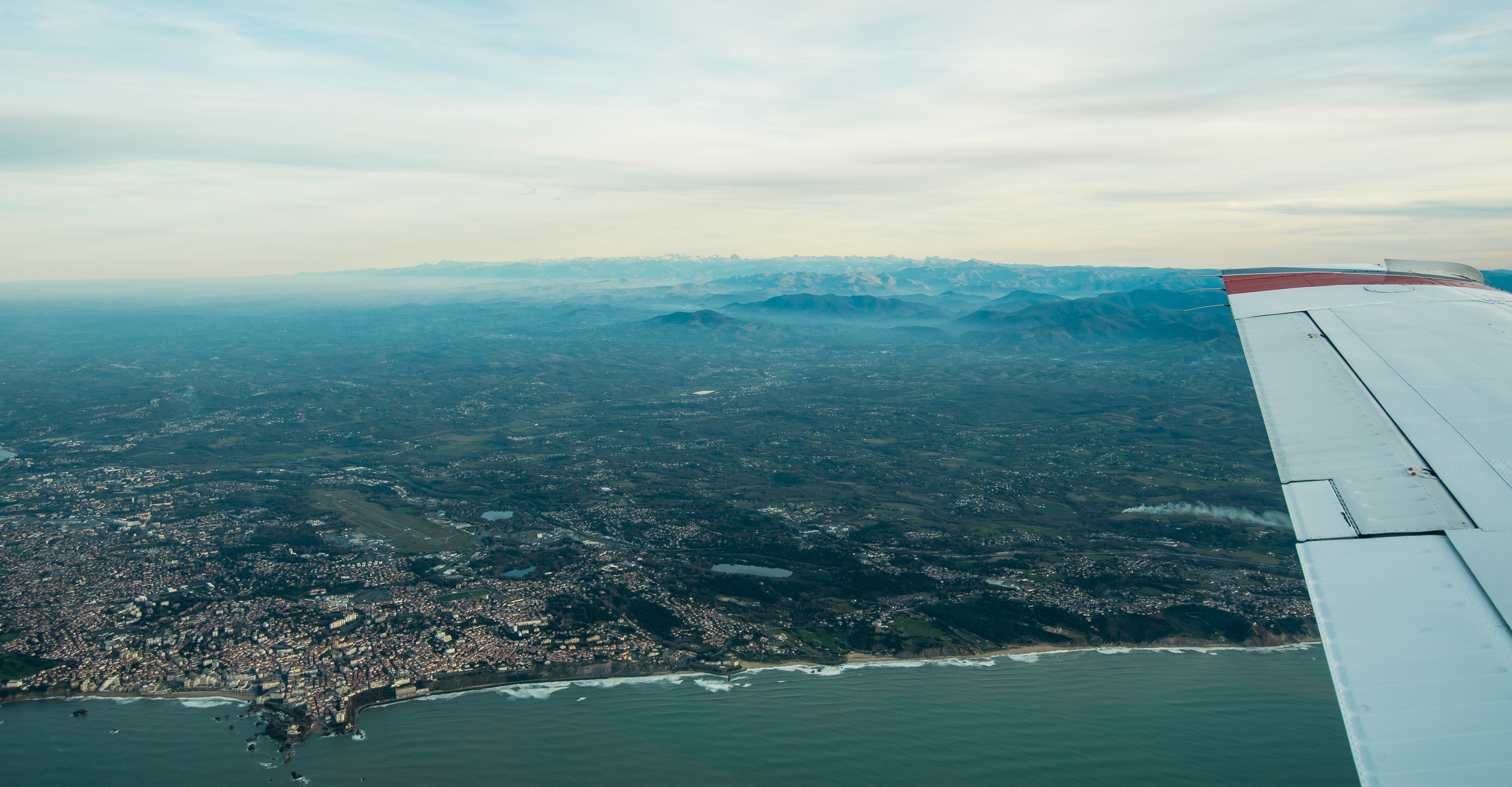
Biarritz


Holding over San Sebastian
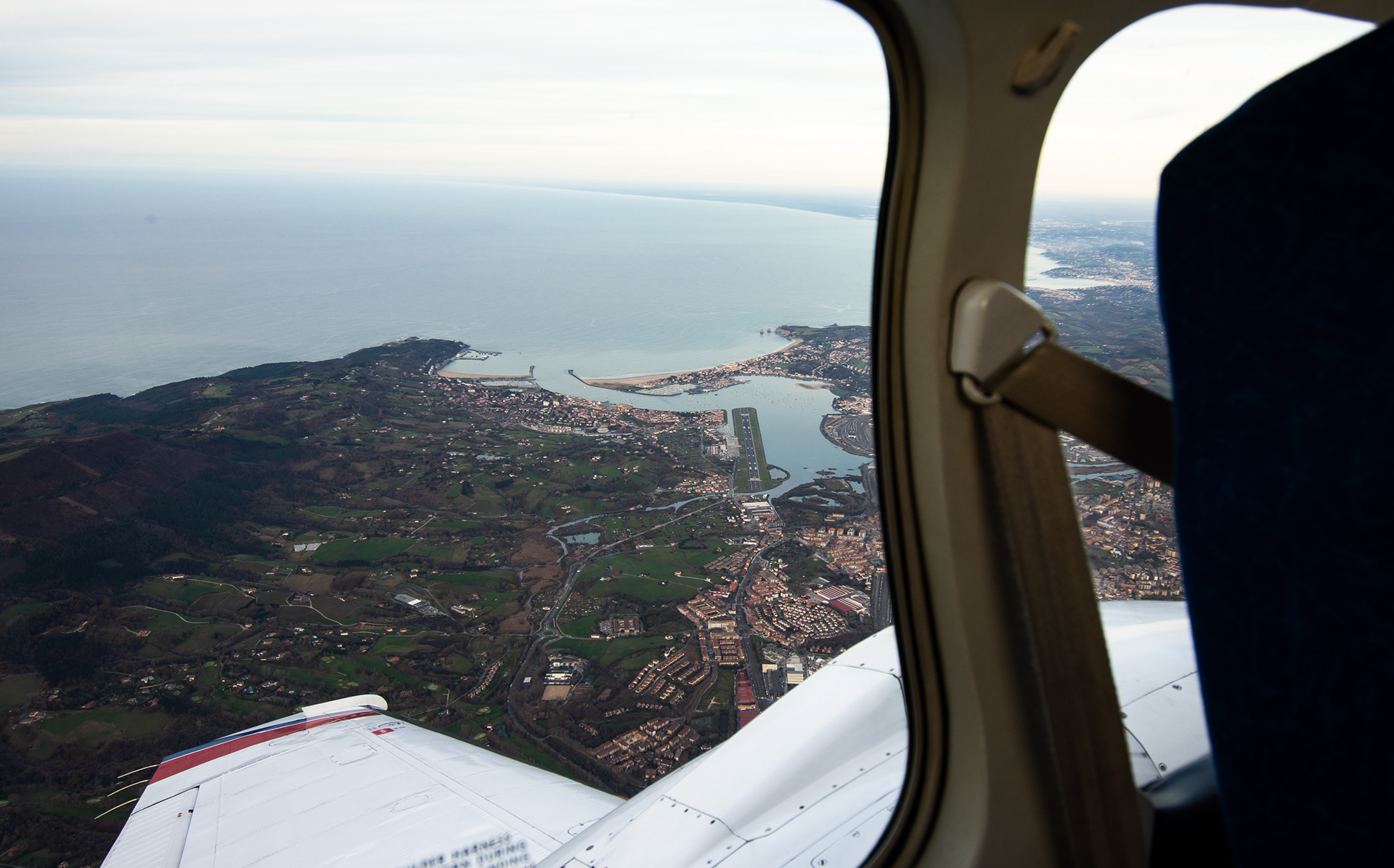

Final approach into San Sebastian
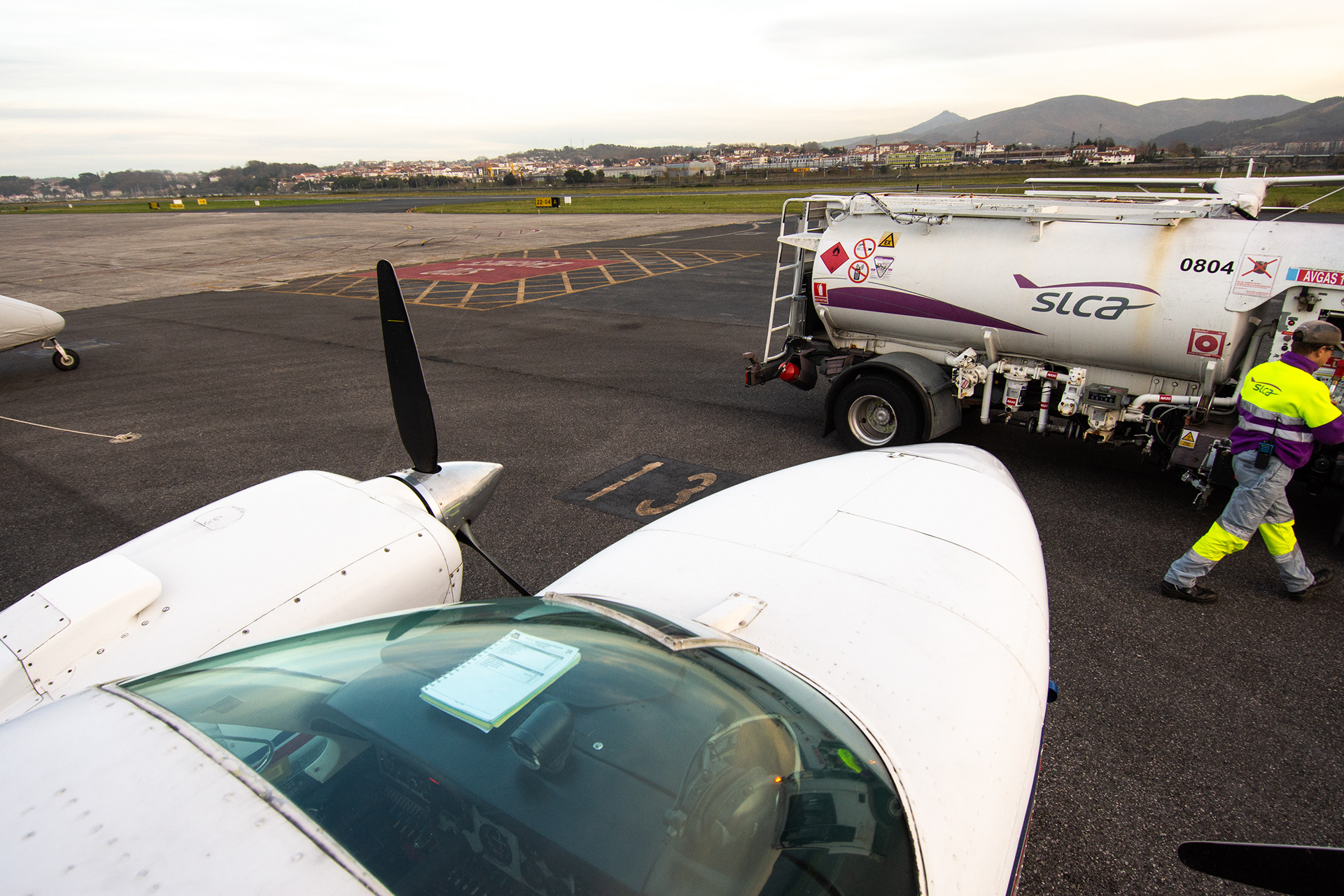
The last segment of the day was from San Sebastian to Santander. Maëlys flew the whole flight at night. The night landscape was spectacular, especially seeing the city of Bilbao all lit up.
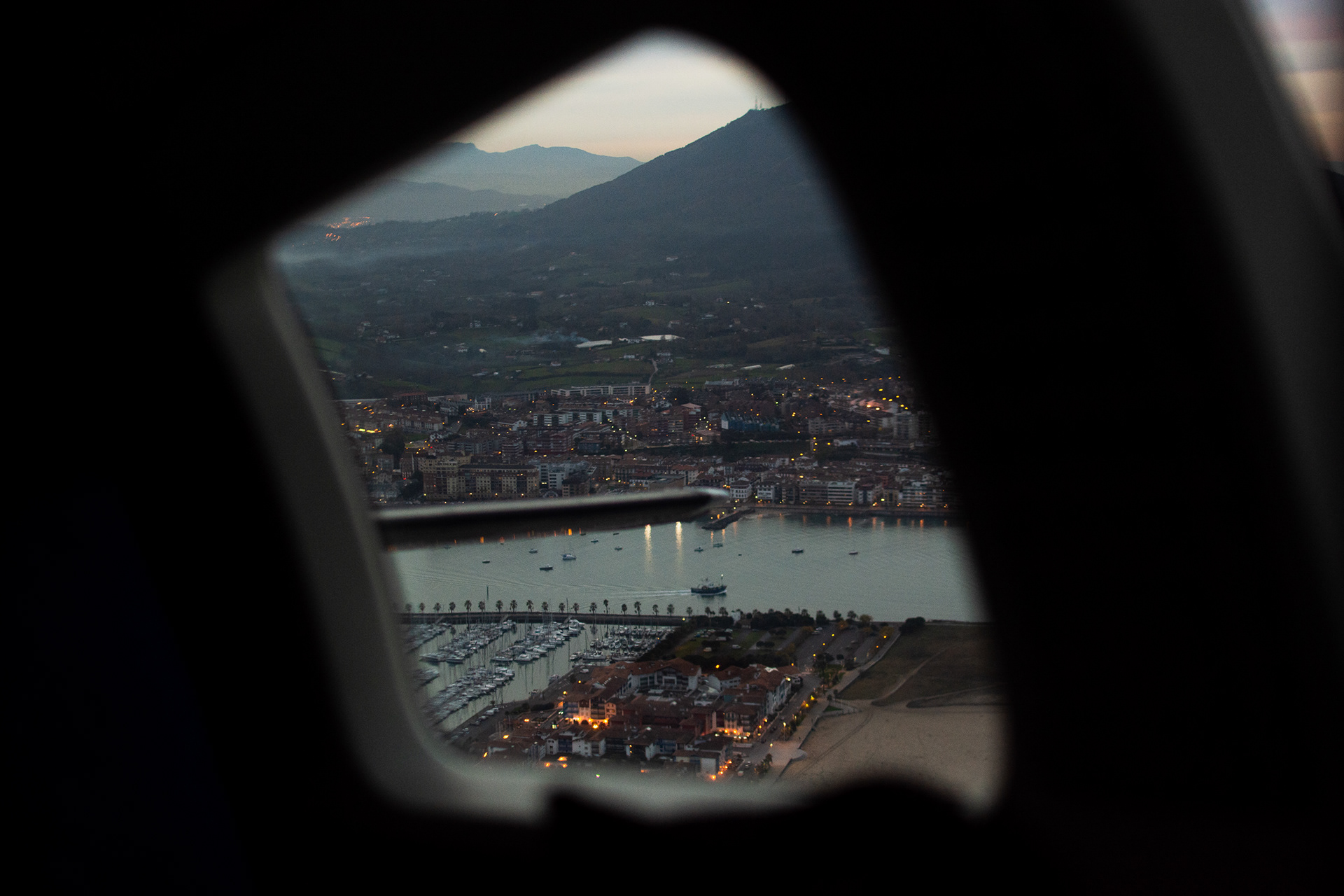

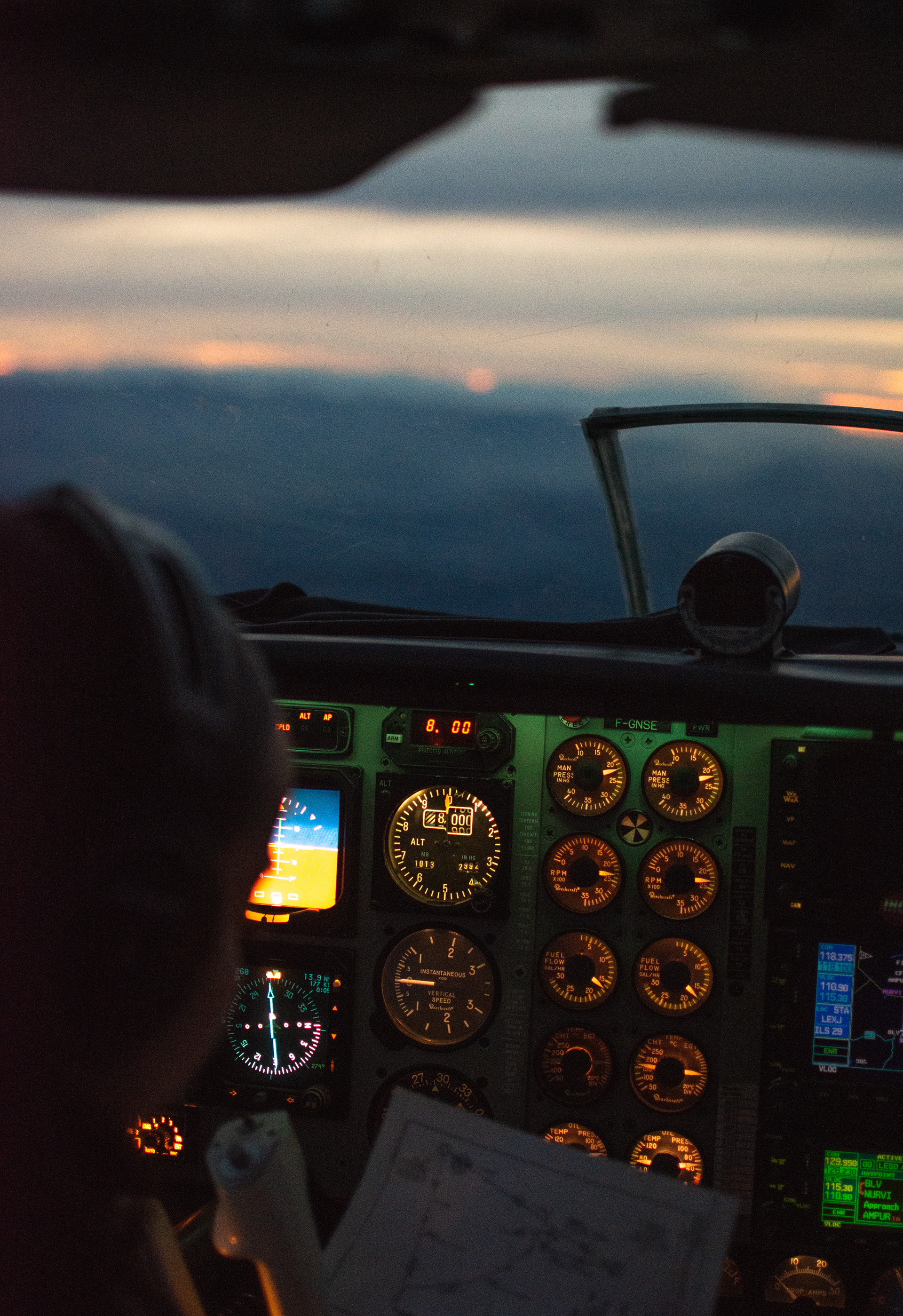
Maëlys preparing the approach into Santander
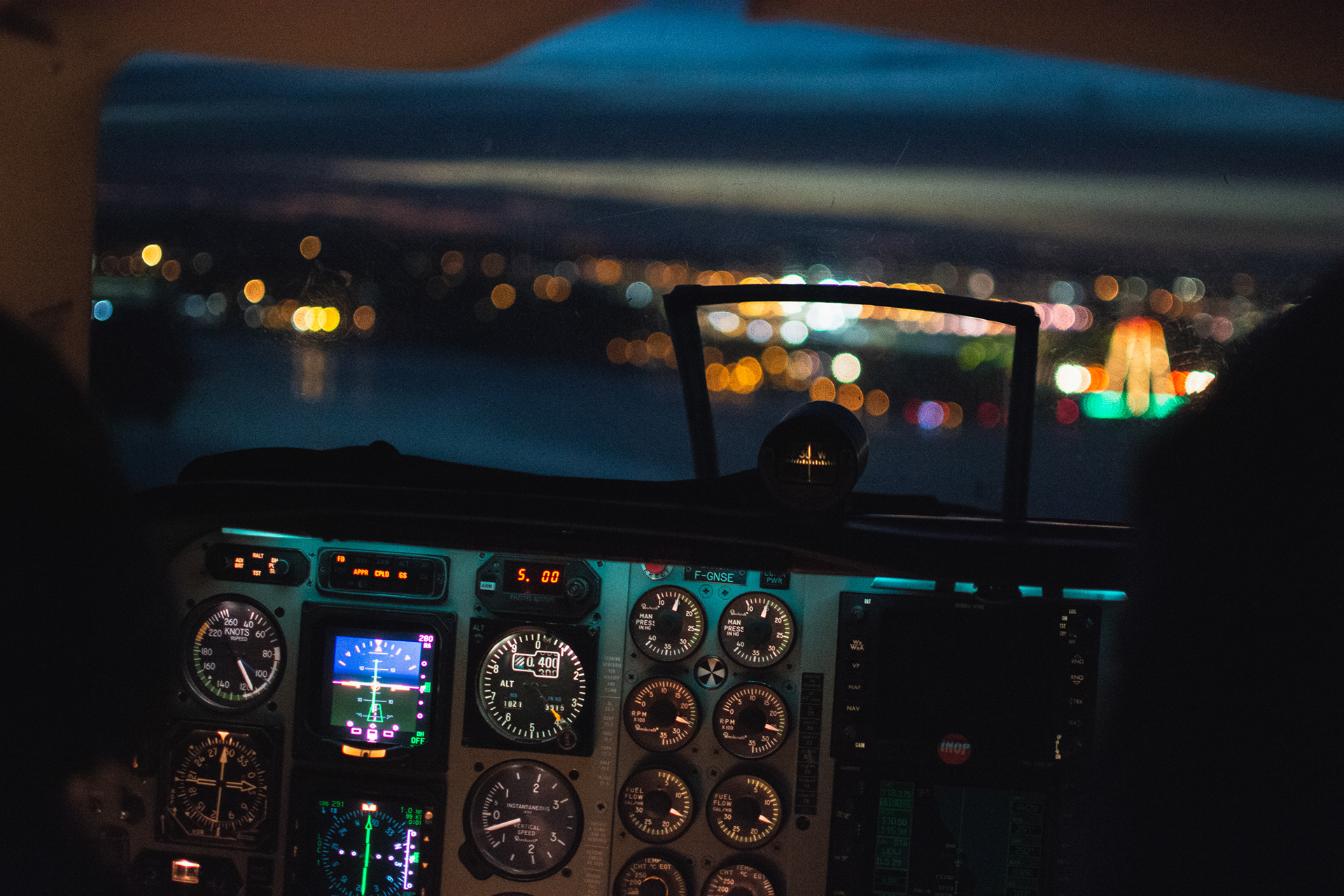
Established on the ILS in Santander
The next day we flew across Spain, from Santander to San Javier on the Mediterranean coast. We did a first stop in Zaragoza, which is a huge airport in the middle of the dry Iberian landscape. The airport is also an airbase and during our fuel-stop we watched a bunch of F/A-18 Hornet taking-off. We then continued east and south to land in San Javier at night.


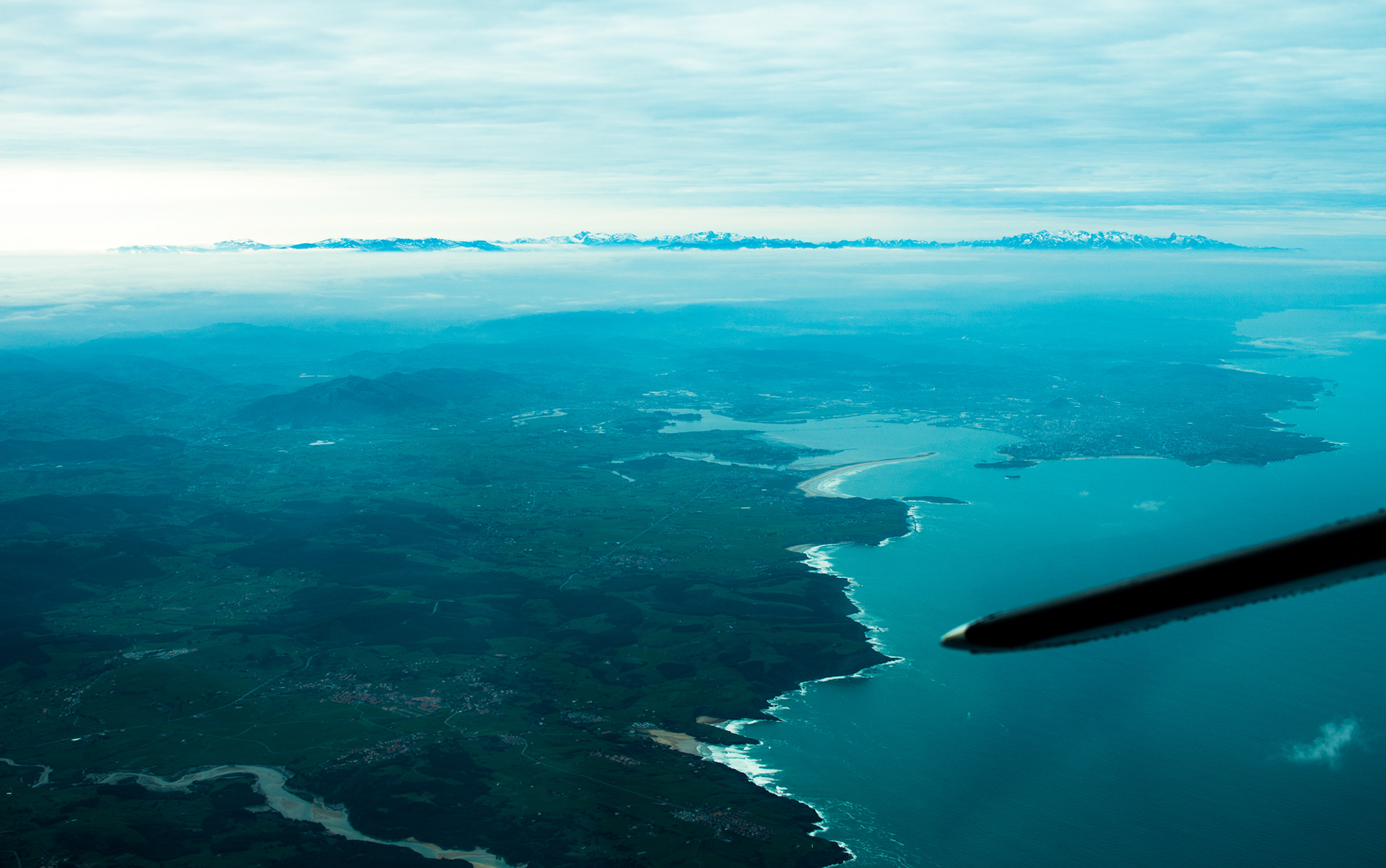




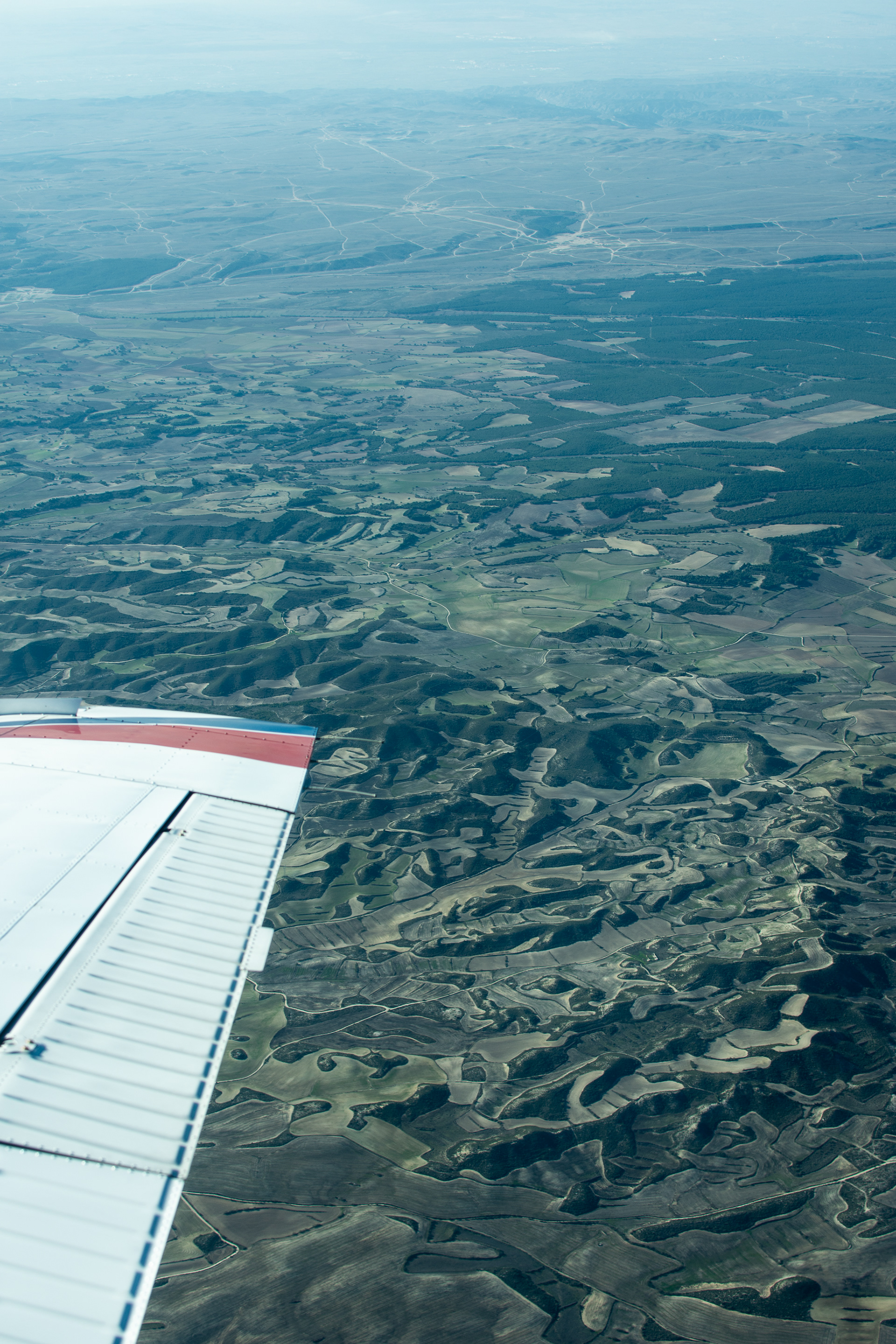
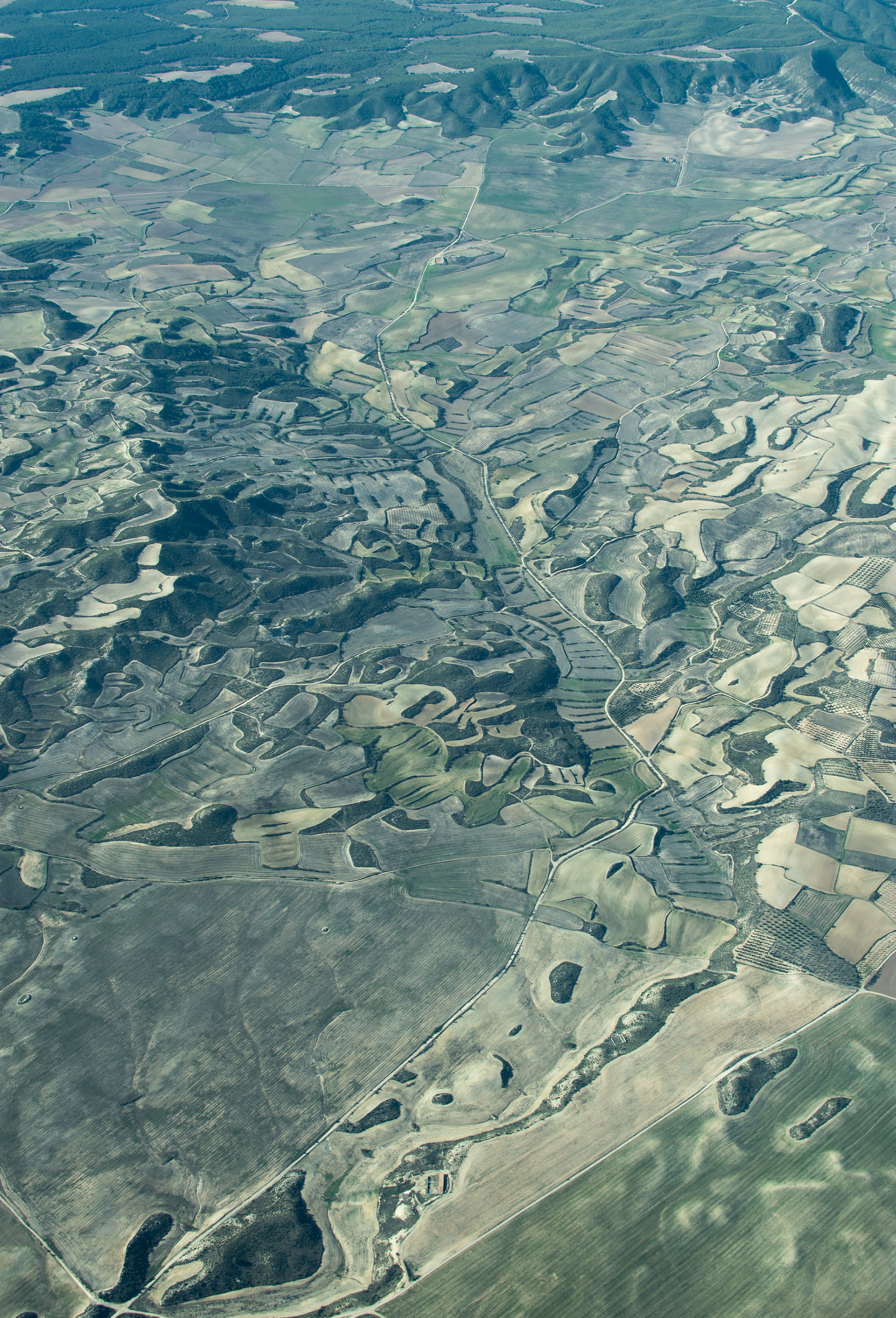

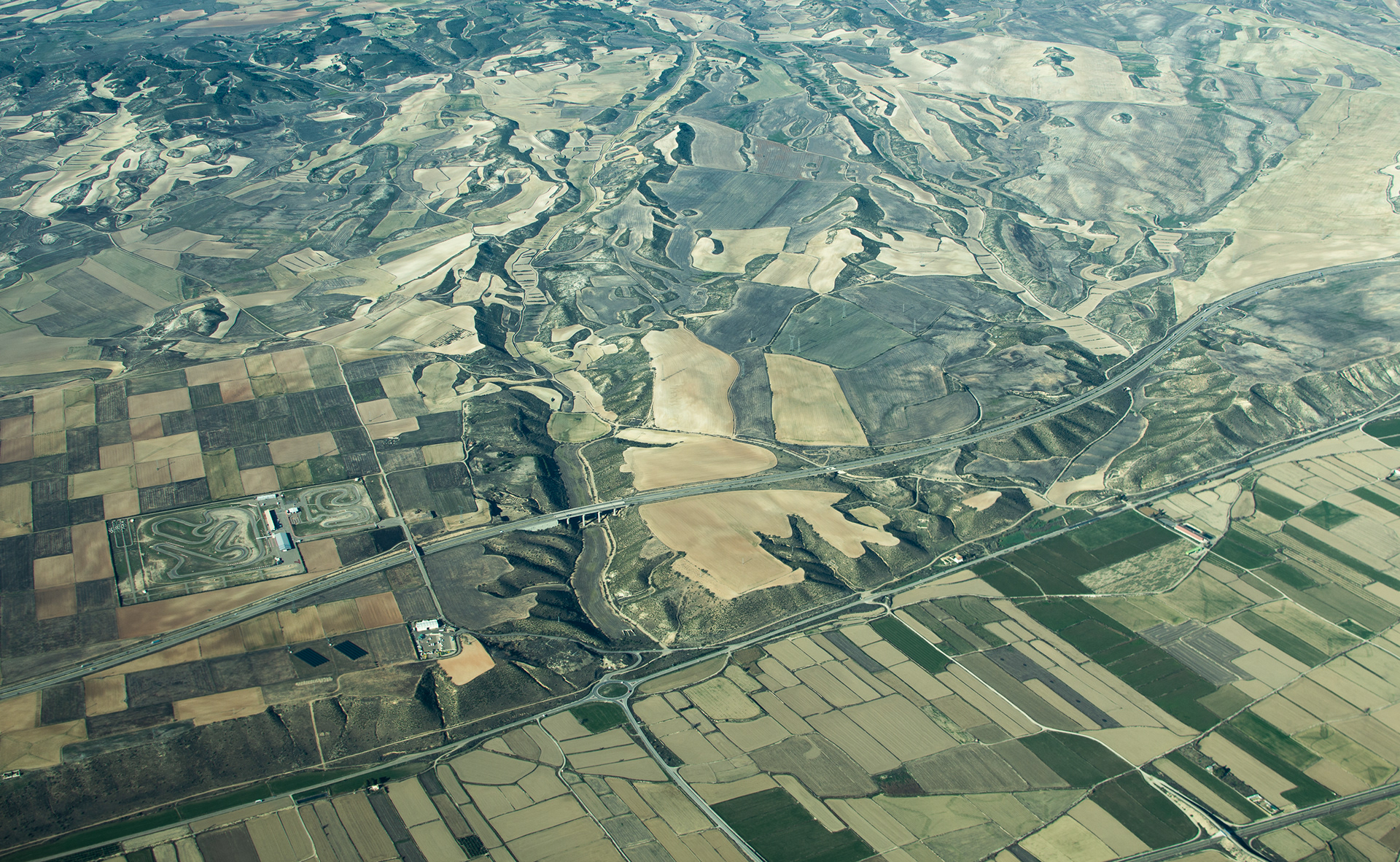
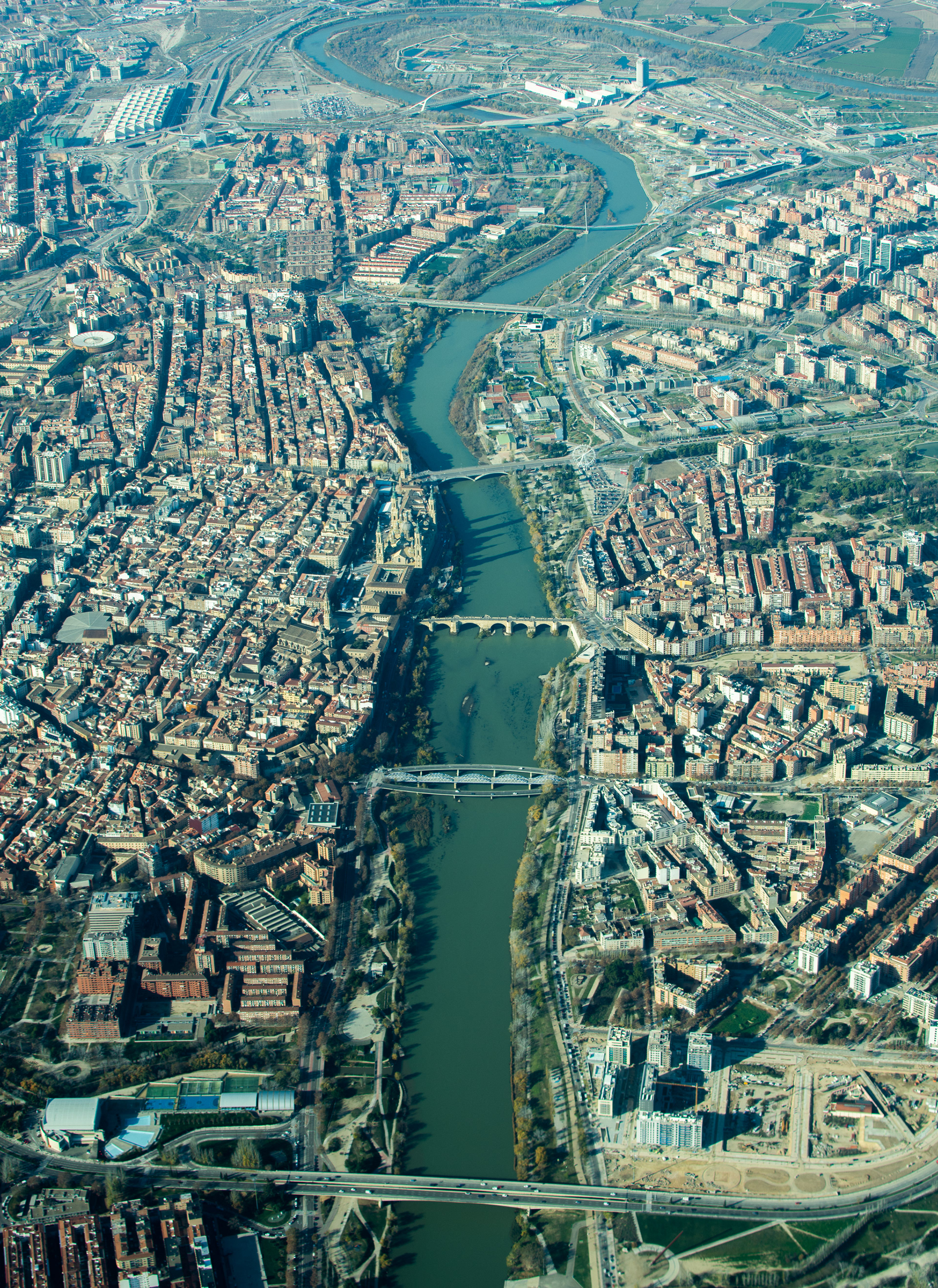


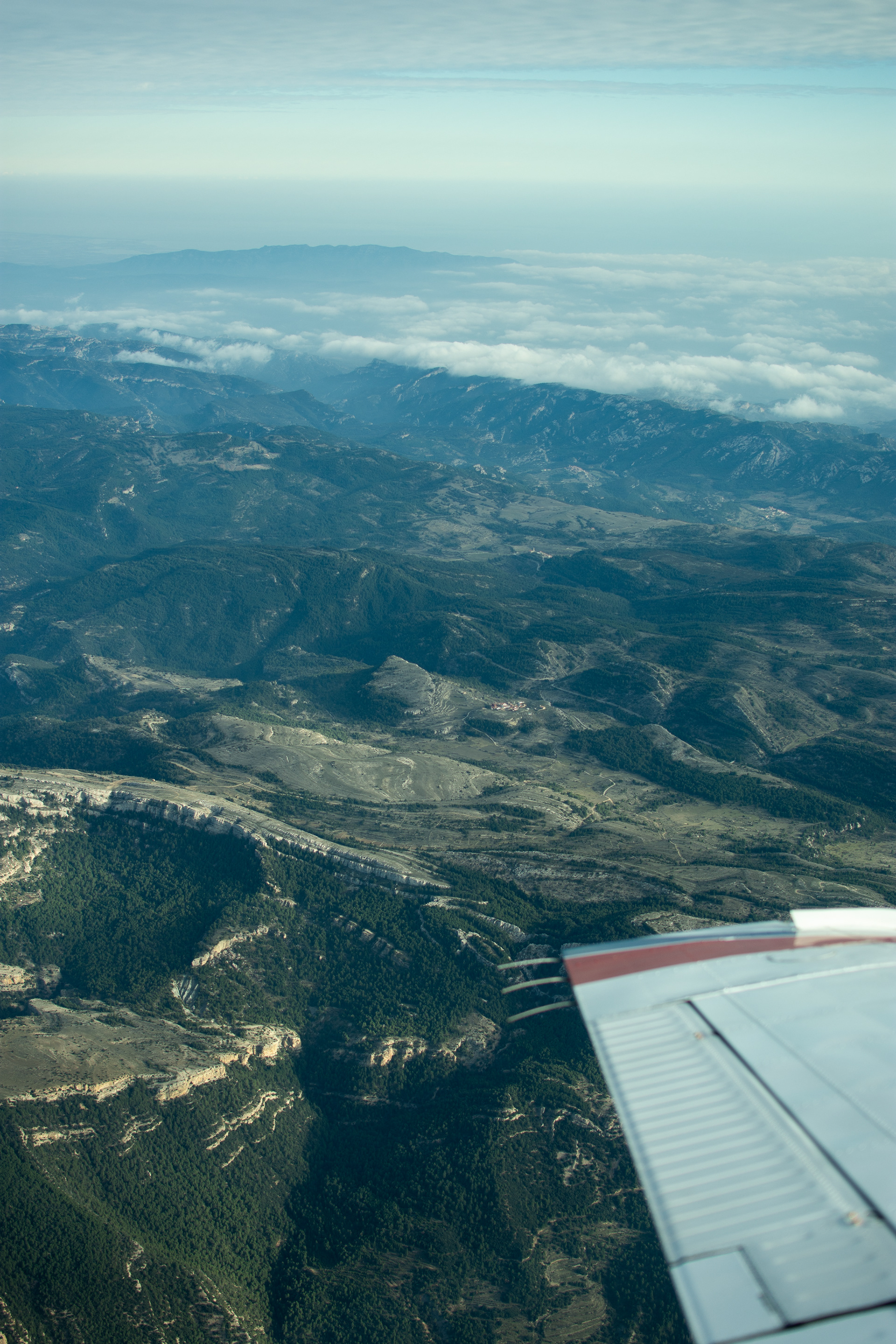



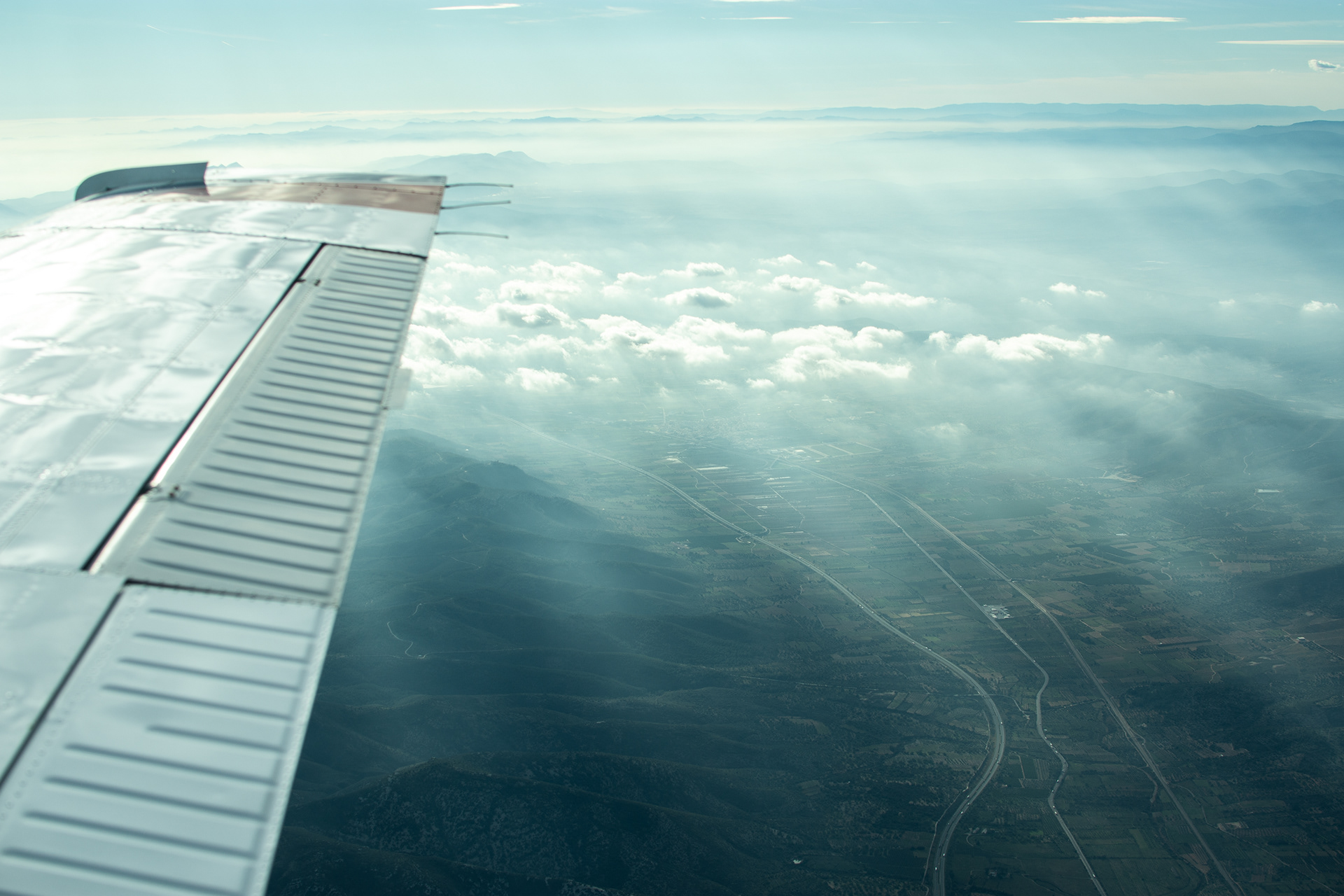
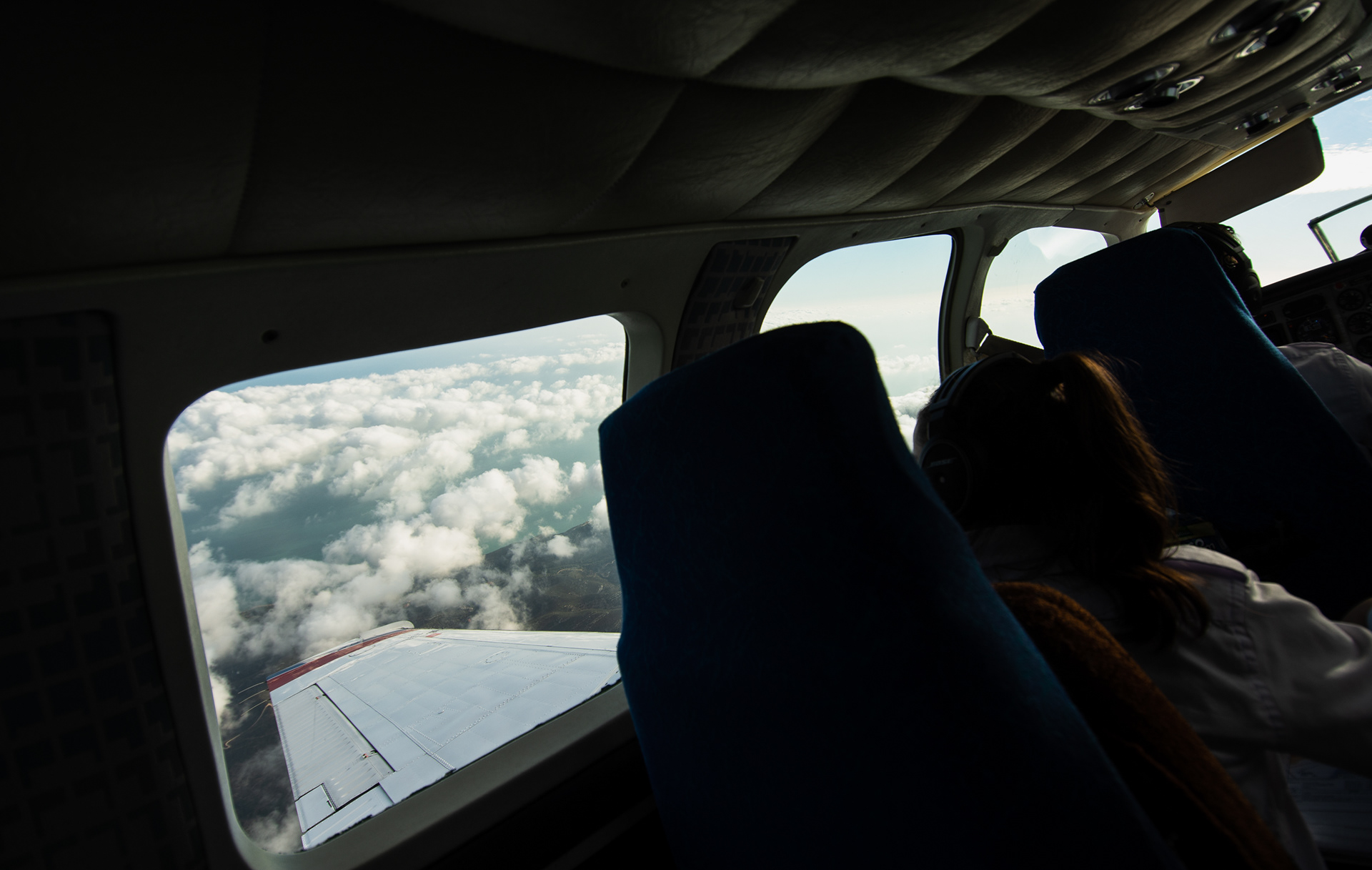
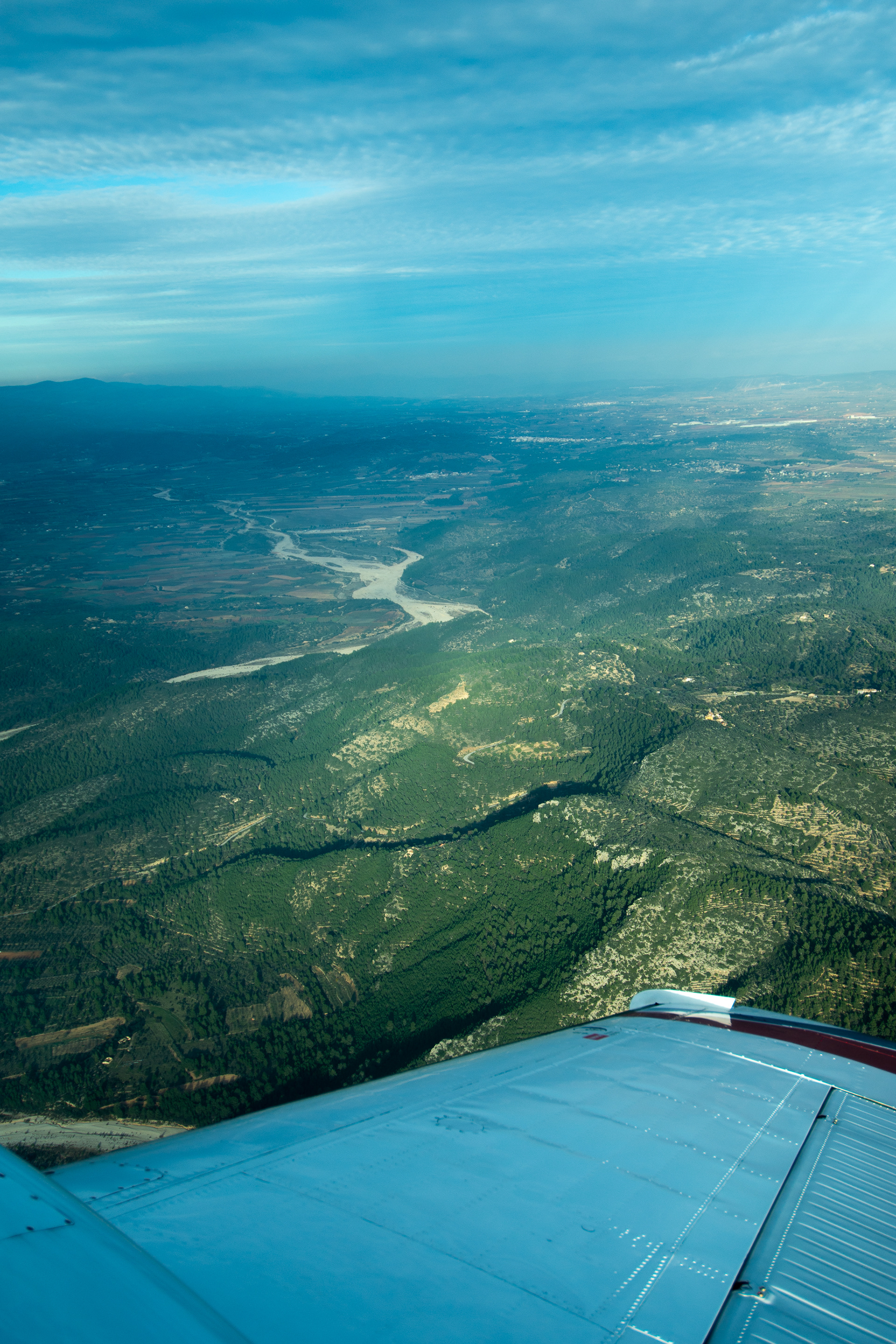
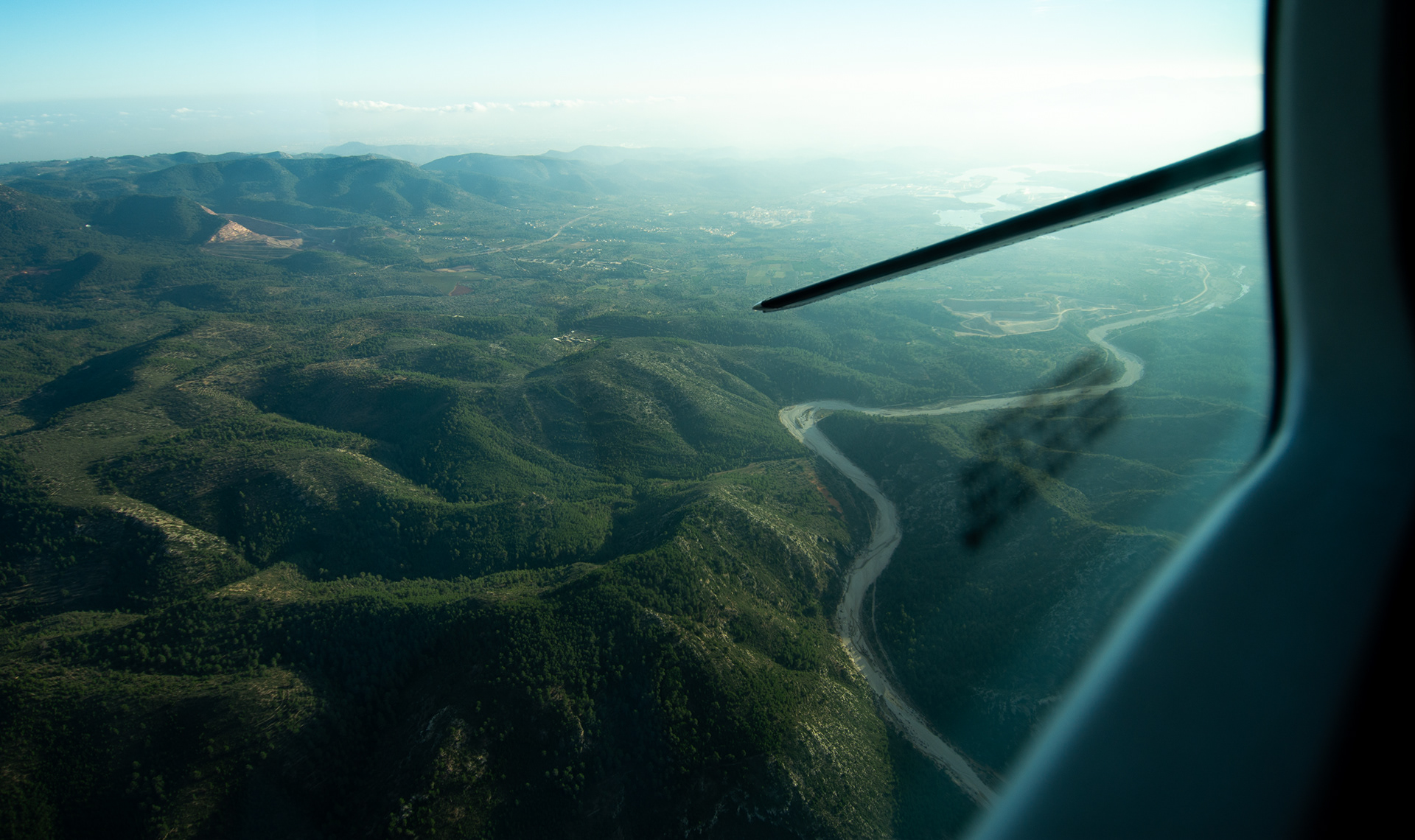

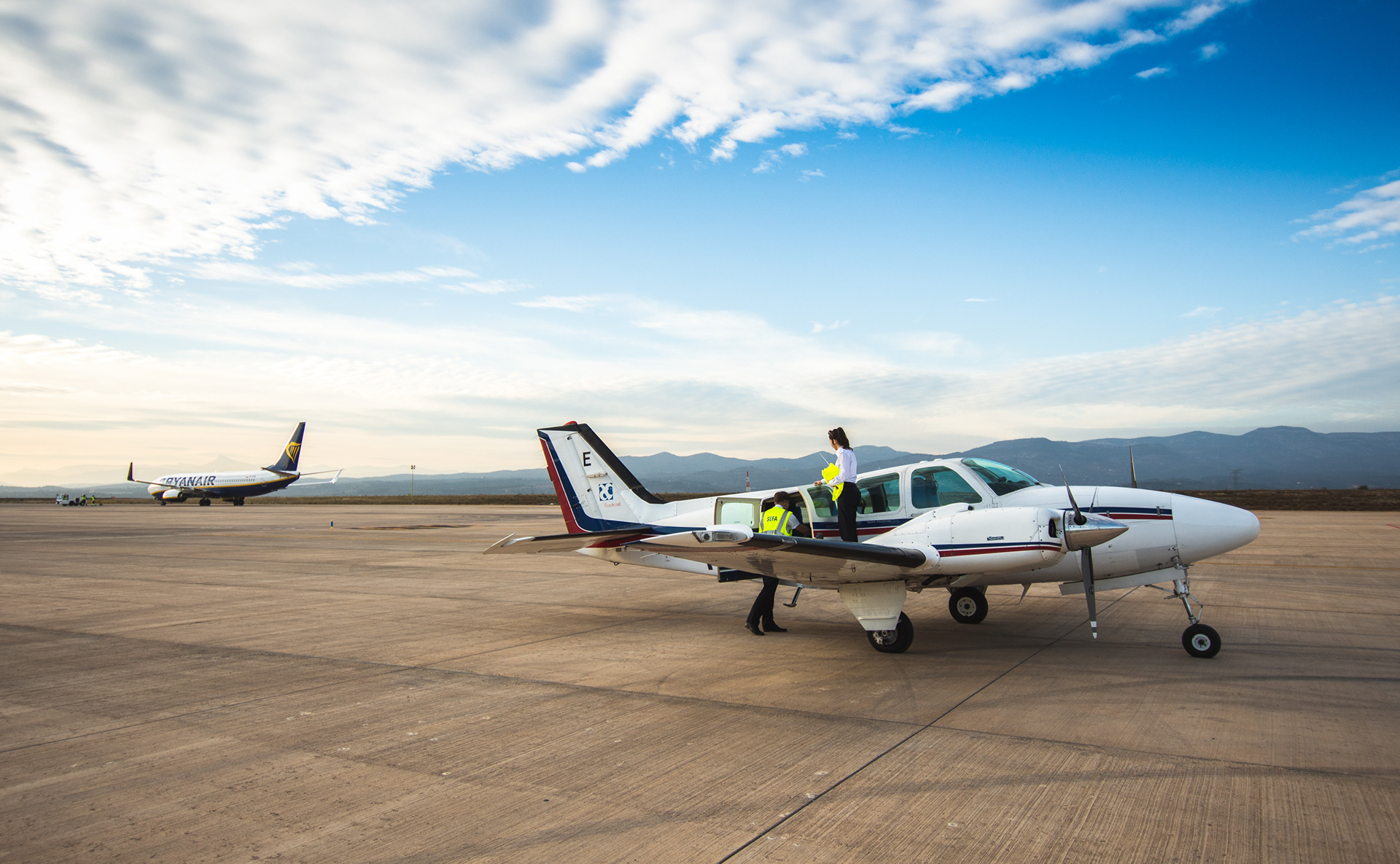


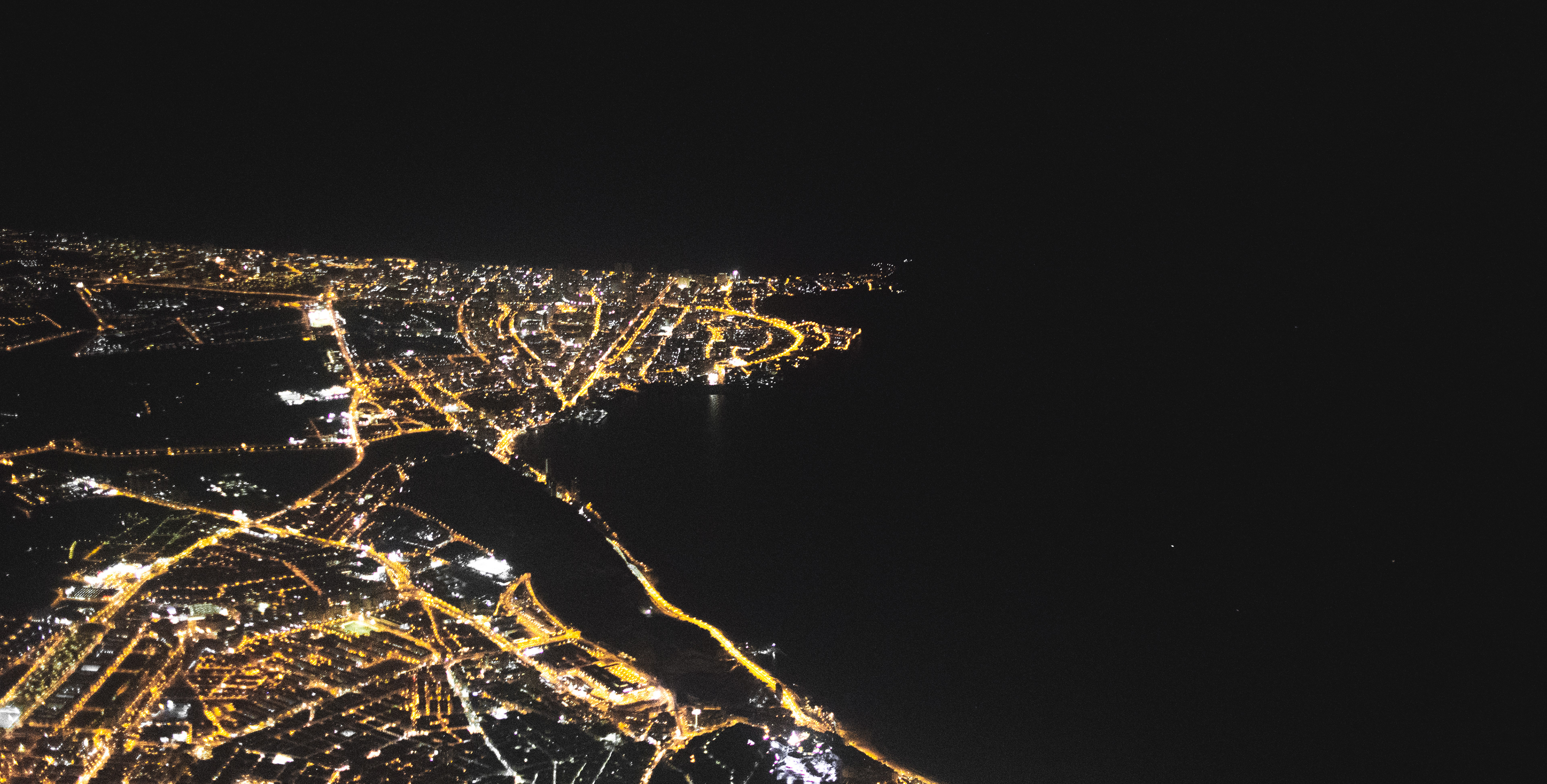
On the third day we departed across the sea to reach the island of Ibiza. Valentin performed the NDB approach One Engine Inoperative with a Ryanair 737 in our back.
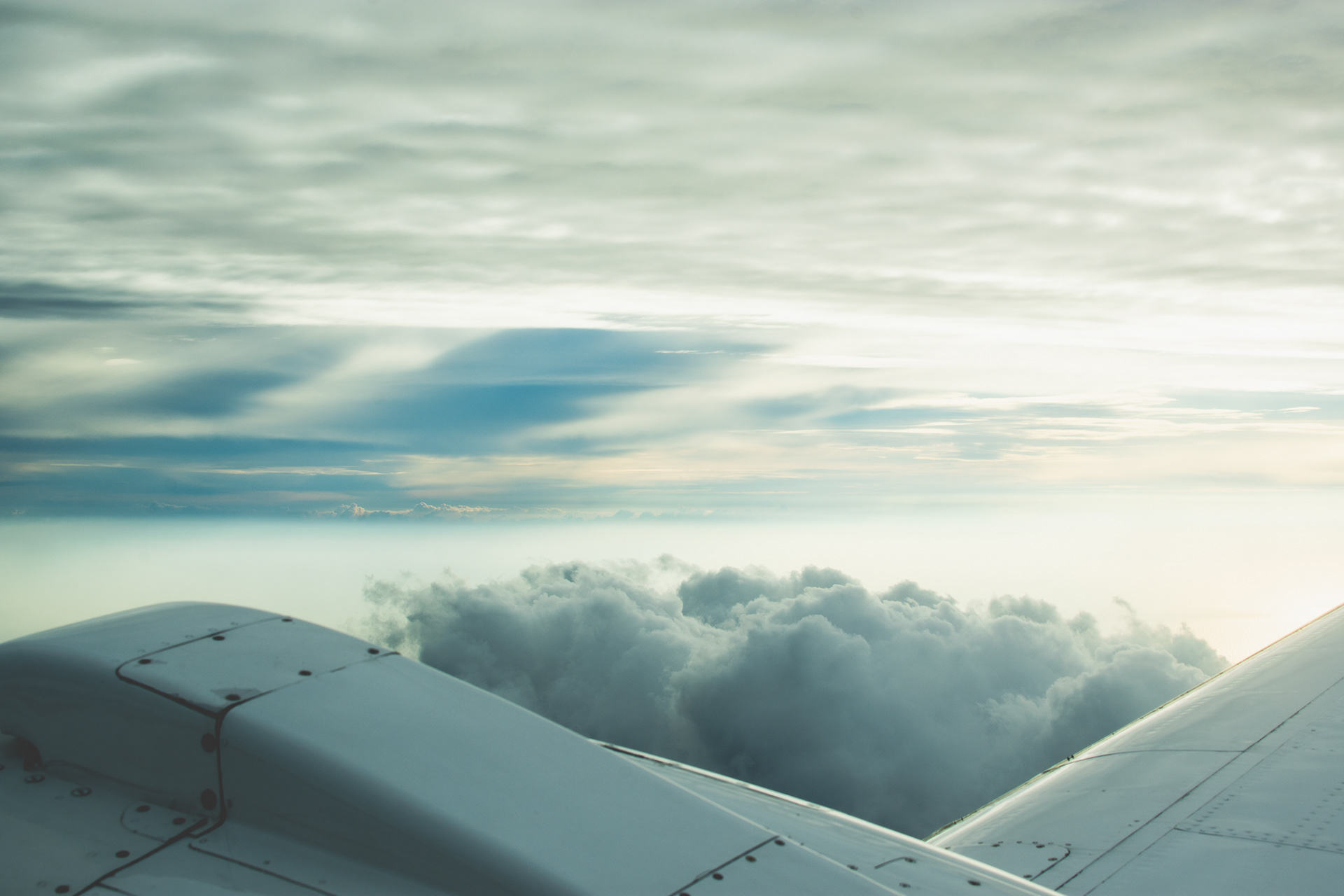

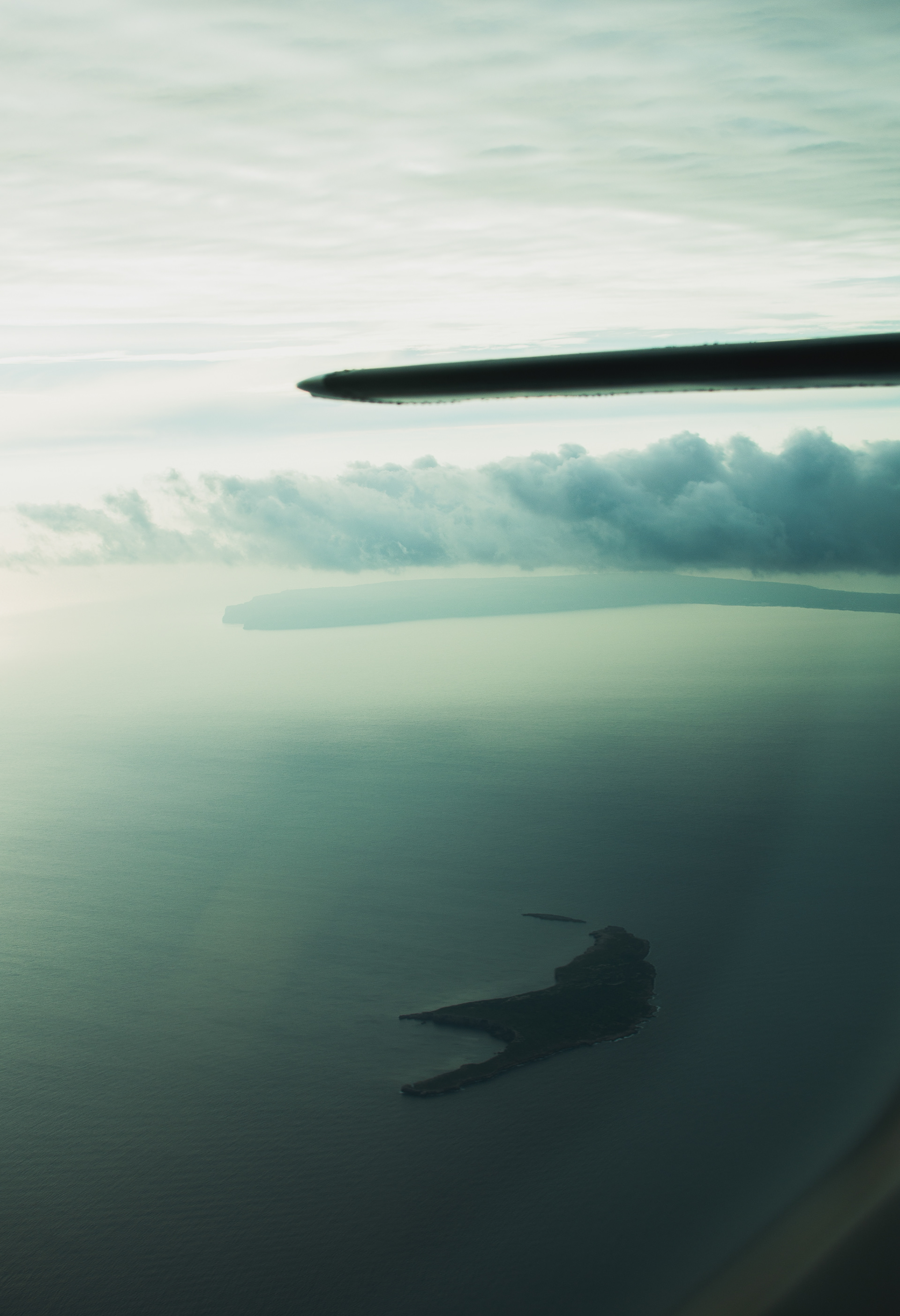

Final approach into Ibiza
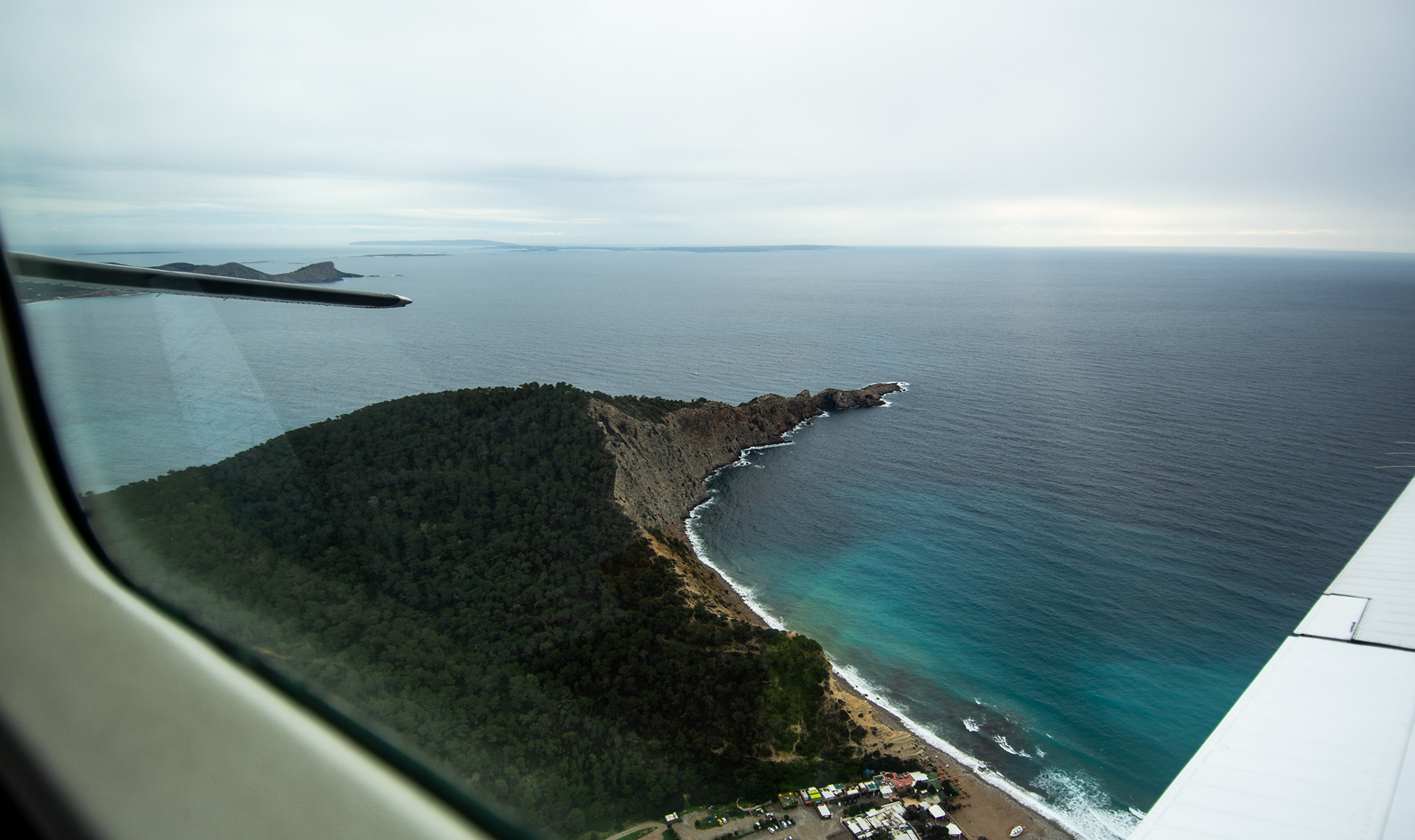
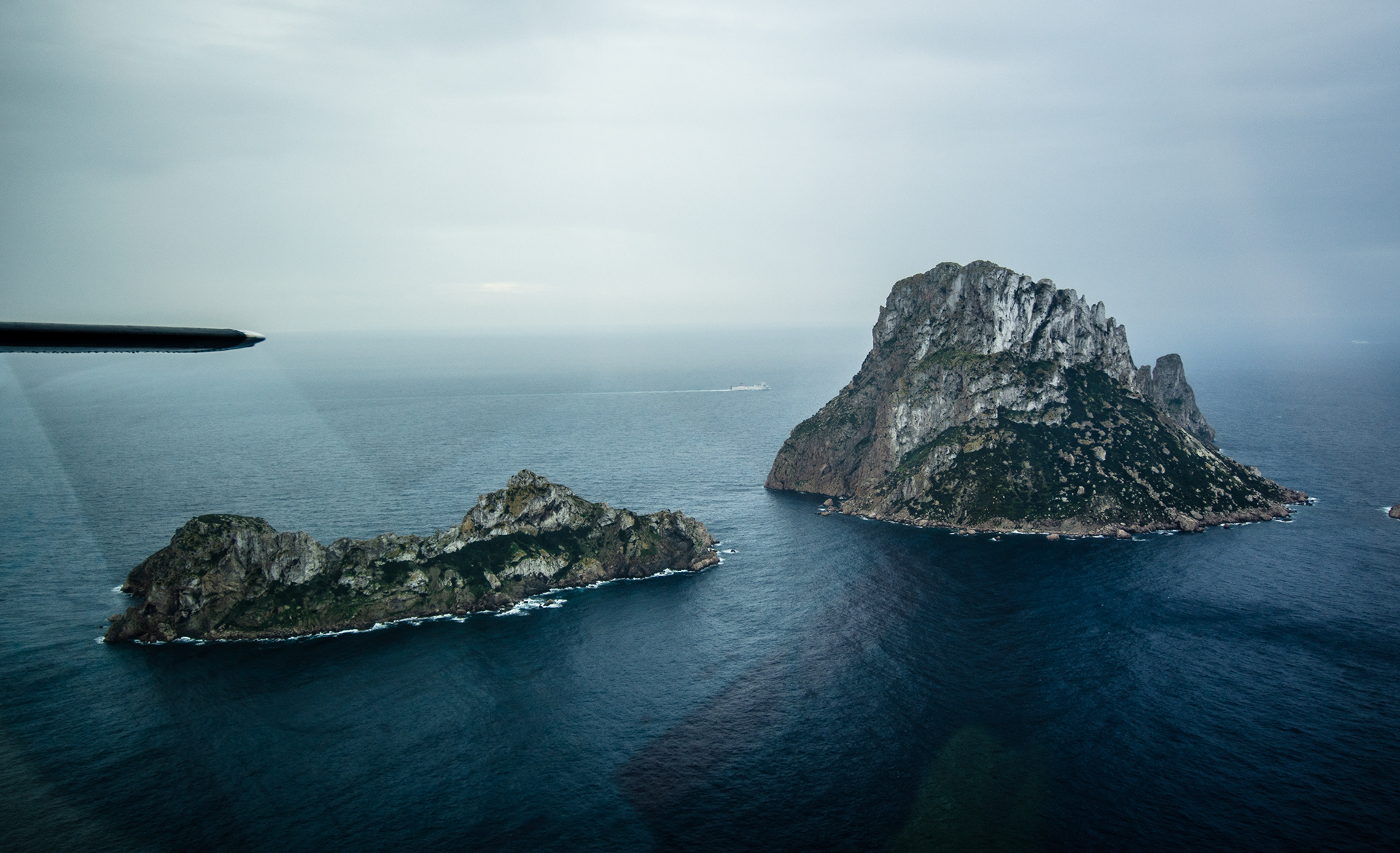
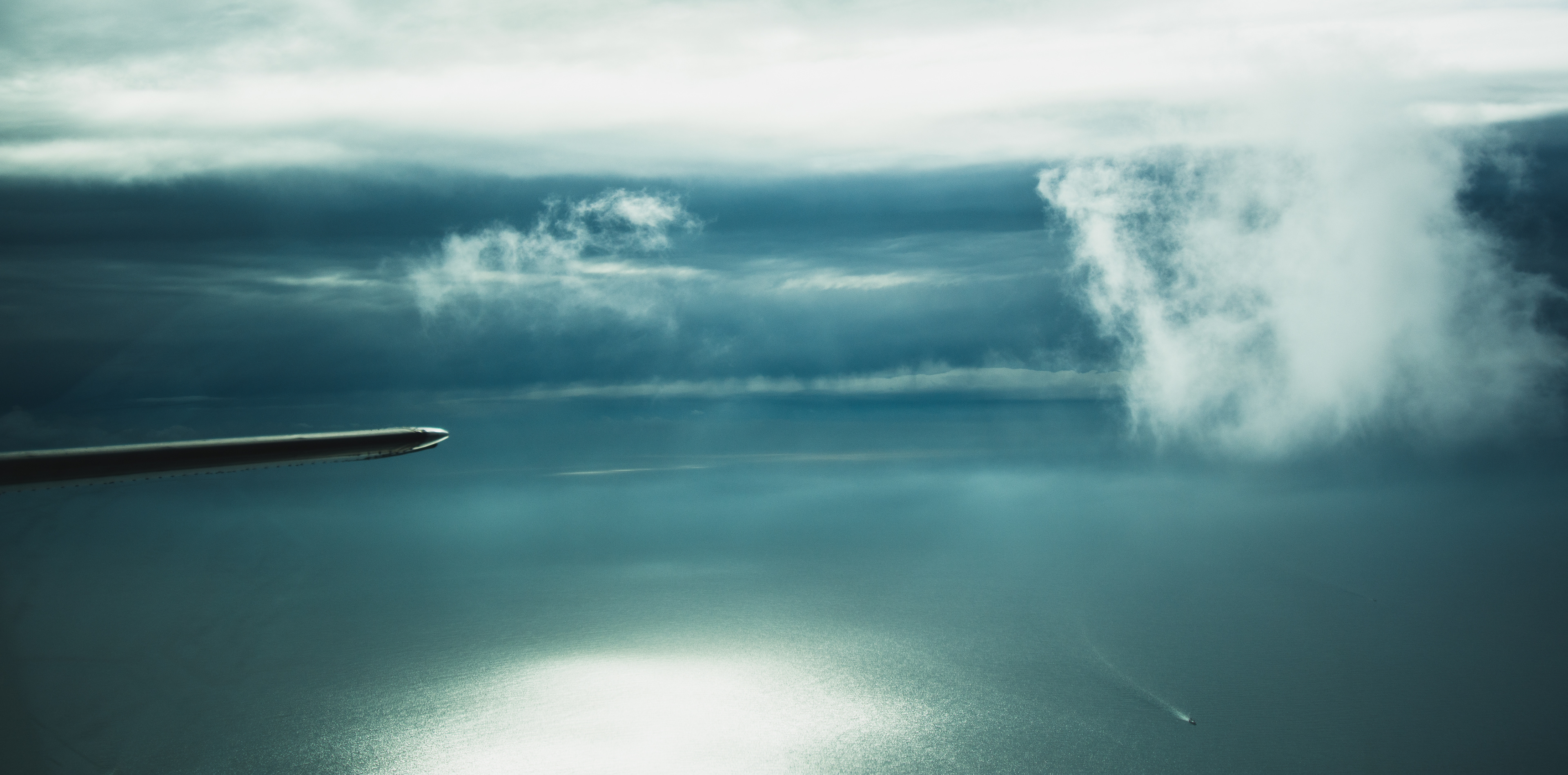
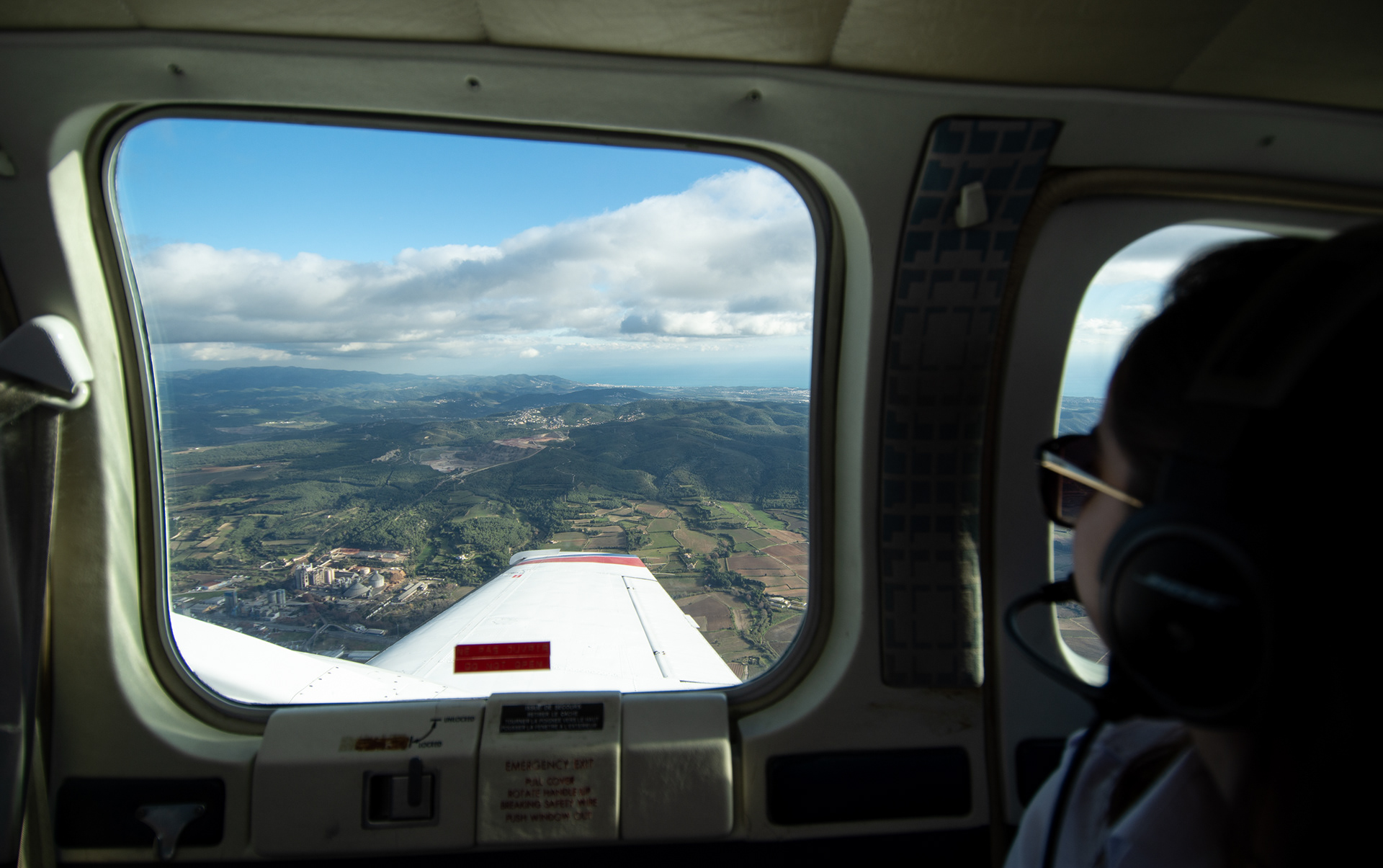
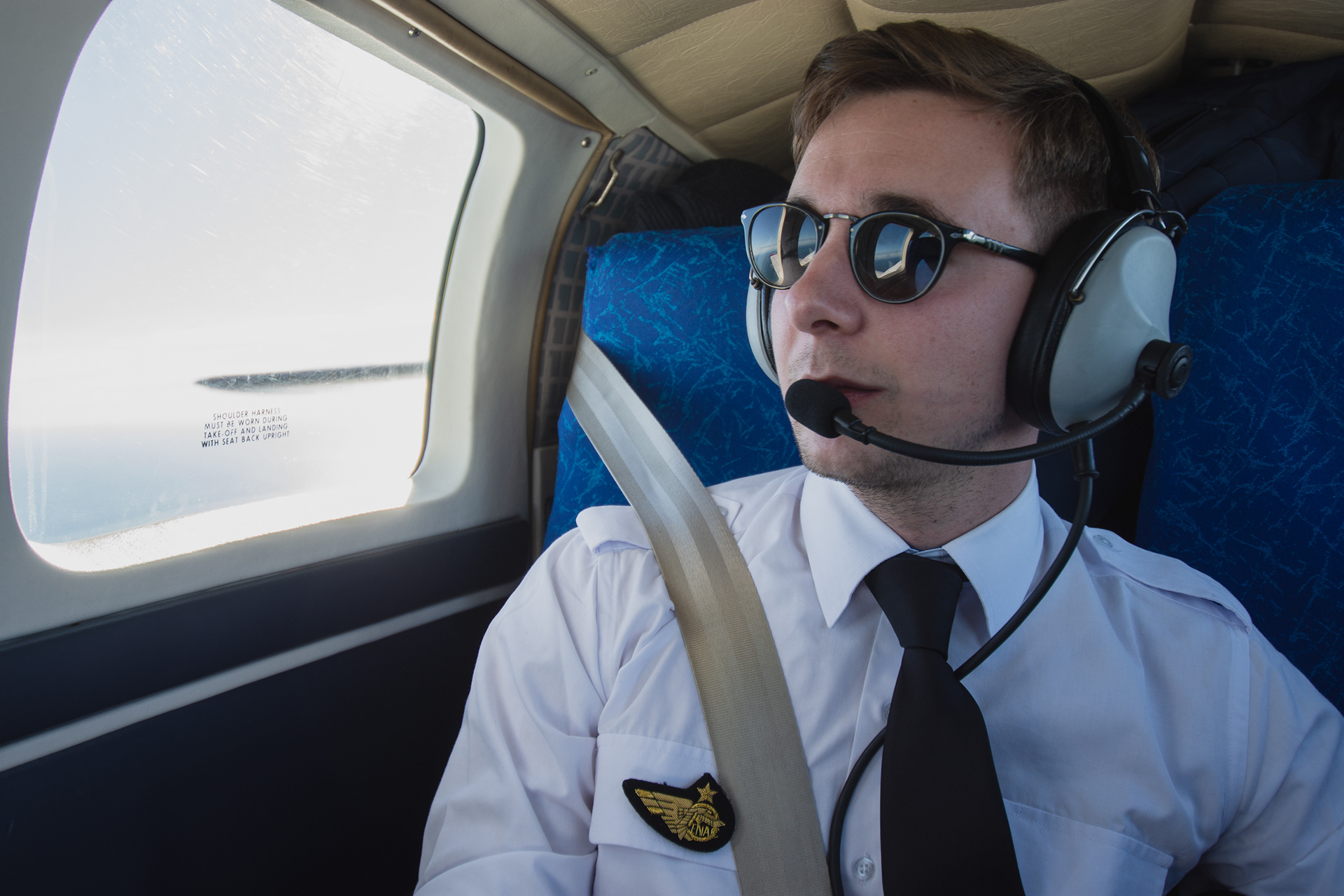
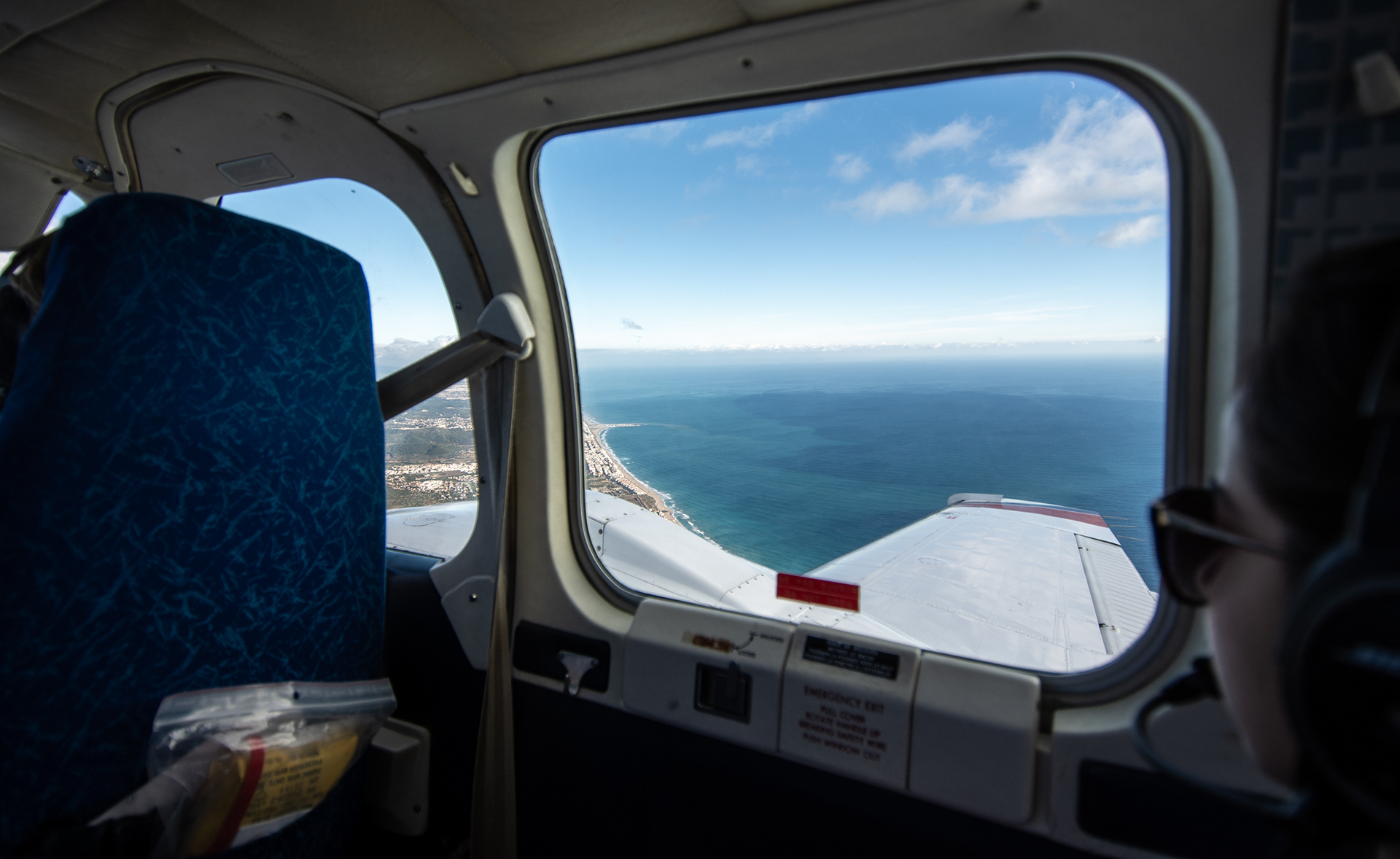


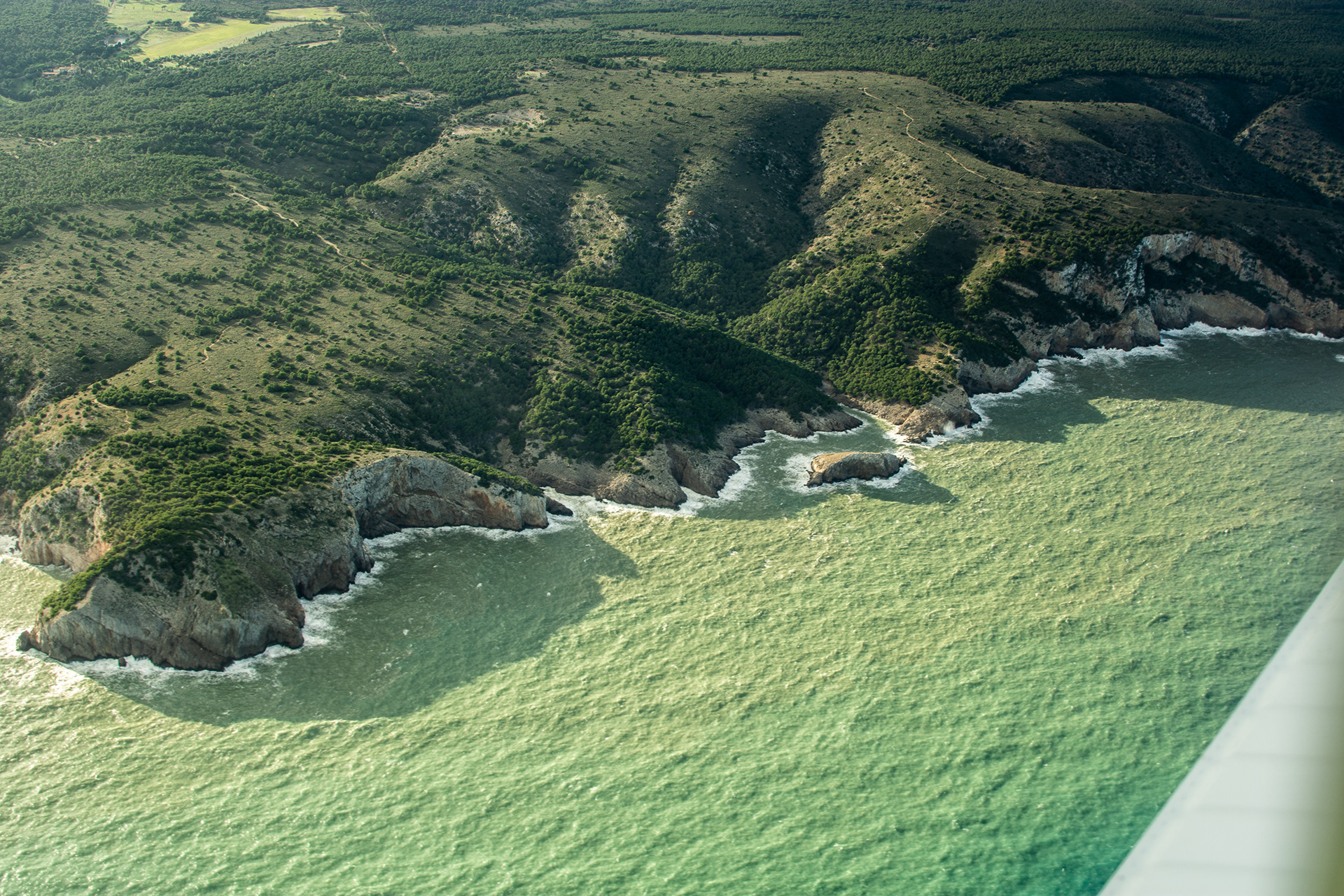
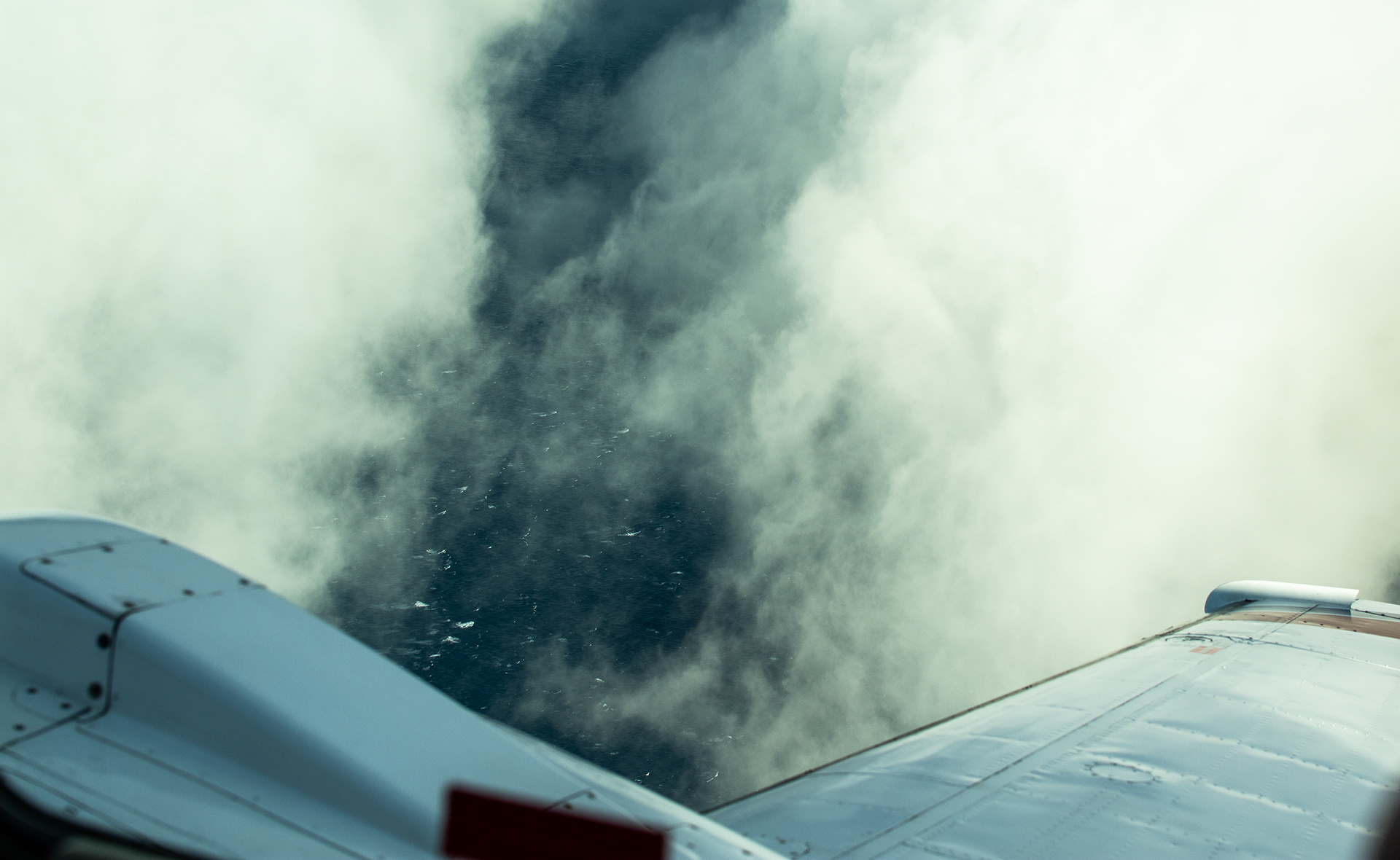
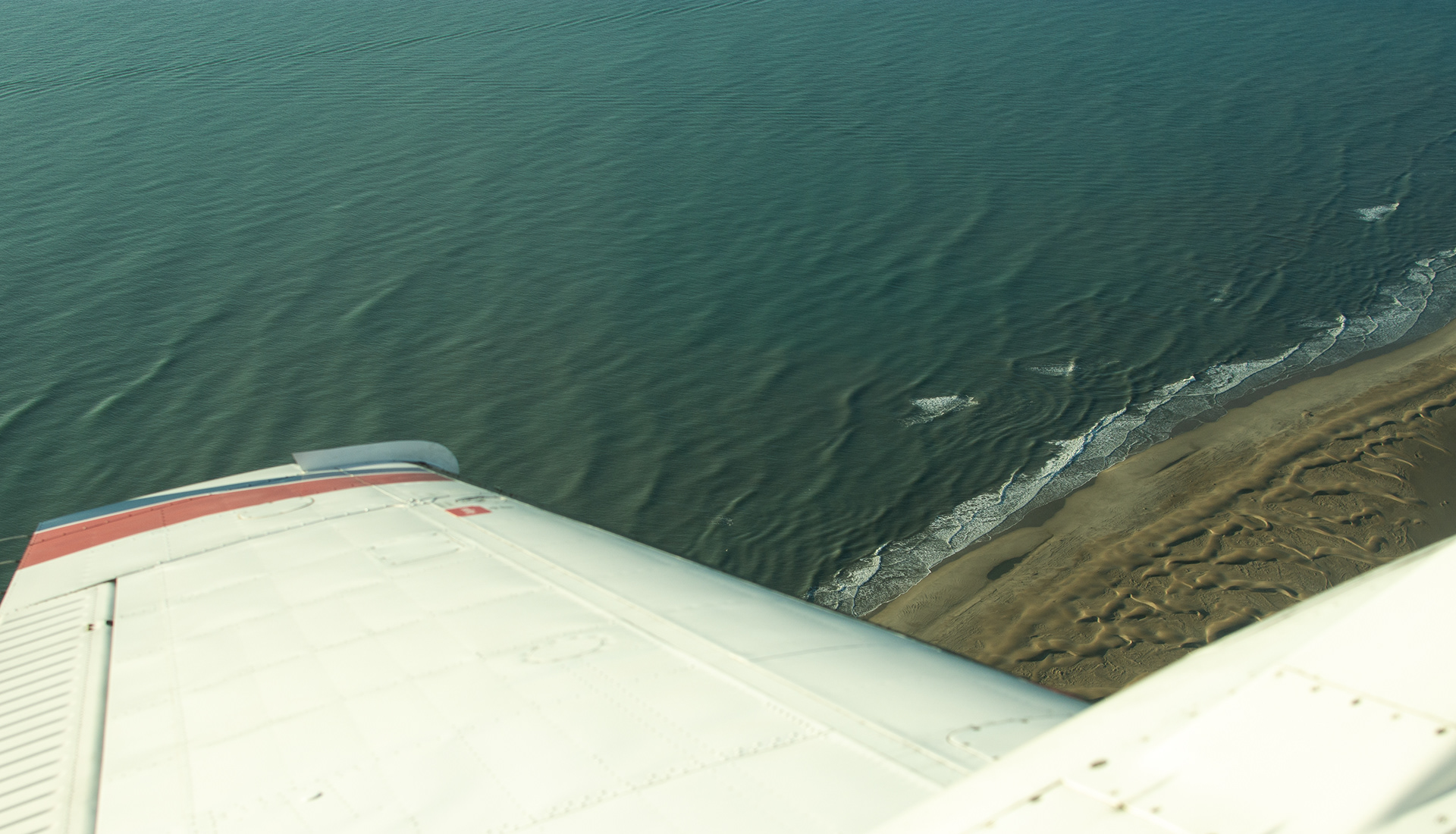
That's it. We all passed our IFR Multi-Engine rating and did an MCC in Toulouse at the main ENAC campus on a A320 simulator.
I would also like to thank all the instructors who shared their knowledge and experience with us. I won't stop saying it out loud, but this training is what it is thanks to you! So thank you Maria, Yann, Alex and of course Nicolas.
To finish this story, here is Valentin and myself posing next to the most incredible plane we both have flown so far. Since then Valentin has passed an Instructor rating and is about to start a type rating on 737, Léana is rocketing across Europe in a Piaggio with either organs, patients or VIPs, Maëlys is flying an ATR in France and as for myself I am flying an E-Jet with a blue crane painted on its rudder.
If you actually read all of the stories above, I thank you for your patience, now go outside and get some fresh air!

